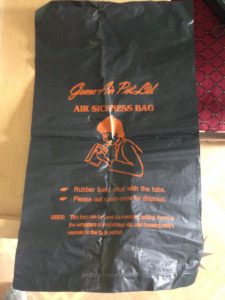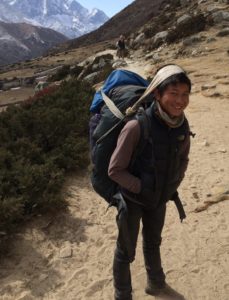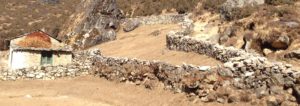Myanmar – Laos
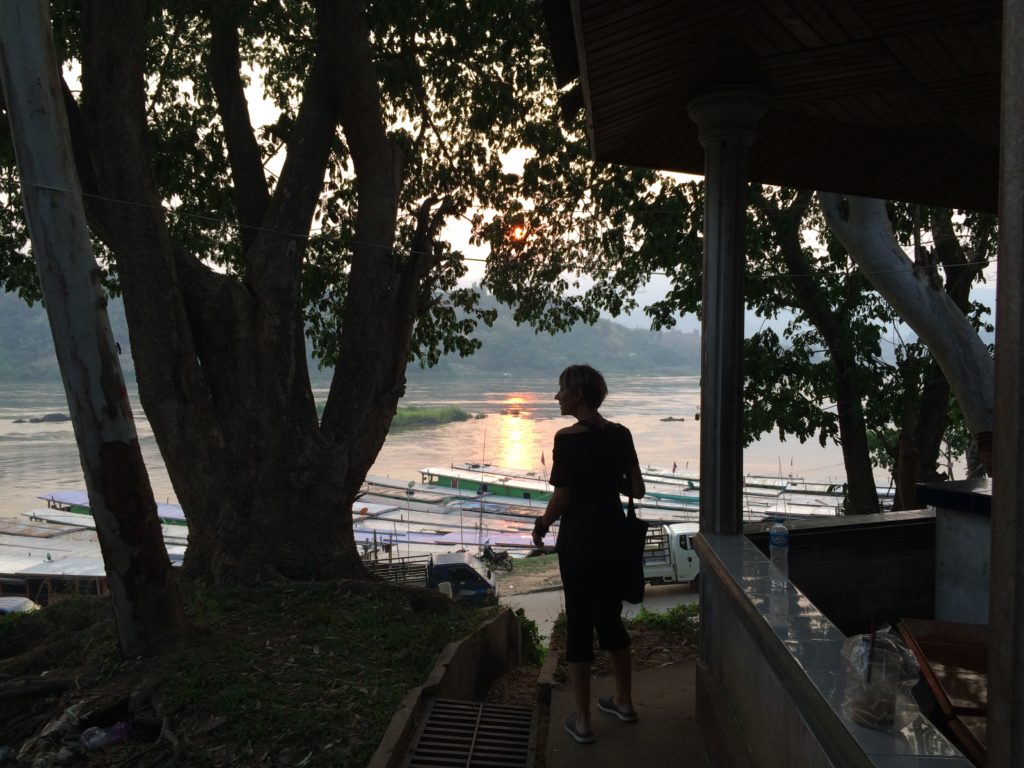
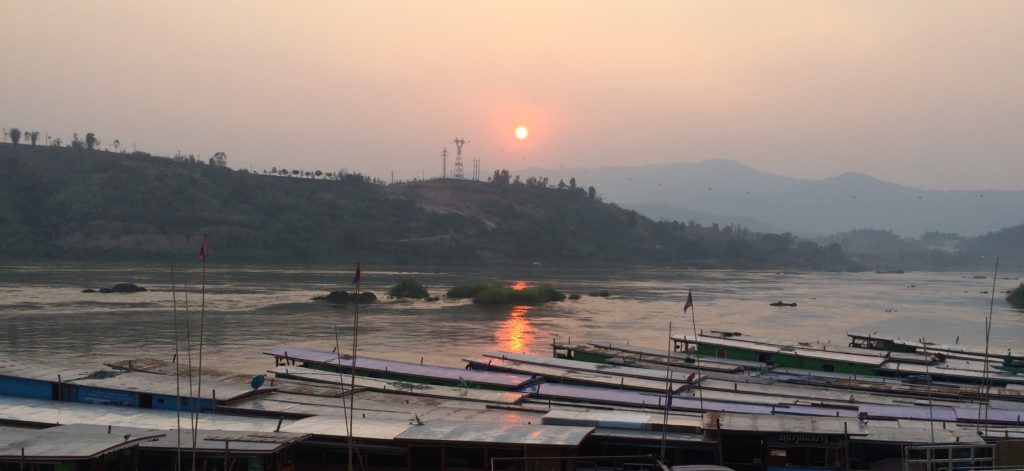
(Via Thailand)
Goodbyes said to Myanmar it was time for the lengthy overland journey to Laos via Northern Thailand. Our cheap night bus was posh on the outside but was once again without beds on the inside and Steve especially found this 28hr leg of our trip an uncomfortable one! Happily for him there was a mid way break where premiership football was playing on a big screen – Chelsea v Man United. Unhappily for him, Chelsea were losing which didn’t much help his mood!
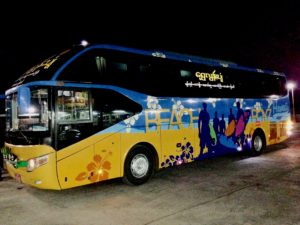
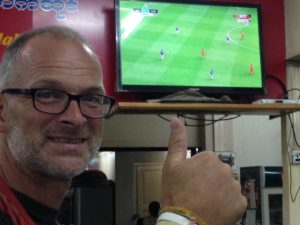
To make matters worse we were both fasting due to our recent illnesses and rationing our fluid intake because of the usual lack of toilet facilities on board. All in all our positive mental travelling attitudes were taking a bit of a battering but we hunkered down and did what we could to while away the hours when sleep eluded us. By the time we arrived in Myawaddy on the Thai border we were dehydrated and famished and very glad to get off that bus…
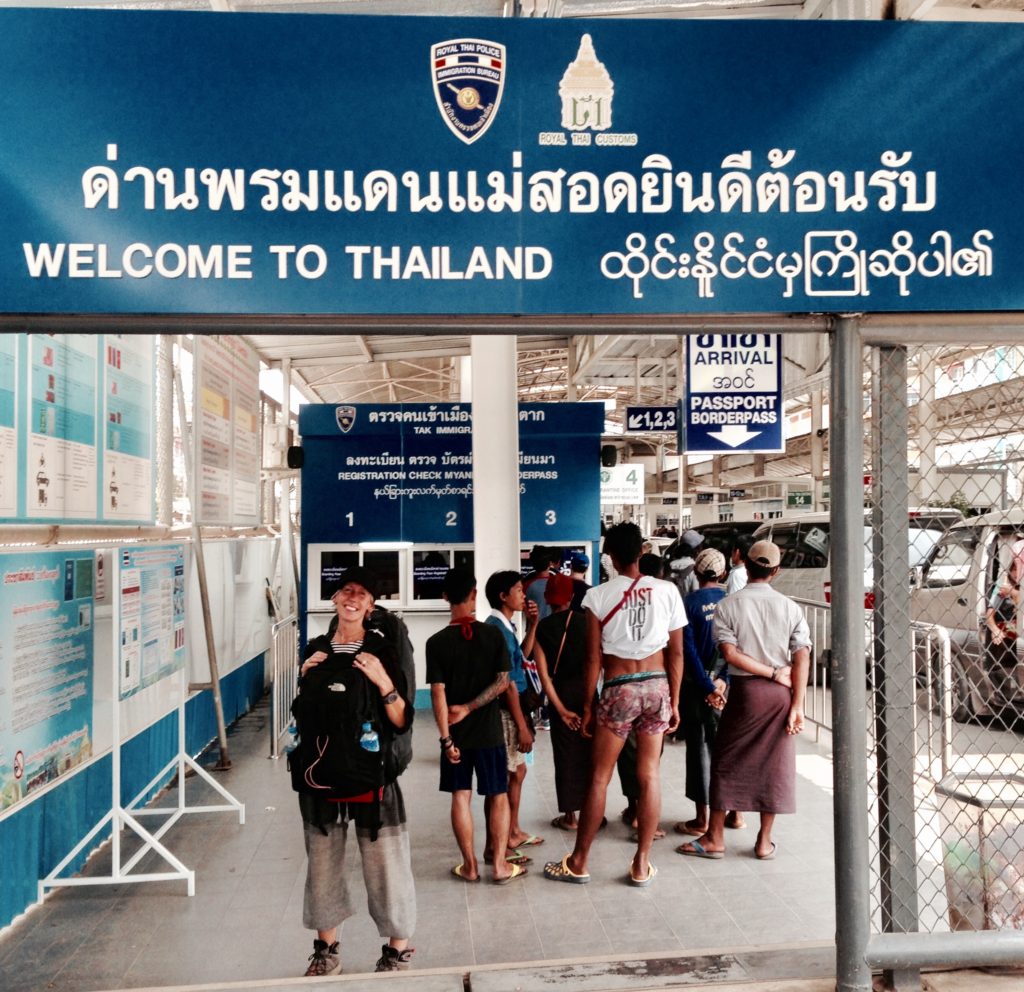
Having rehydrated we changed some currency and headed for the border crossing, it was time to enter Thailand. The formalities at the border were pain free and we were granted entry and issued our visas with very little fuss – everything seemed to be on our side so far this morning.
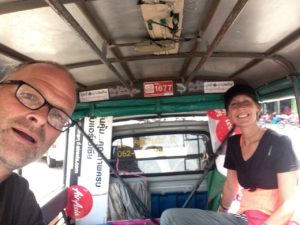 A short songthaew (the Thai equivalent of a tuk-tuk) ride got us into the border town of Mae Sot where we were staying for the night. We found a local cafe for what we hoped would be our first taste of Thai food. Disappointingly though, being so close to the border, it turned out more Burmese than Thai, but it filled a gap and energised us for the walk to our accommodation – which turned to to be farther from town than we’d anticipated. Laden with our bags and still recovering from our illnesses the trek in the heat of the midday sun seemed more like 30 miles than 3. I for one was relieved to assume a horizontal position on a comfy bed as soon as possible after checking in.
A short songthaew (the Thai equivalent of a tuk-tuk) ride got us into the border town of Mae Sot where we were staying for the night. We found a local cafe for what we hoped would be our first taste of Thai food. Disappointingly though, being so close to the border, it turned out more Burmese than Thai, but it filled a gap and energised us for the walk to our accommodation – which turned to to be farther from town than we’d anticipated. Laden with our bags and still recovering from our illnesses the trek in the heat of the midday sun seemed more like 30 miles than 3. I for one was relieved to assume a horizontal position on a comfy bed as soon as possible after checking in.
Blissfully we lay there whilst discussing our next plan of action. We had hoped to explore Pai and various other places in the area before moving further East. Frustratingly though, Steve was becoming ill again so a decision was made to settle in one place for a while and make a concerted effort to get him fully recovered once and for all. We’d been moving continuously since leaving Nepal so it was about time to take a breather and relax for a little while. The idea of a short break from ‘what transport to catch when’ and ‘how to get where’ was at this point appealing. We decided on Chiang Mai for our bolthole and with this in mind Steve set about planning our journey there for the following day. With the help of his favourite website ‘The man in seat 61‘ he very soon had our route, mode of transport and timetable mapped out – what to do then for the rest of the day? Of course let’s walk back into Mae Sot! We’re not great at sitting still and like to explore our surroundings whenever possible. Our stroll back without the heat of the midday sun and minus our heavy bags was easy. We wandered around the ordinary town for a while before finding a great little cafe and treating ourselves to juice and pasta. This generic food choice was unusual for us, but with our efforts to become well we’d decided to avoid spicy local food, opting instead for alternatives that would be easier on our stomachs. We found this surprisingly hard, but needs must and hopefully it would only be necessary for a short while.

Juice – no ice…
Both the food and drinks though were delicious. We hadn’t eaten pasta for weeks so it was a much welcomed treat that we both relished, the healthy looking juices hit the spot too. We filled our bellies, played crib, our travelling card game of choice, and soaked up the local atmosphere. It was a lovely evening.
The following day it was time to put Steve’s travel plans into action. We had a free mini van transfer to get to the bus station where we caught another minibus which took us to another bus staton. This station turned out to be the wrong one and so a quick zip across town in a songthaew was needed to get us to the right one. Unbelievably our bus was just about to leave so it was out of the taxi and straight onboard, better still we were given two front seats with loads of leg room – Steve was a very happy man.
As with many of our journeys we were the only westerners on board and so once again were the centre of attention amongst our local travelling companions. Their obvious curiosity at our presence suggested this public bus route wasn’t regularly used by tourists and we could see why. It had proved a faff. For us though this is all part of the attraction of using public services rather than the often easier, but more expensive tourist transport options. A few hours later found us at the train station – once again the wrong one! We ummed and ahhed about where we needed to be and whether or not to walk, eventually opting to take a lift. It was the best decision of our day. As we arrived at the spotless station to buy tickets we were told that the train we needed was just about to leave. We were escorted, by a very smart and very smiley elderly station master, to our train which 5 minutes later departed – we were on our way. The train was cheap, it was air conditioned, the seats were comfortable and we were served hot food and drink. Our day just got even better.
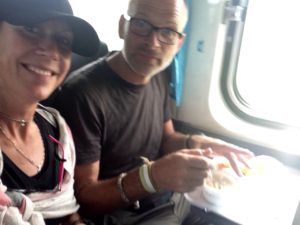
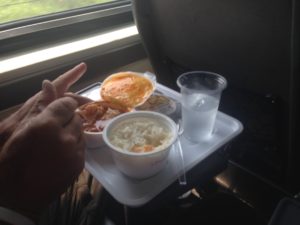
Unexpected food included with our very cheap tickets!
The journey went quickly and we soon found ourselves in Chiang Mai. We’d left booking a hostel here until the last minute, luckily The Lonely Planet came up trumps – Gaps House was chosen. You can’t book or reserve rooms here, it’s a “turn up and hope for the best” hostel, but as it wasn’t high season we were optimistic there would be a free room and happily for us there was. What an amazing place it was too. Set amongst its own little jungle just inside the old city moat boundary and only a couple of minutes stroll from the famous Sunday night Walking Market, it was a cracker.



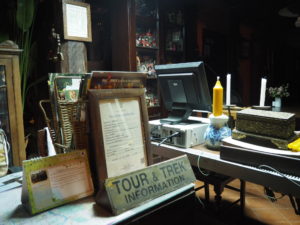
We explored the night markets, we passed the time in the cool cafes, we enjoyed, or should we say endured, a Thai massage, we visited the city aquarium, we went to see Thai boxing – a fascinating and brutal sport combining traditional music, agility and hefty dose of bravery and we worked at getting our ourselves better.
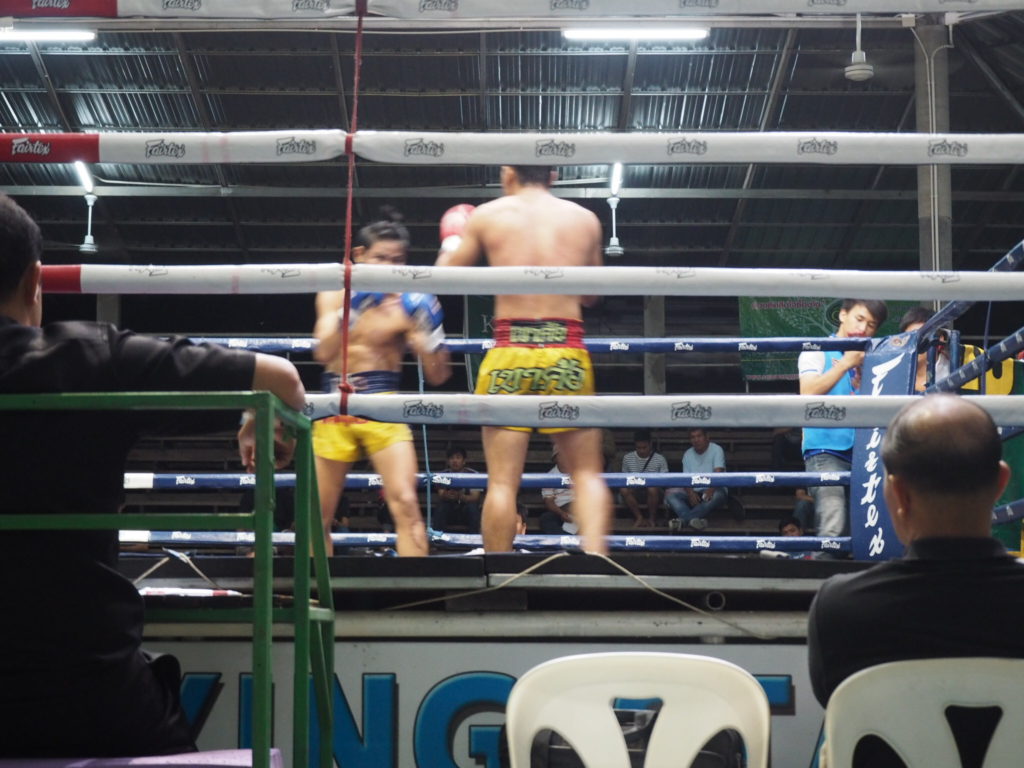
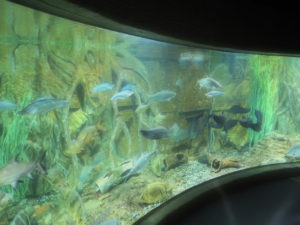
Steve was again unwell, and although much better I still hadn’t fully recovered from my brief bout of illness in Myanmar – it was time for some more research. We read that antibiotics, of which Steve had now been on three courses, can in themselves cause stomach problems by killing the good bugs in the gut. In order to become properly well, we read, it’s important to get intestinal flora back on track – Yakult, or the Thai equivalent it was then. We found various other suggestions and tips for good gut health which we implemented, replacing the antibiotics for a while to see how it went. It went brilliantly! We were strict with our diets, which meant no street food, however tempting it was, nothing too spicy and no alcohol! (not that we were drinking that much anyway). Steve, with his fondness of spicy local food washed down with a Chang beer, disliked our new strict regime, but he soon learnt to tolerate it, especially when he started feeling properly well for the first time in as long as he could remember. He started to put weight back on and regained colour in his cheeks, finally and thankfully his health seemed to be heading in the right direction.
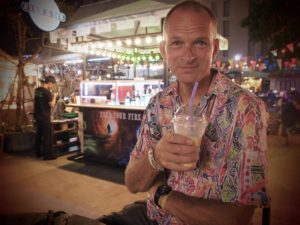
Chiang Mai is a wonderfully colourful city with a cool vibe. You can party or chill here, socialise with the diverse characters that wander its streets or soak up the culture in solitude, you can take cooking lessons, have a massage, watch Thai boxing, browse the gloriously colourful local day and night street markets or shop at the westernised malls with their branded merchandise. We very much enjoyed our 10 days recuperating in the city and were sad to bid it farewell when the time came.
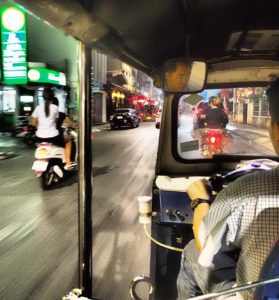
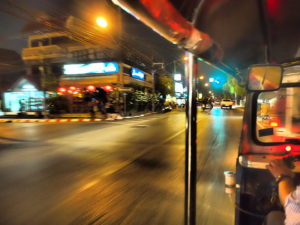
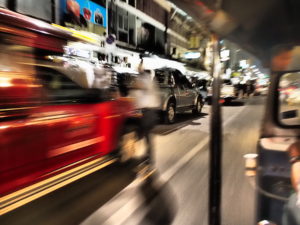
It was an easyish bus ride to the border, so we thought! Our hostel manager, not the most helpful in the world, assured us that buses ran regularly to our destination of Chang Rai and that even with the New Year festivities looming there would be plenty of seats available. Against our better judgment we took his advice and didn’t book tickets in advance – BIG MISTAKE!
As we stood at the depot with one person after another turning up with their pre-booked tickets we were kicking ourselves for not going with our instincts. The earliest bus with space available was later that night and meant almost certainty of missing our connection. We needed to weigh up our options – sit it out and potentially miss our boat or find an alternative – what to do? We’ve found that giving ourselves space works wonders for finding solutions, so that’s what we did and sure enough within a few minutes we were a group of four with the same problem. The men on the taxi rank took notice and we were soon approached with a “you need taxi?” We were a long way from our destination and we could see our limited budgets being blown out of the water, but sometimes needs must. The first offer of help and its accompanying price tag was immediately rejected. But work seemed slow on the taxi rank and before we knew it we were being offered a good enough deal to be taxied to where we needed to be. The final price was somewhat more expensive than the bus, but one on which we all agreed – we were good to go. During the trip we were shuffled from one mode of transport to another in a kind of relay affair which wonderfully got us to our destination with bags of time to spare.
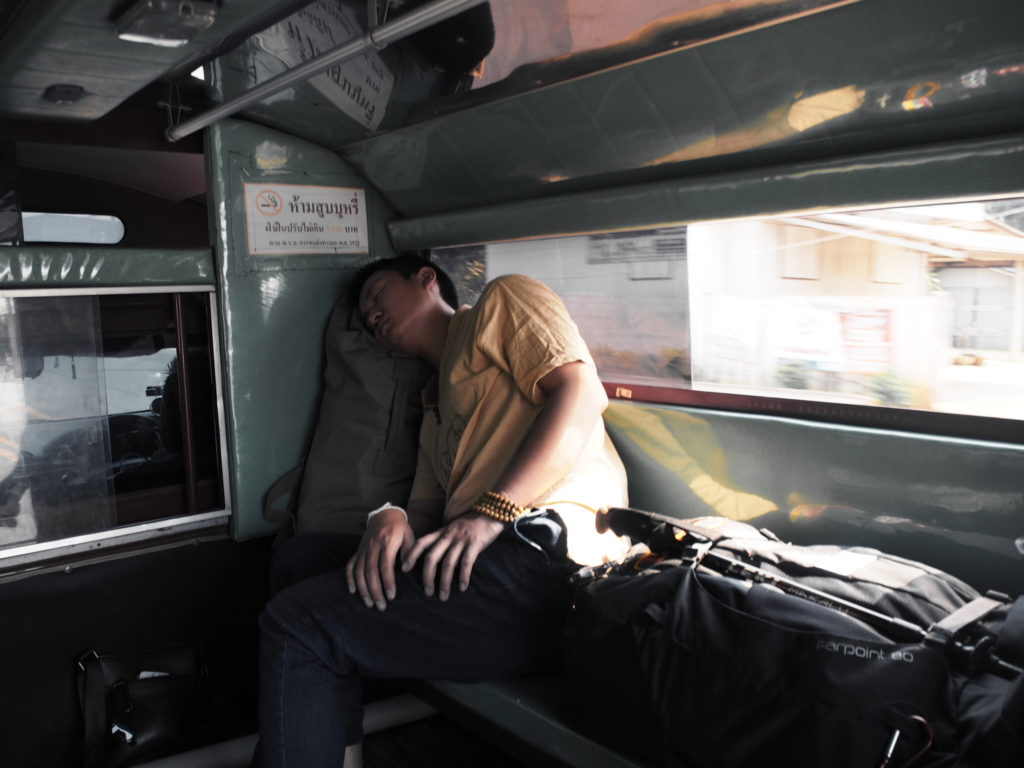
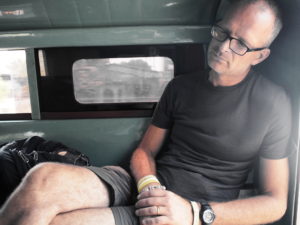
Nap Time!
It was then a songtheau followed by shuttle bus to cross the border and into our next country – crossing a border is always a buzz, but we were especially excited to be entering Laos. Formalities completed we shared a lift with a couple of young travellers on the back of a truck to the small town that would be home for the night. This trip was to be our first experience of the infamous water festival we’d heard so much about. As we passed small villages, pockets of people either with hoses, water pistols or buckets hurled water at us from all angles with great accuracy – we were drenched!
We hadn’t booked any accommodation, but it wasn’t difficult finding something and we checked into the first place we stumbled across. We picked up our boat tickets, draw out local currency and bought a local Sim* before settling down for the night. Tomorrow we would be catching a slow boat to Luang Prabang – We were excited.
HELLO LAOS!
* We use local SIMs for wifi hotspots. Extensive phone coverage in most countries enabled good, cheap, readily available internet access – especially handy for long journeys on buses and trains.

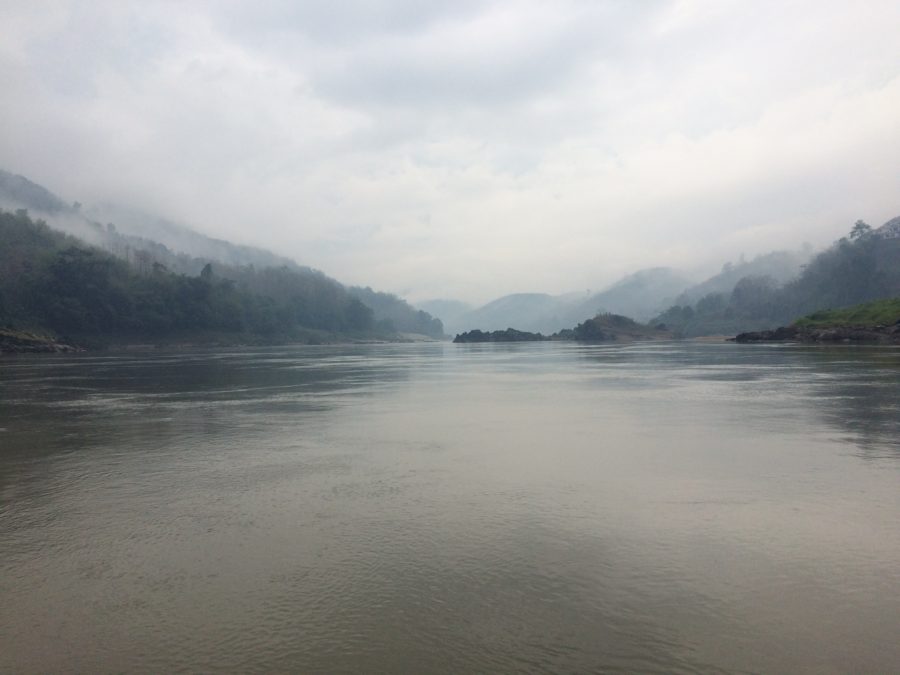

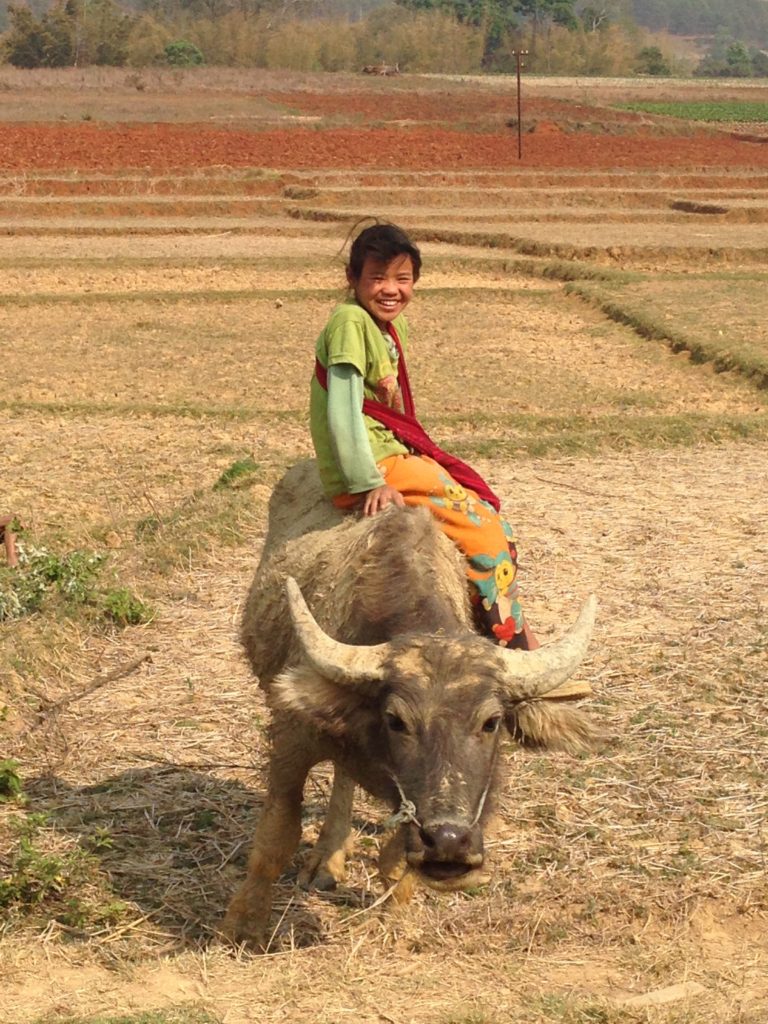 The night bus from Hsipaw arrived in
The night bus from Hsipaw arrived in 
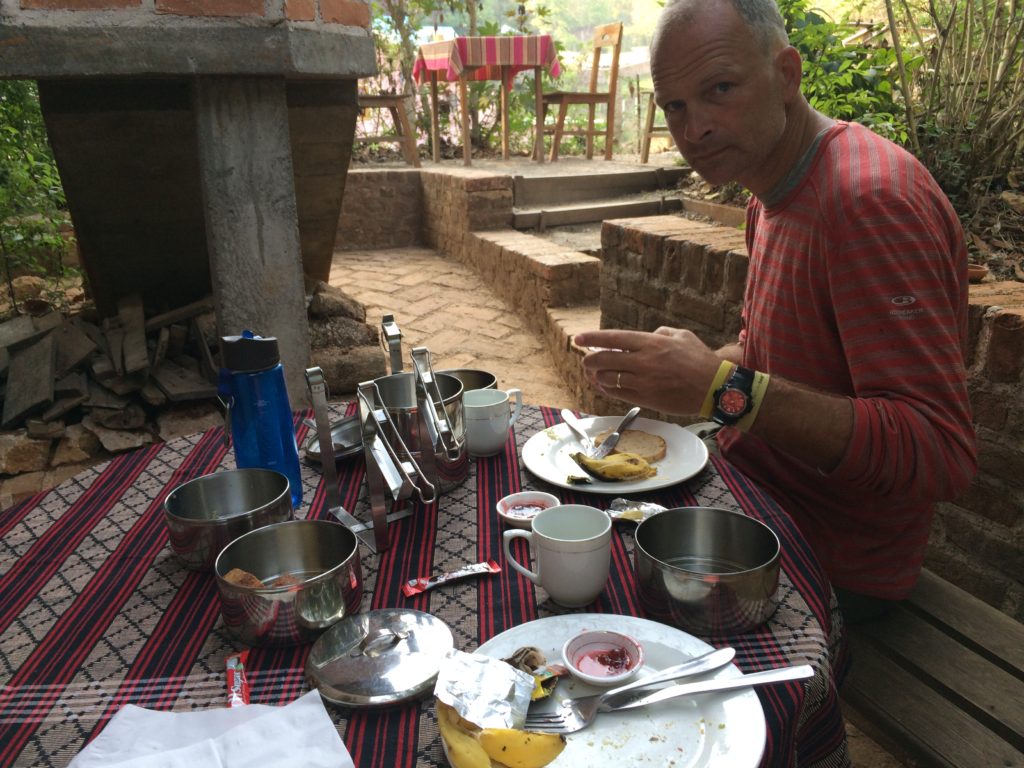
 We like sleeper buses for a couple of reasons. They save the expense of a night’s accommodation and arriving early in the morning, hopefully refreshed after some sleep, means there’s much of the day left to explore new surroundings. Luckily we’d both got some shut eye during the night and so with plenty of time on our hands we headed out on foot to a large cave a few miles away. The day was hot, but fortunately our path threaded through
We like sleeper buses for a couple of reasons. They save the expense of a night’s accommodation and arriving early in the morning, hopefully refreshed after some sleep, means there’s much of the day left to explore new surroundings. Luckily we’d both got some shut eye during the night and so with plenty of time on our hands we headed out on foot to a large cave a few miles away. The day was hot, but fortunately our path threaded through 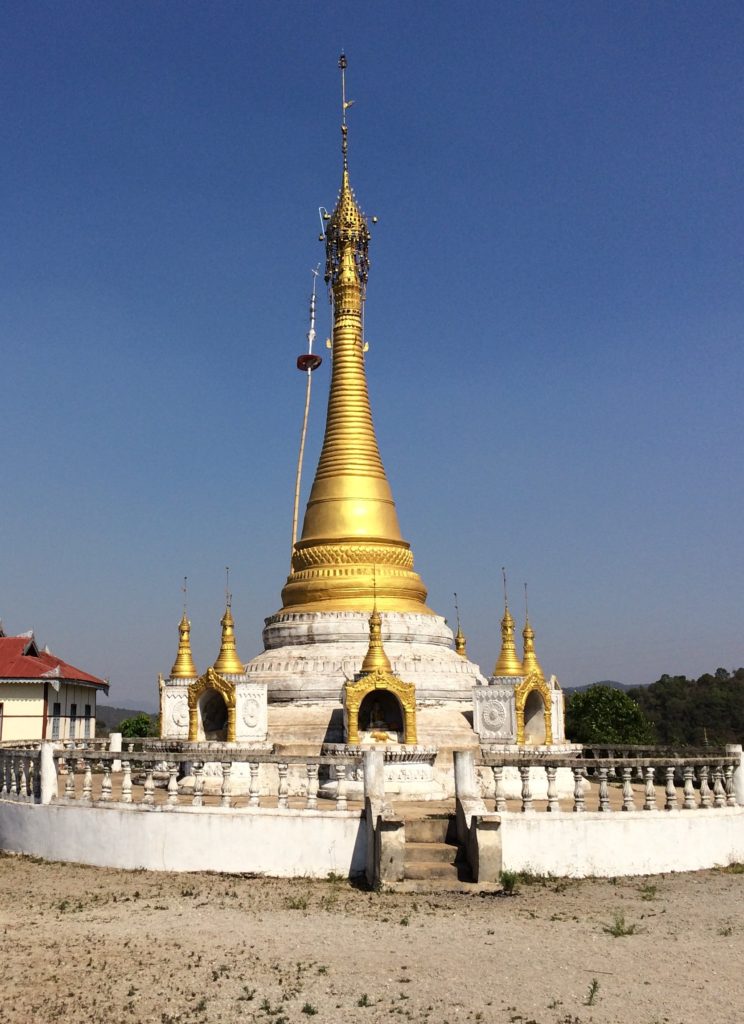
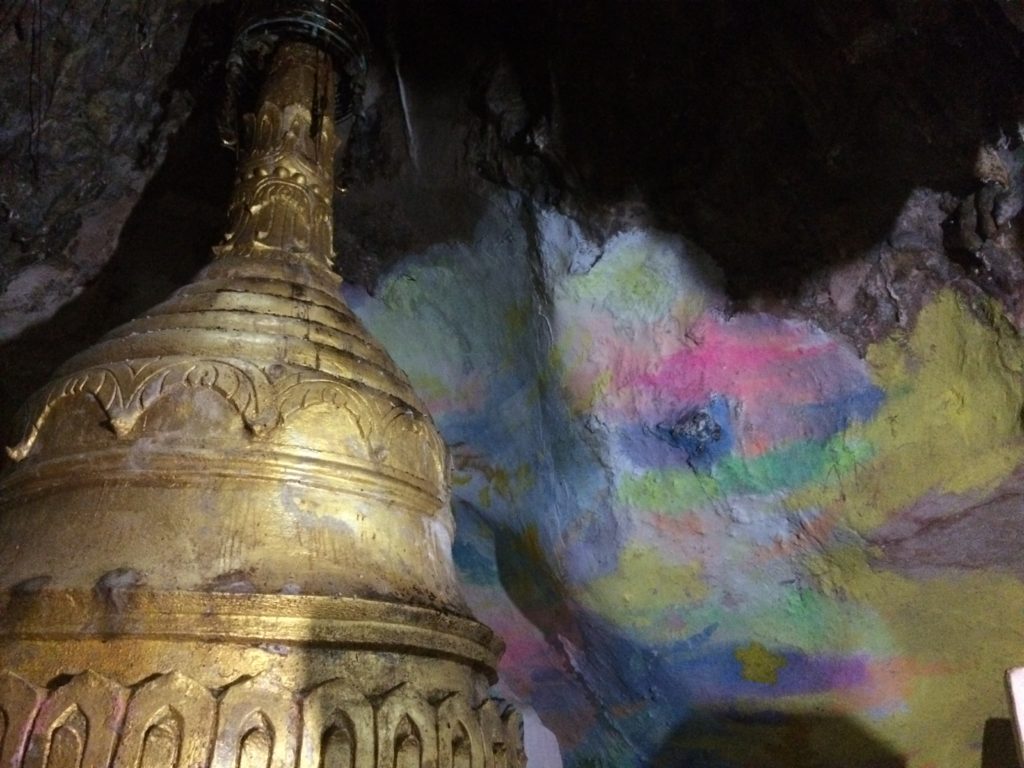
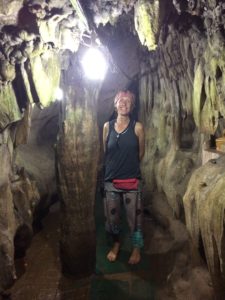 Unusually for us we opted not to walk the return trip and so, with the help of an affable cafe owner, we hitched a lift on the back of a flat bed truck. It was a fun, if somewhat unconventional way to see the surrounding countryside. On the way we passed trucks transporting somewhat larger cargo…
Unusually for us we opted not to walk the return trip and so, with the help of an affable cafe owner, we hitched a lift on the back of a flat bed truck. It was a fun, if somewhat unconventional way to see the surrounding countryside. On the way we passed trucks transporting somewhat larger cargo…
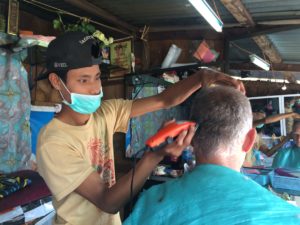
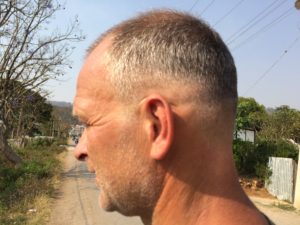
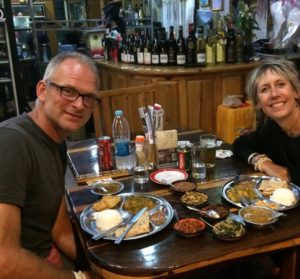

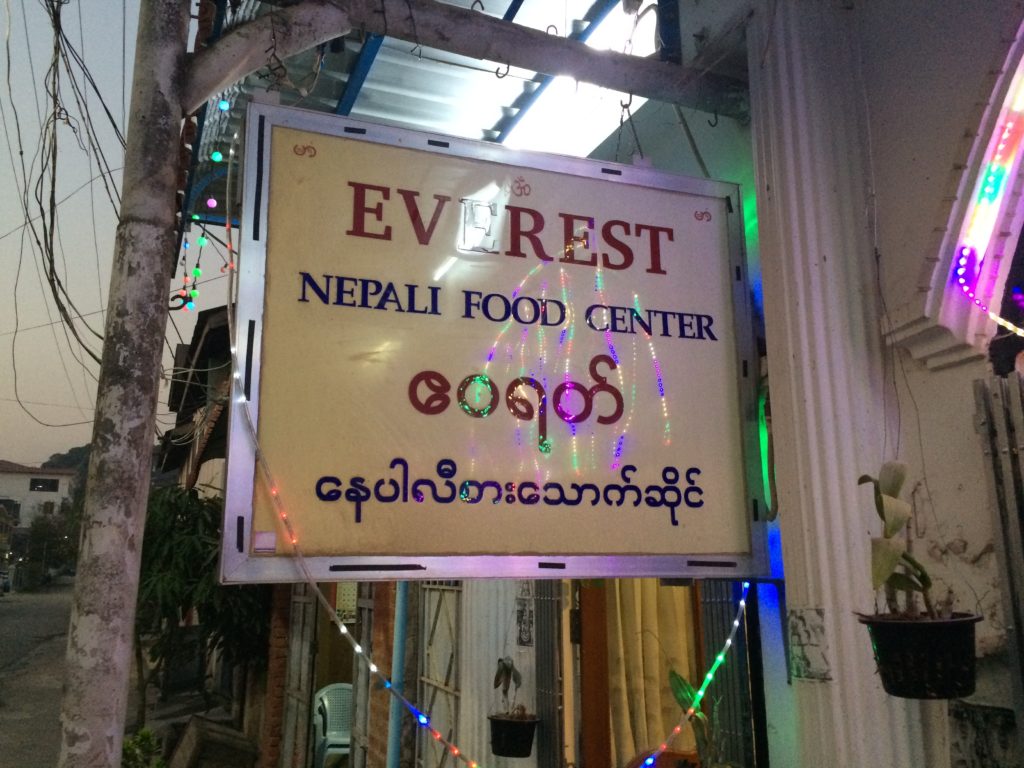
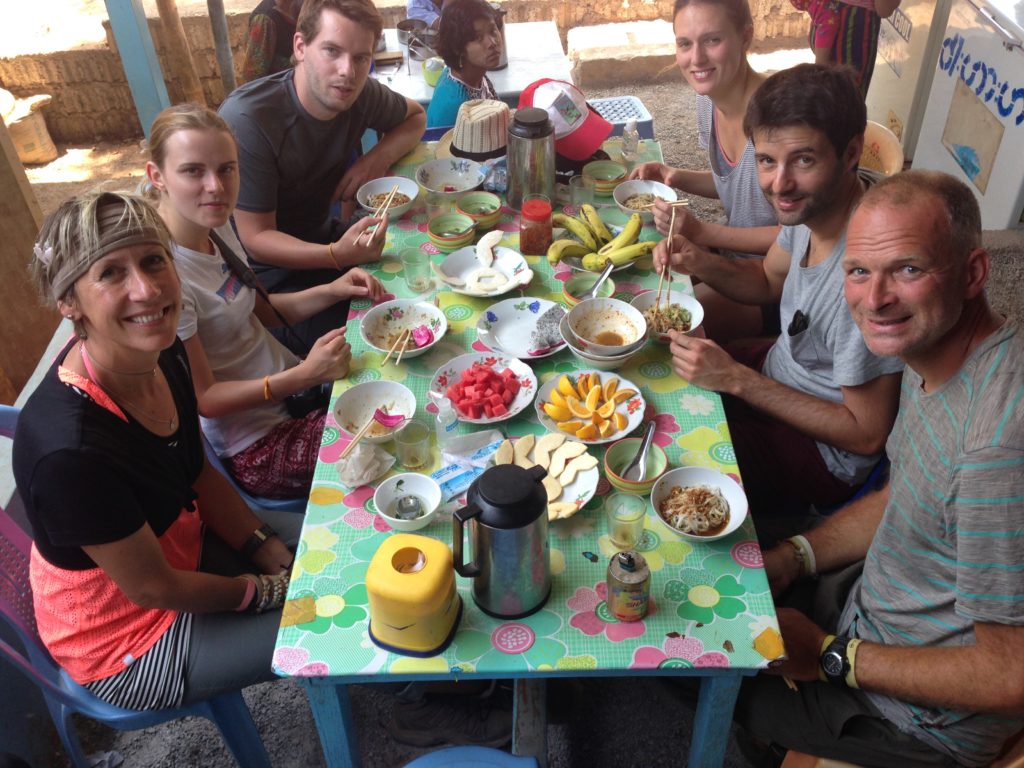 The next day was trek day and we were itching to get started. We’d opted for a small group trip and so were a party of only 6. We instantly warmed to our companions, Franck and Marion, Marek and Kate and we all chatted the miles away. The countryside was beautiful and diverse and our guide Sona (an ethnic Nepali) kept us amused with interesting facts as we went, one of which was the Myanmar love of
The next day was trek day and we were itching to get started. We’d opted for a small group trip and so were a party of only 6. We instantly warmed to our companions, Franck and Marion, Marek and Kate and we all chatted the miles away. The countryside was beautiful and diverse and our guide Sona (an ethnic Nepali) kept us amused with interesting facts as we went, one of which was the Myanmar love of  amounts of red saliva produced are spat out – everywhere! Apparently it gives you a buzz, is very addictive and people of any age can do it. Sona said that in the past he’d smoked, drank and chewed betel and of the three betel was the hardest to give up. Sadly judging by the amount of youngsters we saw chewing it, it’s not a national addiction about to end anytime soon. Sona added that he likes his bus drivers to have red teeth because he believes they’re more likely to stay awake – we made a point of checking our drivers more carefully from then on! Guides are strongly recommended for this trek and although Steve and I generally shy away from guided walking there are times when it is necessary. On these occasions we relish the extra snippets of local knowledge we glean, try to learn some native language and feel good about giving employment to people from local communities, especially out of high season (as it now was) when work is harder to come by.
amounts of red saliva produced are spat out – everywhere! Apparently it gives you a buzz, is very addictive and people of any age can do it. Sona said that in the past he’d smoked, drank and chewed betel and of the three betel was the hardest to give up. Sadly judging by the amount of youngsters we saw chewing it, it’s not a national addiction about to end anytime soon. Sona added that he likes his bus drivers to have red teeth because he believes they’re more likely to stay awake – we made a point of checking our drivers more carefully from then on! Guides are strongly recommended for this trek and although Steve and I generally shy away from guided walking there are times when it is necessary. On these occasions we relish the extra snippets of local knowledge we glean, try to learn some native language and feel good about giving employment to people from local communities, especially out of high season (as it now was) when work is harder to come by. The first day’s trek was long, but not difficult. The heat of the sun was by far the biggest obstacle to overcome. We walked through rural villages and beautiful countryside. We were invited to drink local tea by people who won all our hearts with their warmth and generosity and were high fived enthusiastically by curious youngsters with beaming smiles on their faces.
The first day’s trek was long, but not difficult. The heat of the sun was by far the biggest obstacle to overcome. We walked through rural villages and beautiful countryside. We were invited to drink local tea by people who won all our hearts with their warmth and generosity and were high fived enthusiastically by curious youngsters with beaming smiles on their faces. tourists before. We felt incredibly privileged and humbled to be spending time with these people in their remote communities, to be a part of their so far untainted lives. For Steve and I though our joy was with mixed emotion – we were relishing this unique experience, whilst knowing that us and travellers like us who seek ‘off the beaten track’ adventures change the very things we want to experience simply by doing them. For us it raised some interesting questions and moral dilemmas. But here we were anyway, enjoying the hospitality of these amazingly friendly people.
tourists before. We felt incredibly privileged and humbled to be spending time with these people in their remote communities, to be a part of their so far untainted lives. For Steve and I though our joy was with mixed emotion – we were relishing this unique experience, whilst knowing that us and travellers like us who seek ‘off the beaten track’ adventures change the very things we want to experience simply by doing them. For us it raised some interesting questions and moral dilemmas. But here we were anyway, enjoying the hospitality of these amazingly friendly people. 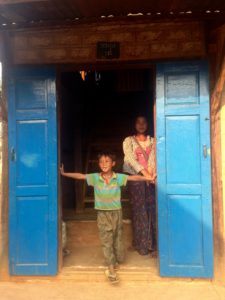 We drank copious amounts of tea, played with the children and chatted (via our guide) with our hosts. Their favourite question was how old are you? Their favourite game was guessing who was with who in the group – both proved very entertaining and they clearly enjoyed our company as much as we enjoyed theirs.
We drank copious amounts of tea, played with the children and chatted (via our guide) with our hosts. Their favourite question was how old are you? Their favourite game was guessing who was with who in the group – both proved very entertaining and they clearly enjoyed our company as much as we enjoyed theirs.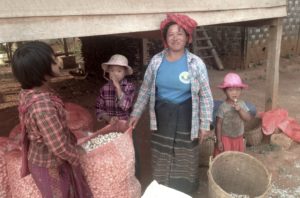 farmer and headed off down the dirt track. It was apparent as we became the centre of attention that this really was a first, that a farmers cart loaded with foreigners had never passed through this community before. Villagers were jostling for the best vantage points to see this obviously weird spectacle. It turned out to be a long and bumpy ride for which the farmer wouldn’t take a single penny. He did it simply because we’d asked him if it was possible and to make us happy. As he turned and left to go home we couldn’t help but think it was a light bulb moment for him and the community who had witnessed it – a new and easy way to access the tourist dollar…
farmer and headed off down the dirt track. It was apparent as we became the centre of attention that this really was a first, that a farmers cart loaded with foreigners had never passed through this community before. Villagers were jostling for the best vantage points to see this obviously weird spectacle. It turned out to be a long and bumpy ride for which the farmer wouldn’t take a single penny. He did it simply because we’d asked him if it was possible and to make us happy. As he turned and left to go home we couldn’t help but think it was a light bulb moment for him and the community who had witnessed it – a new and easy way to access the tourist dollar…
 That night at our very basic homestay we enjoyed some glorious local food and settled into our little mosquito net tents set up inside a villager’s home. We all slept soundly – it had been a very special day.
That night at our very basic homestay we enjoyed some glorious local food and settled into our little mosquito net tents set up inside a villager’s home. We all slept soundly – it had been a very special day.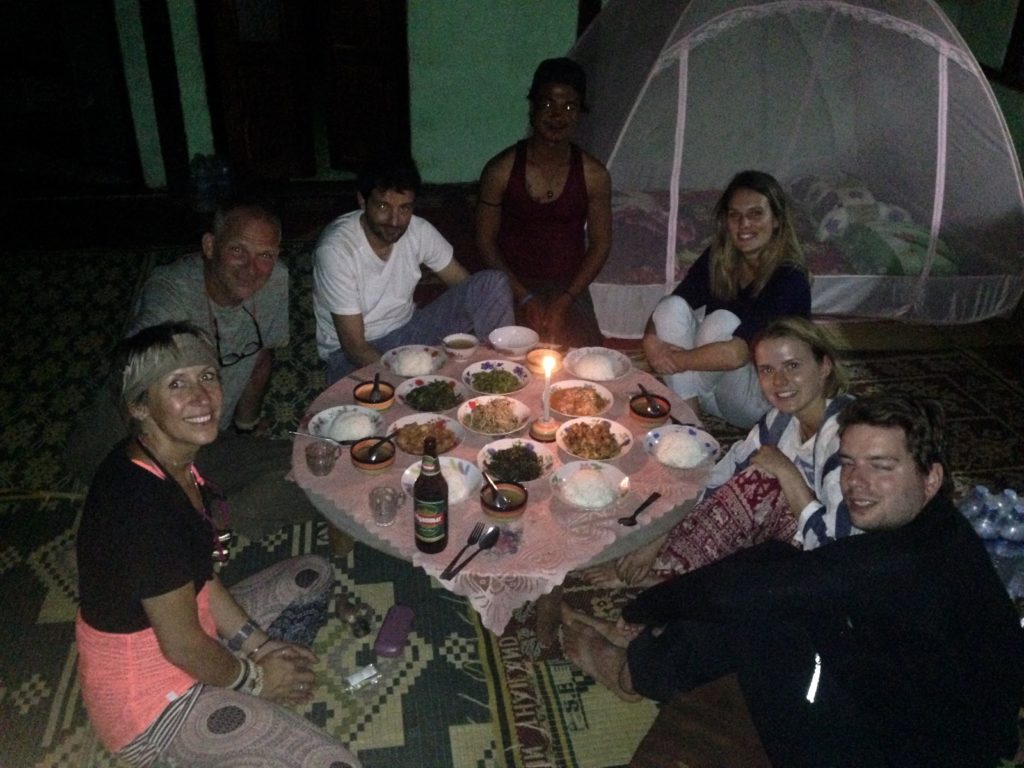
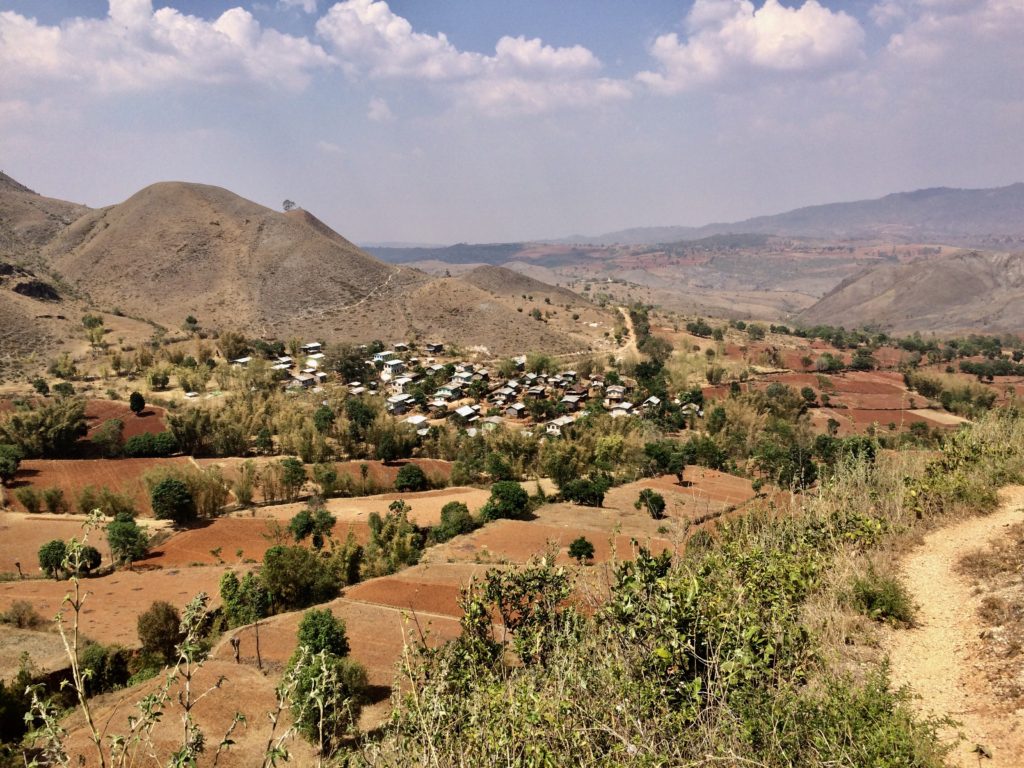
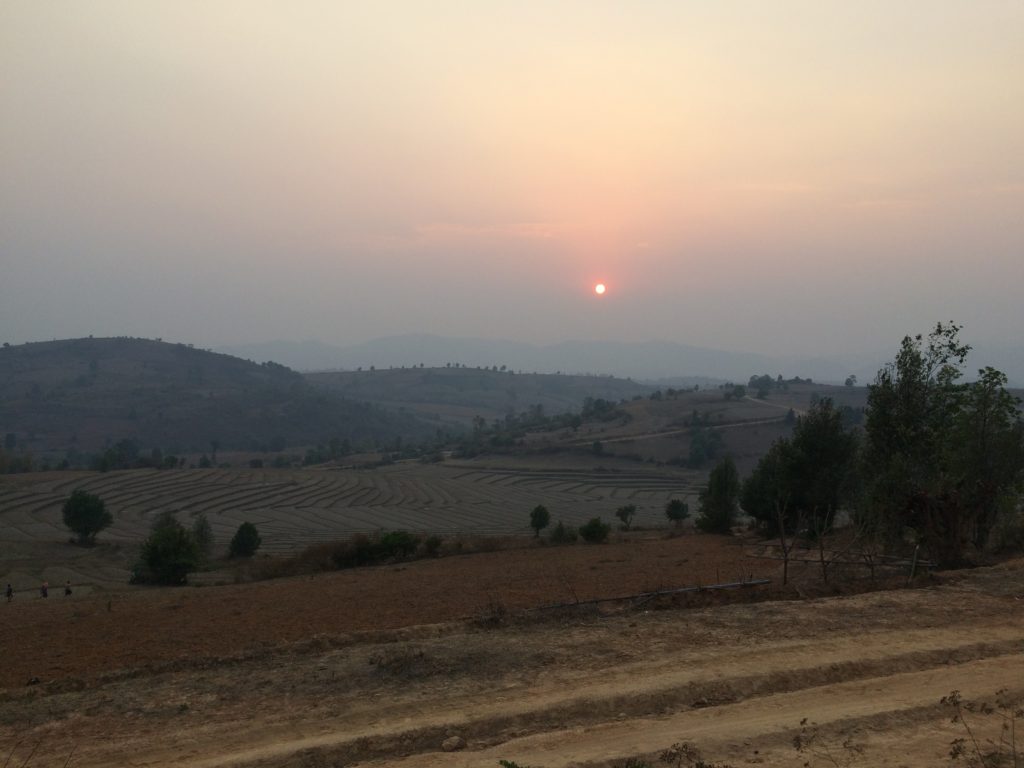
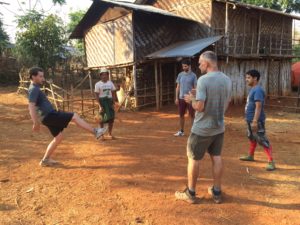
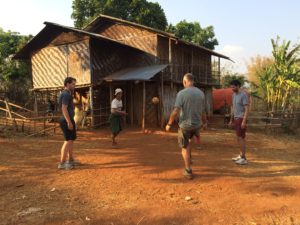
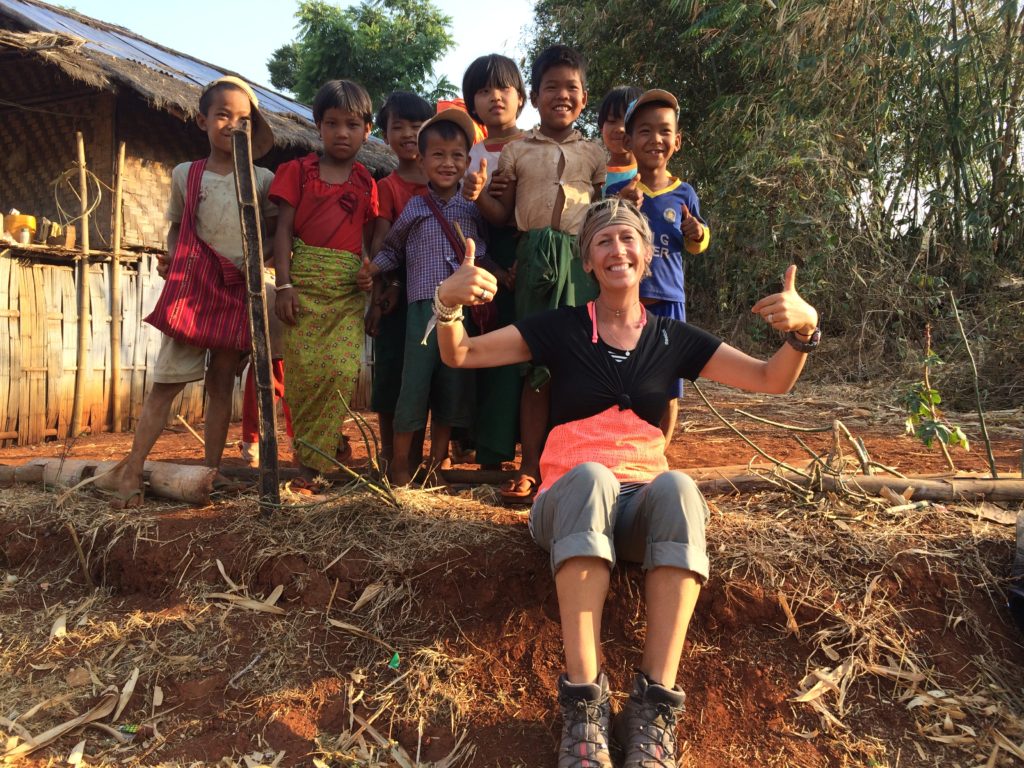 This homestay was as we expected basic. It was little more than a garage with an upper floor of two sleeping areas accessed by a bamboo ladder. It had only one crude toilet some distance from the house to be shared by the six of us and our hosts. None of this would usually be a problem, but throw in a bunch of extremely poorly people and it very soon became a big problem – it was not a happy place.
This homestay was as we expected basic. It was little more than a garage with an upper floor of two sleeping areas accessed by a bamboo ladder. It had only one crude toilet some distance from the house to be shared by the six of us and our hosts. None of this would usually be a problem, but throw in a bunch of extremely poorly people and it very soon became a big problem – it was not a happy place.

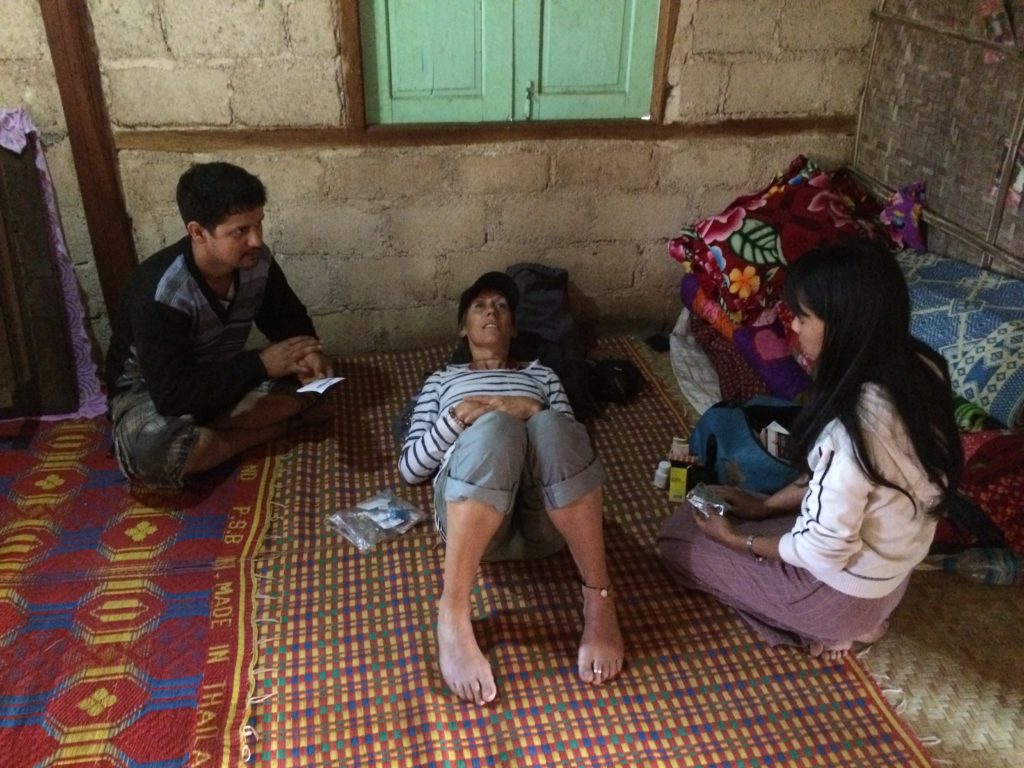
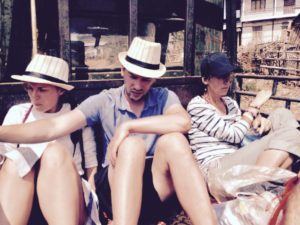
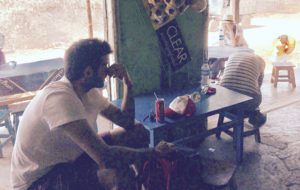


 Once well enough we booked a boat trip to Inle Lake, one of the must sees in Myanmar. The lake is a huge 13.5 mile long, 7 mile wide expanse of shallow clear water no more than 12 feet deep at its deepest point. It’s fringed by marshes and floating gardens, where stilt-house villages and Buddhist temples rise from the water. The
Once well enough we booked a boat trip to Inle Lake, one of the must sees in Myanmar. The lake is a huge 13.5 mile long, 7 mile wide expanse of shallow clear water no more than 12 feet deep at its deepest point. It’s fringed by marshes and floating gardens, where stilt-house villages and Buddhist temples rise from the water. The 


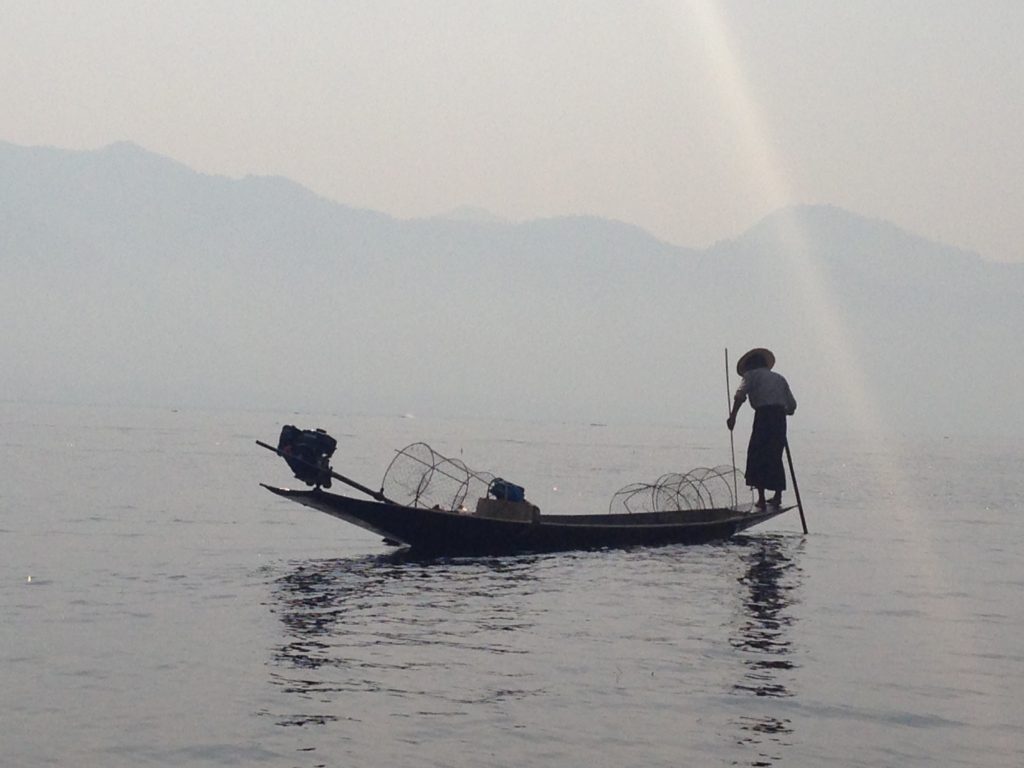
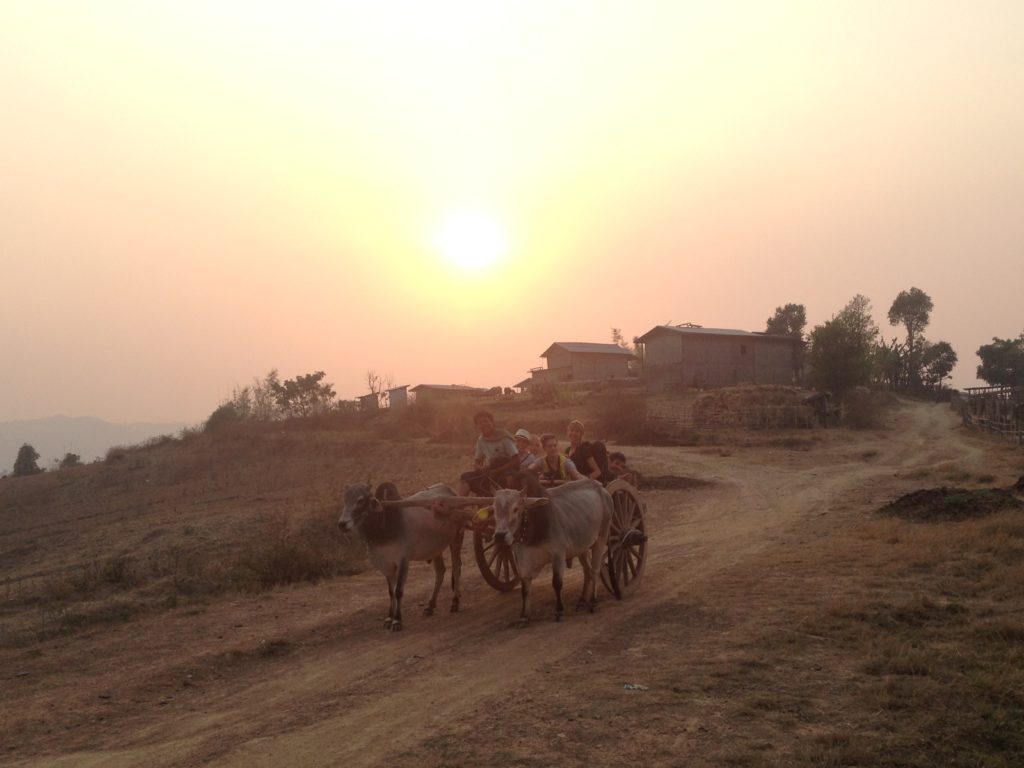
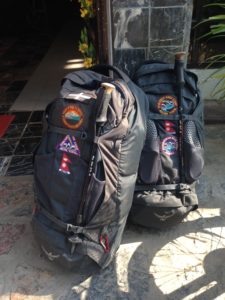

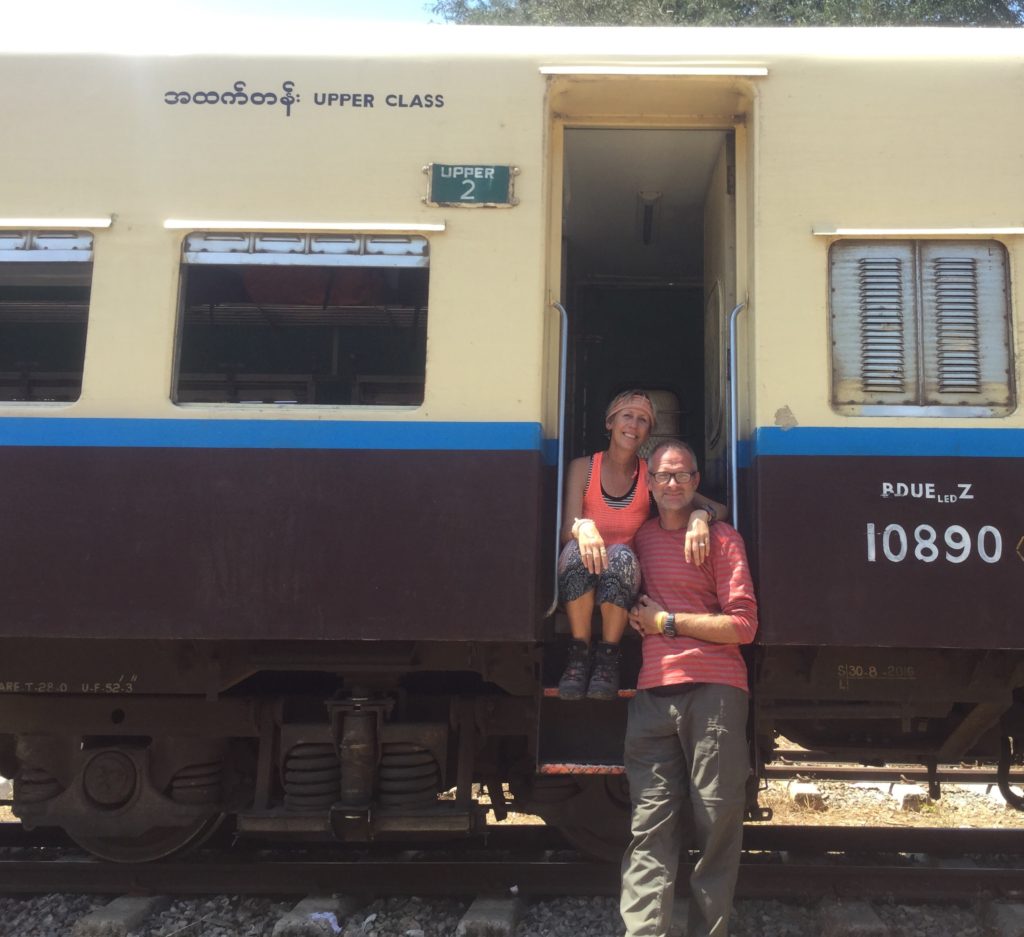

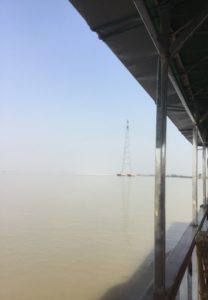

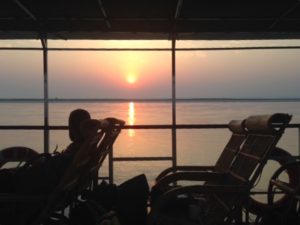




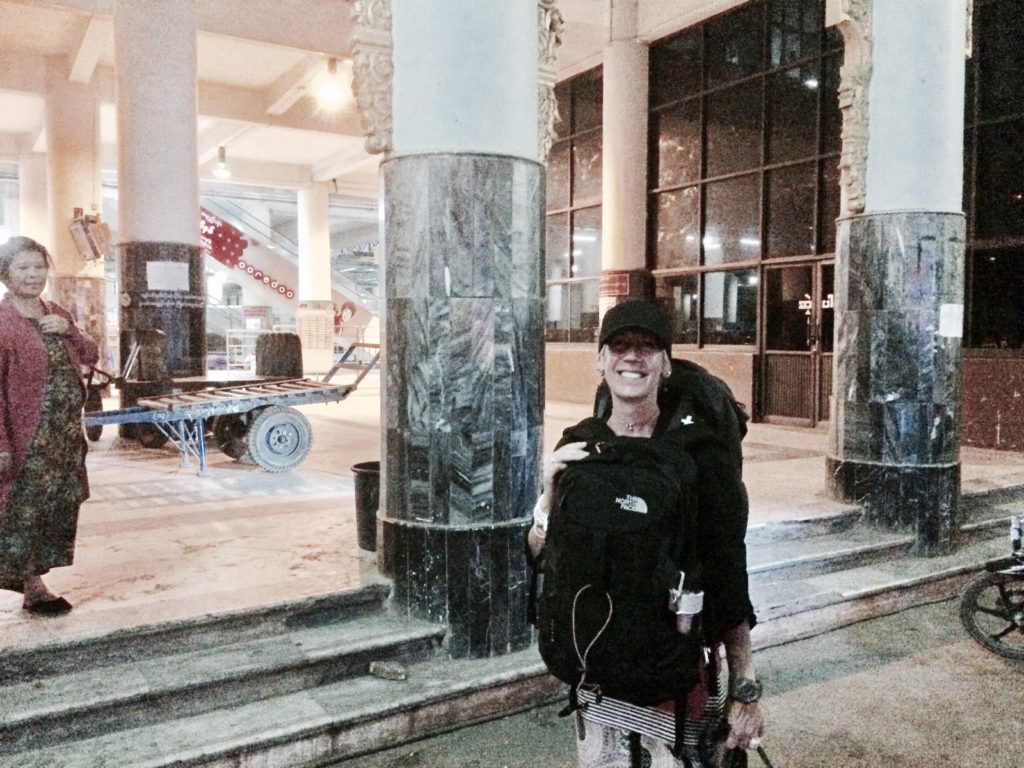
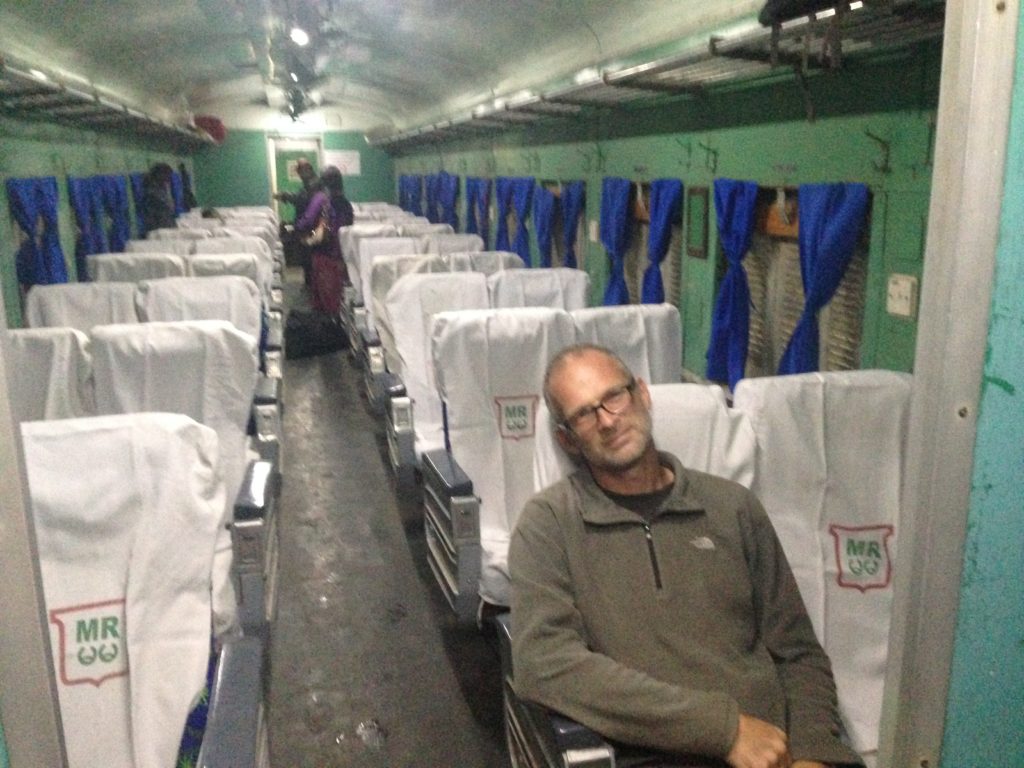

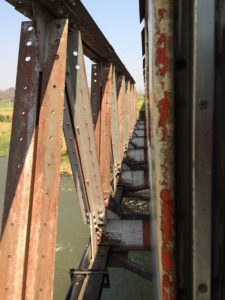

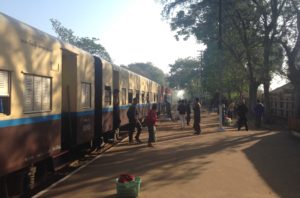
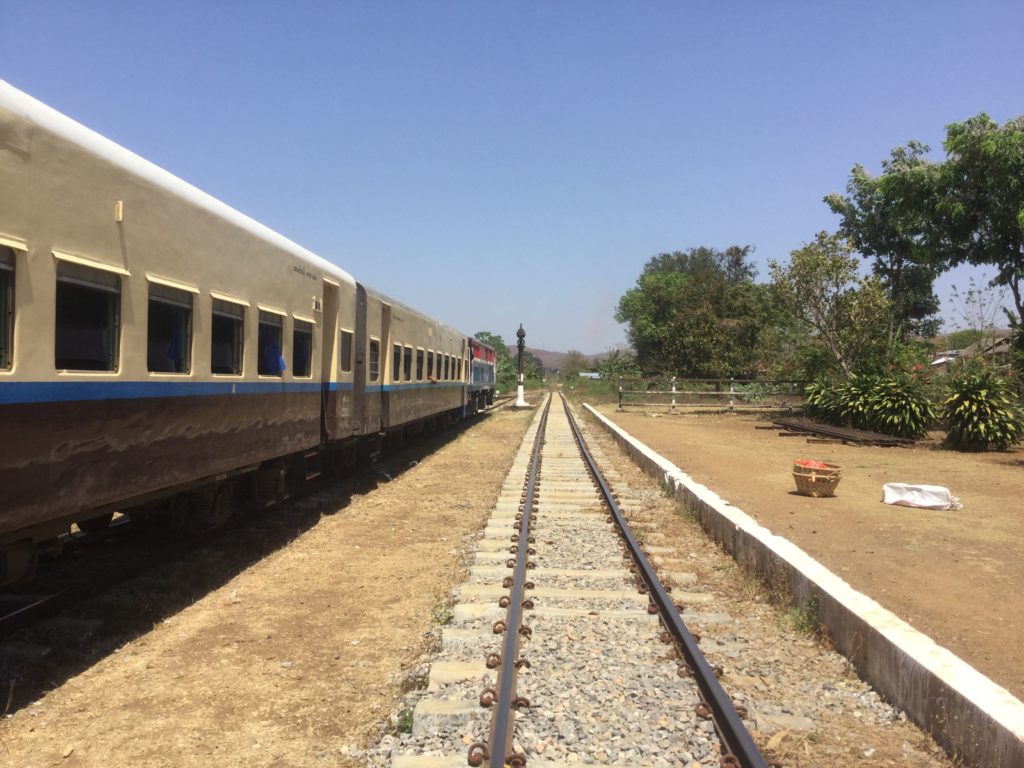

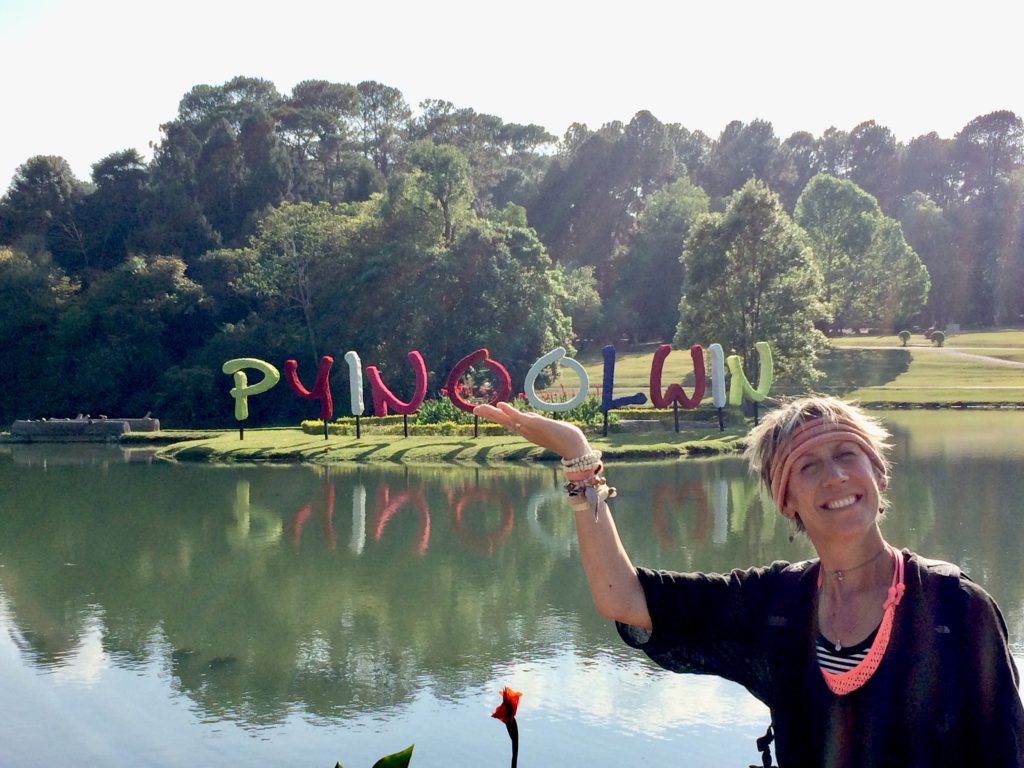
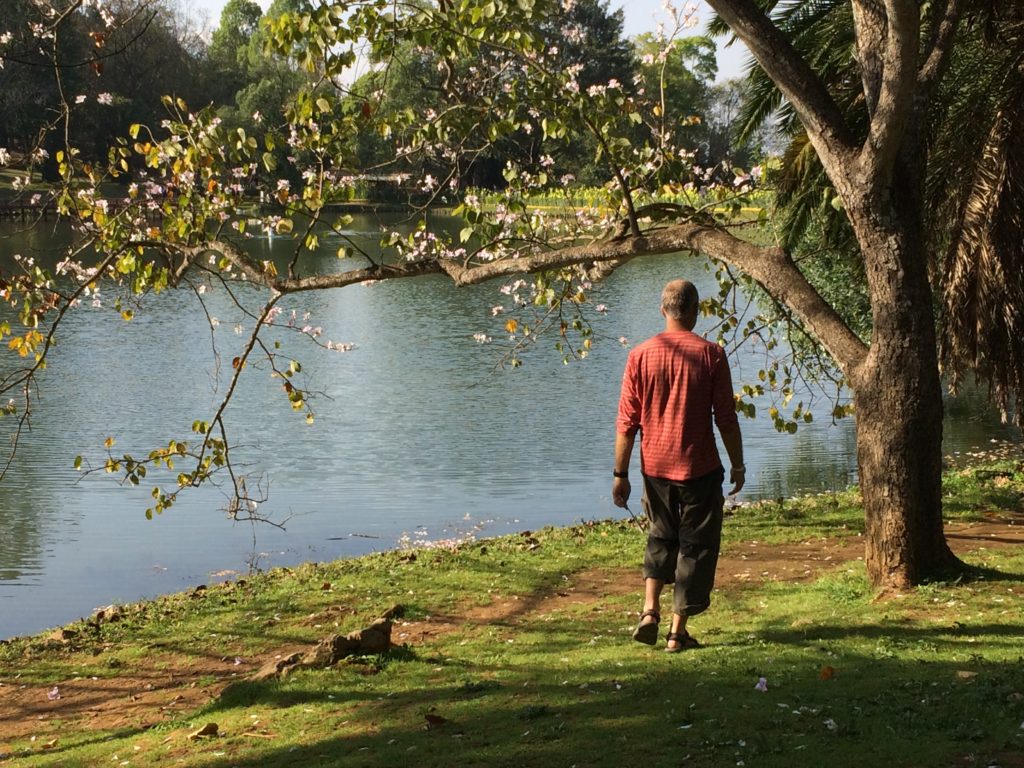
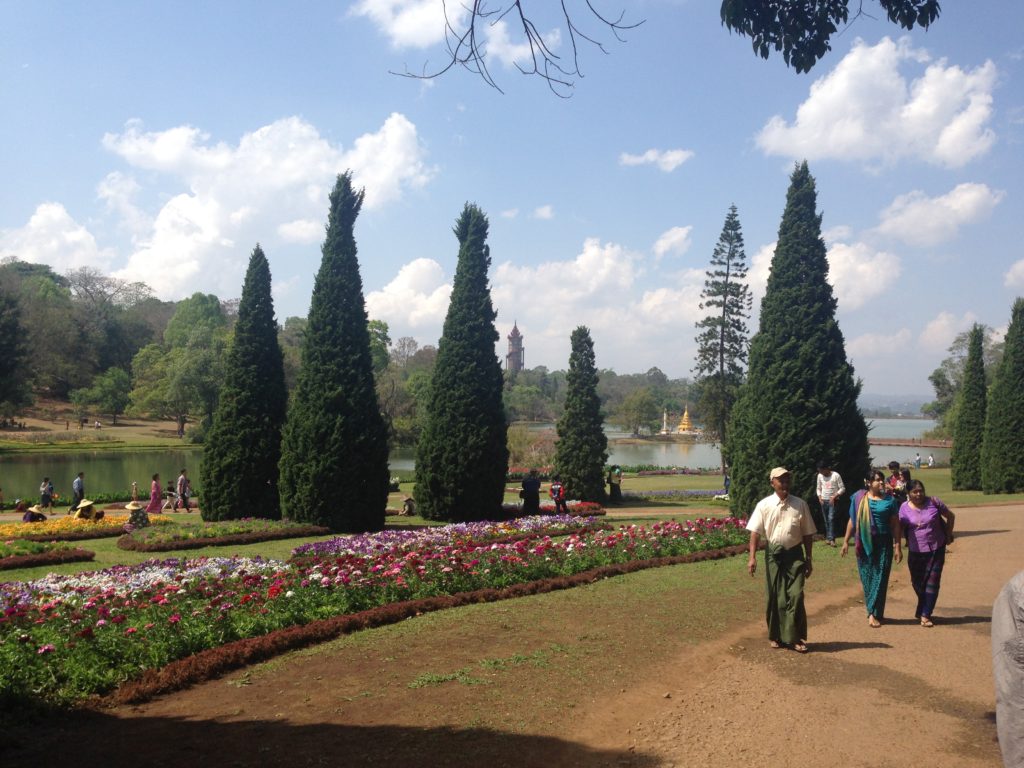
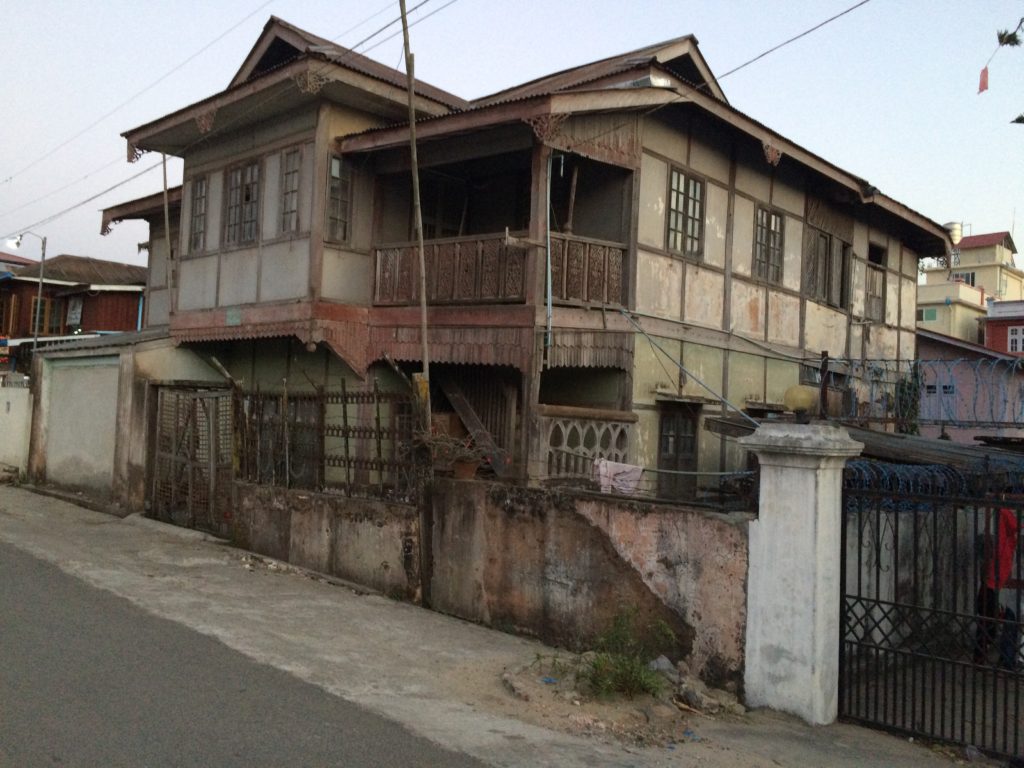
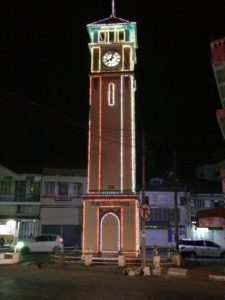
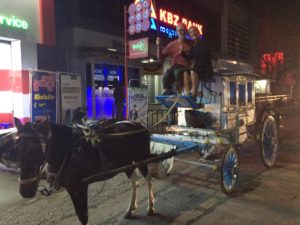

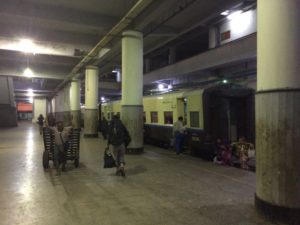 It was yet another early start to catch the train to
It was yet another early start to catch the train to 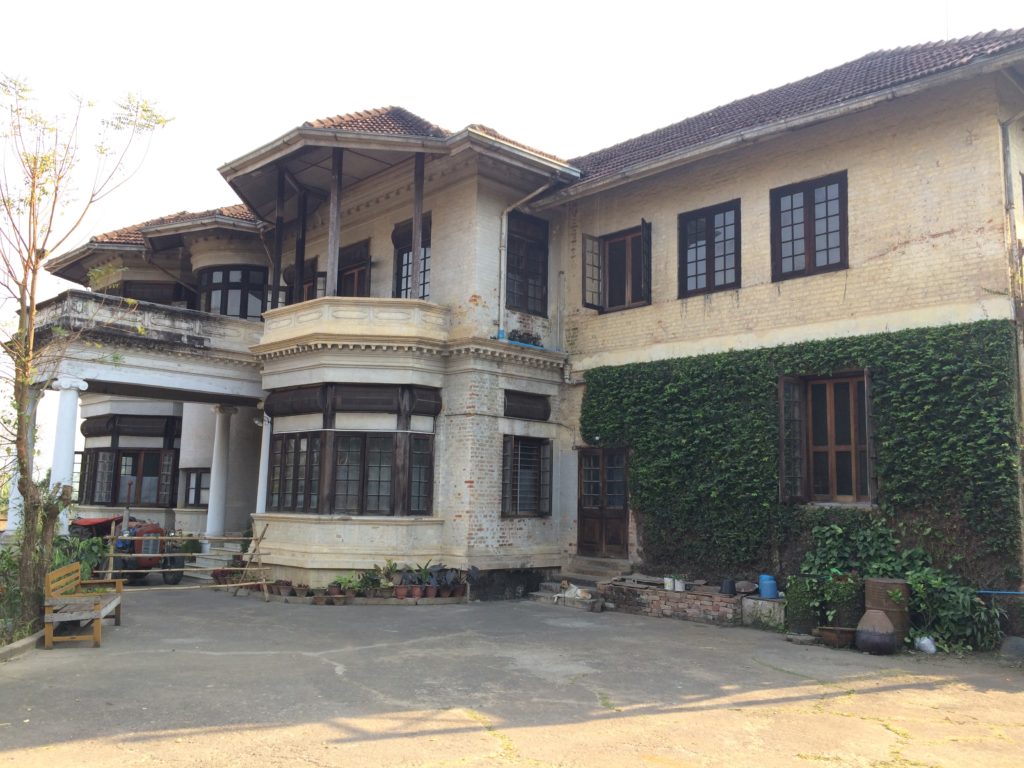
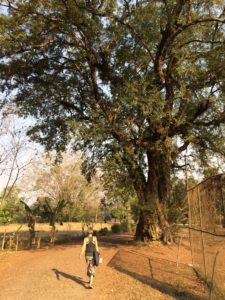

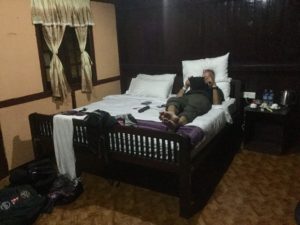
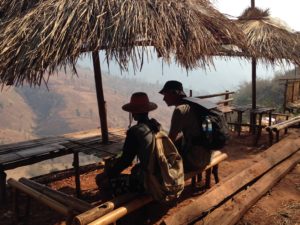
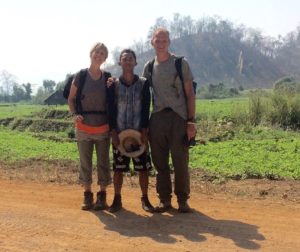
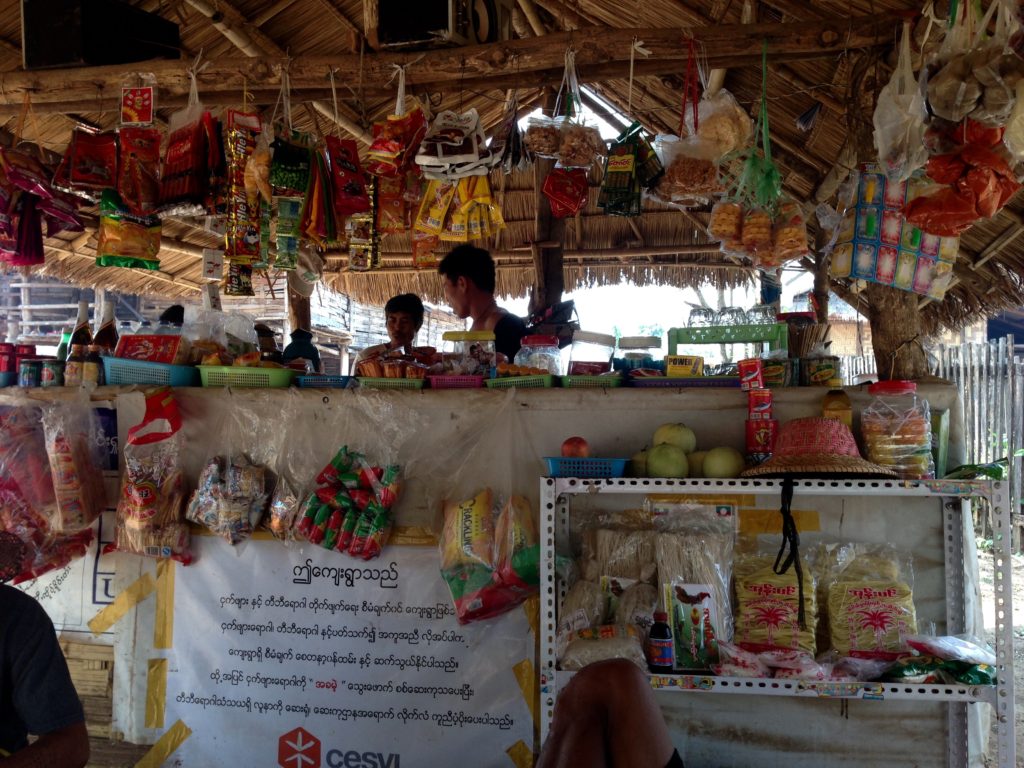
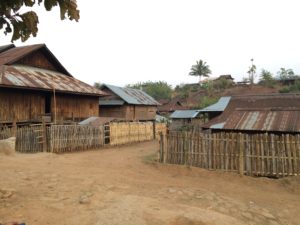
 We climbed into the hills and enjoyed a delicious lunch of local fare at a homestead in a Palaung village before walking a few miles more to the village that would be our home for the night. Here there were yet more Shan army, about a dozen of them, all with
We climbed into the hills and enjoyed a delicious lunch of local fare at a homestead in a Palaung village before walking a few miles more to the village that would be our home for the night. Here there were yet more Shan army, about a dozen of them, all with 

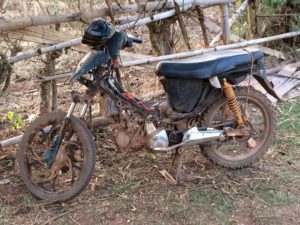
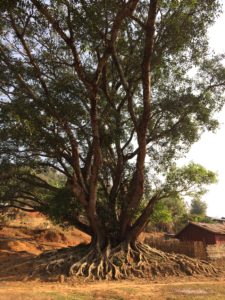
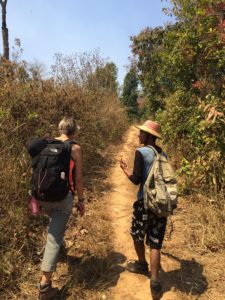
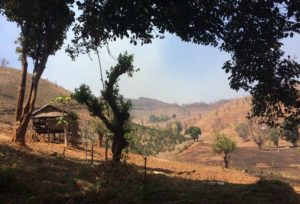
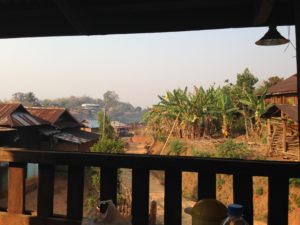
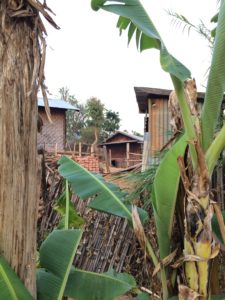

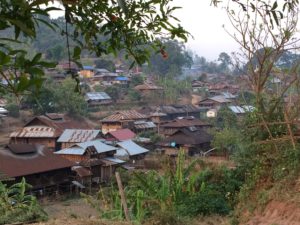

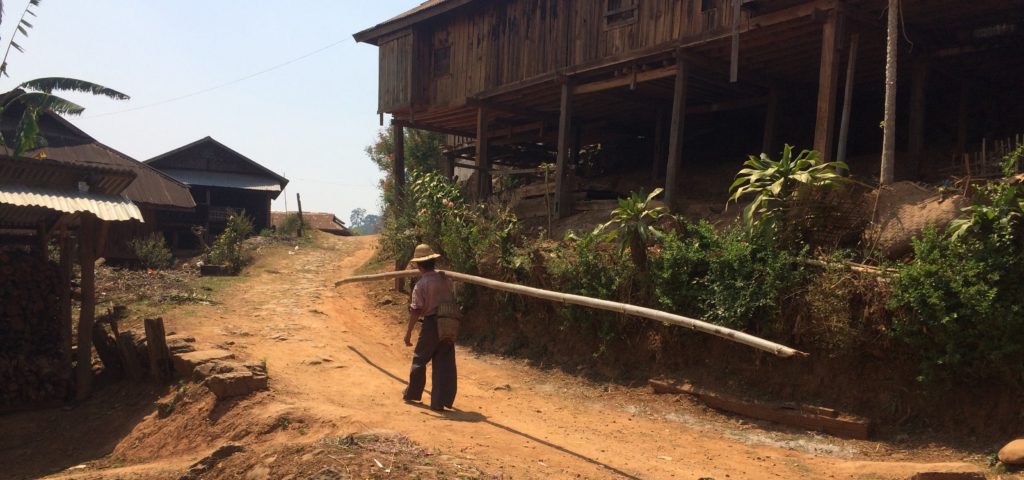

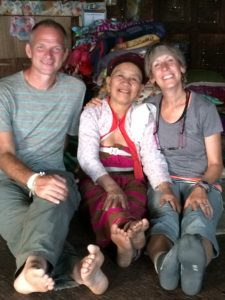
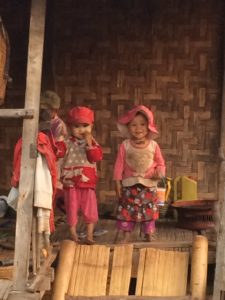
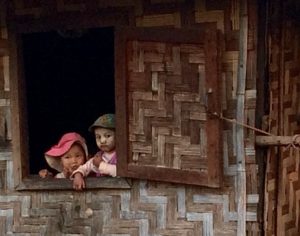
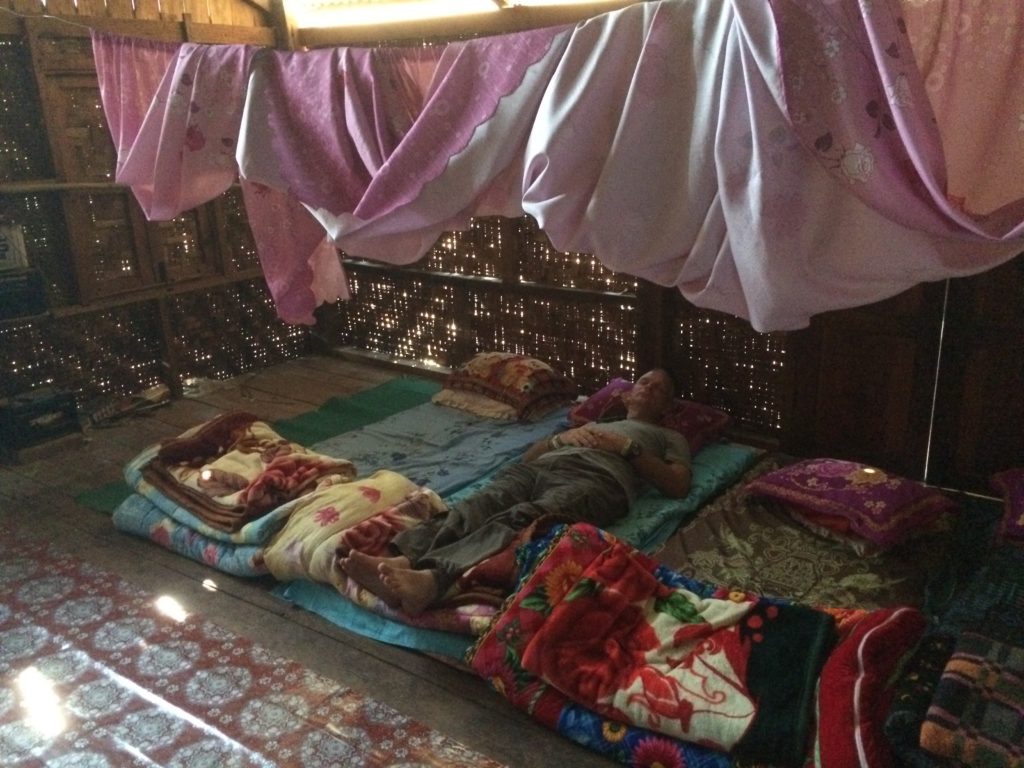
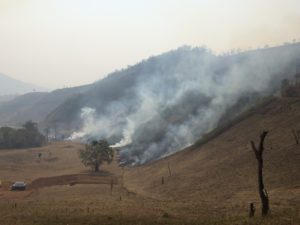
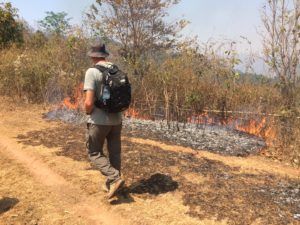
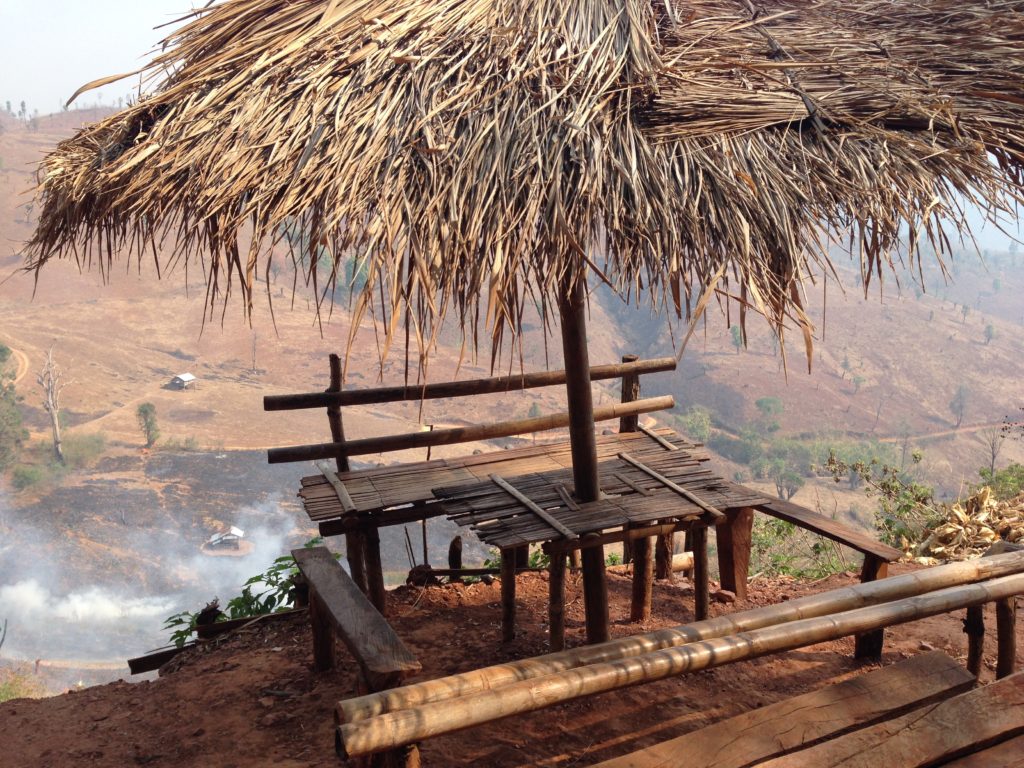
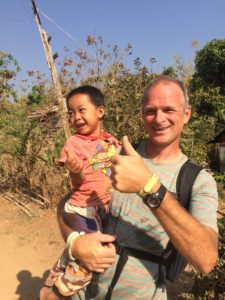


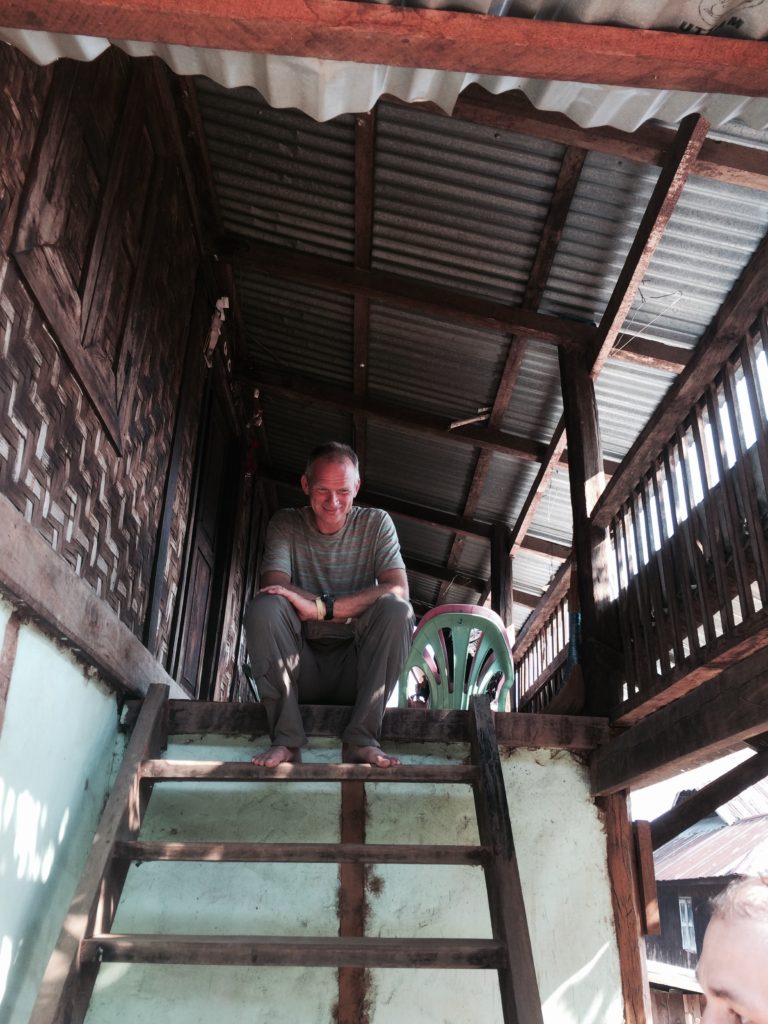
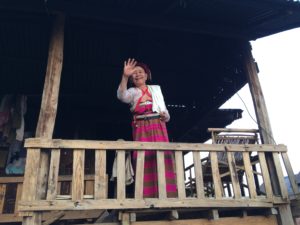
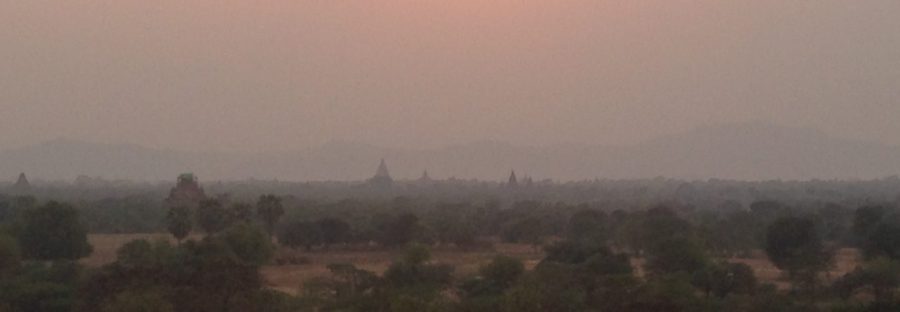
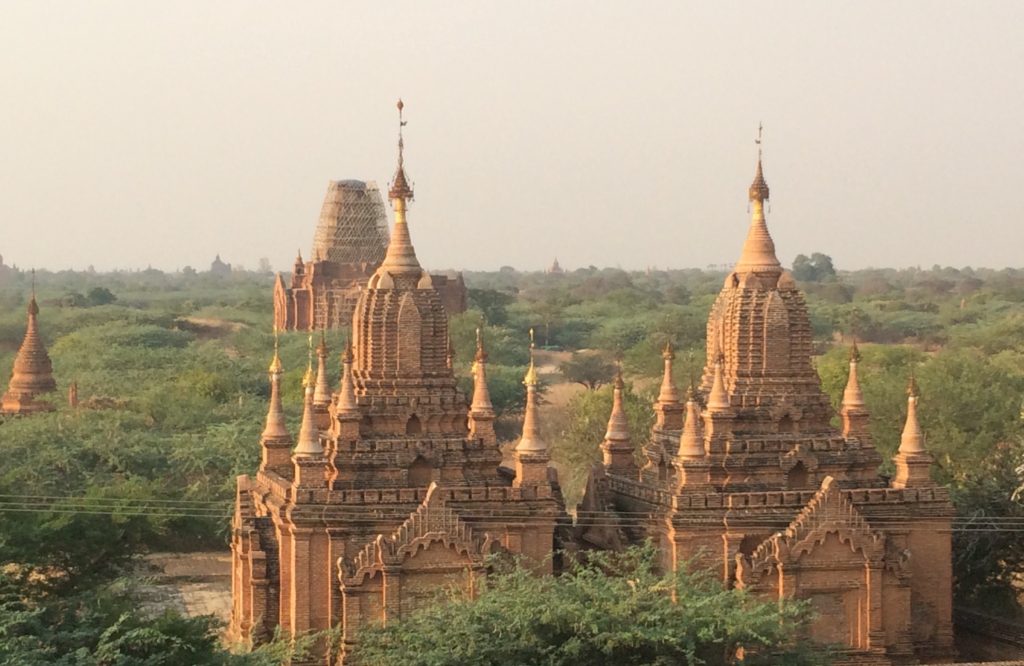 It was time to bid farewell to Ngapali beach and head the 10hrs to
It was time to bid farewell to Ngapali beach and head the 10hrs to 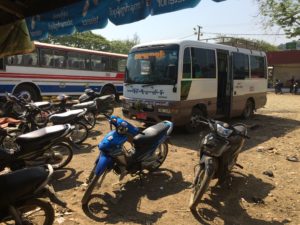


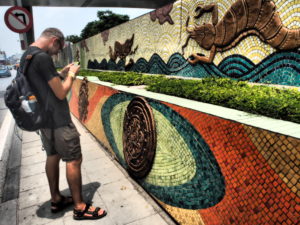

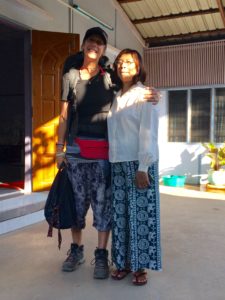
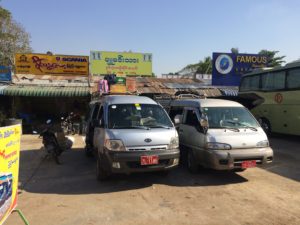
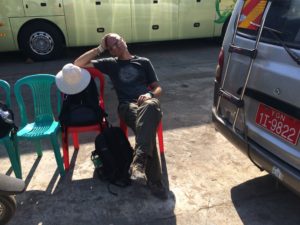 We retraced our footsteps to the bus station for the second 10hr leg of the journey to our next destination – Bagan. Much to my disappointment the bus was in fact a mini van, the first of our trip so far. Wedged into the overcrowded space and with absolutely no leg room and no escape route if anything went wrong it felt extremely claustrophobic. I decided I would read my book for the duration and try not to think about our confinement, Steve, crammed into his tiny space and unable to look out of any windows instantly felt travel sick and the boy next to us had already started throwing up – neither of us were looking forward to the journey ahead. Thankfully though the driver, unlike many of his Asian counterparts, didn’t have a death wish and drove relatively safely, Steve wasn’t sick and me, well I just kept my head down – it wasn’t so bad after all.
We retraced our footsteps to the bus station for the second 10hr leg of the journey to our next destination – Bagan. Much to my disappointment the bus was in fact a mini van, the first of our trip so far. Wedged into the overcrowded space and with absolutely no leg room and no escape route if anything went wrong it felt extremely claustrophobic. I decided I would read my book for the duration and try not to think about our confinement, Steve, crammed into his tiny space and unable to look out of any windows instantly felt travel sick and the boy next to us had already started throwing up – neither of us were looking forward to the journey ahead. Thankfully though the driver, unlike many of his Asian counterparts, didn’t have a death wish and drove relatively safely, Steve wasn’t sick and me, well I just kept my head down – it wasn’t so bad after all.
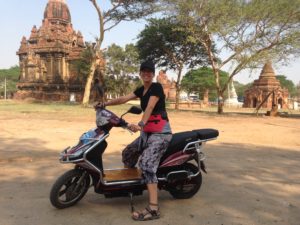
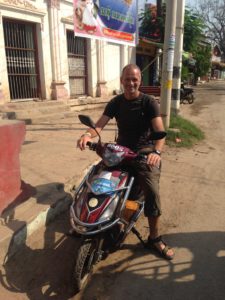 Following a great breakfast it was time to pick up our e-bikes – yikes! Our requests for helmets were poo pooed, this is Asia after all, and stupidly we didn’t push the point – but with a top speed of around 10 miles-an-hour what could possibly go wrong?! Following some simple do this, don’t do that instructions we set off. My thought worm for the day started almost immediately, it went like this – “If something happens to us how, exactly, are we going to explain why we’re not wearing helmets?” and “if our kids ever do anything like this I’ll kill them!” With this in mind we slowly bimbled around being overtaken by just about everything else on the road.
Following a great breakfast it was time to pick up our e-bikes – yikes! Our requests for helmets were poo pooed, this is Asia after all, and stupidly we didn’t push the point – but with a top speed of around 10 miles-an-hour what could possibly go wrong?! Following some simple do this, don’t do that instructions we set off. My thought worm for the day started almost immediately, it went like this – “If something happens to us how, exactly, are we going to explain why we’re not wearing helmets?” and “if our kids ever do anything like this I’ll kill them!” With this in mind we slowly bimbled around being overtaken by just about everything else on the road.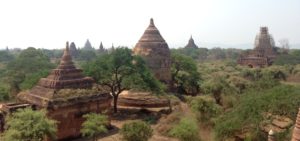
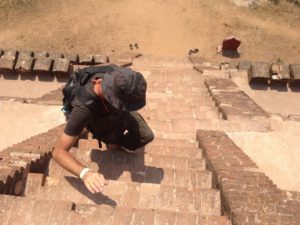
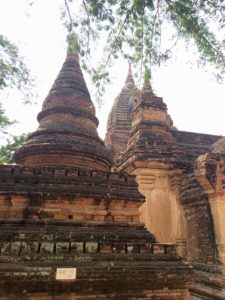
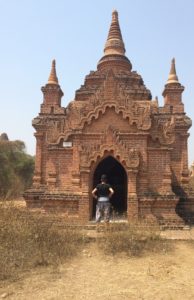
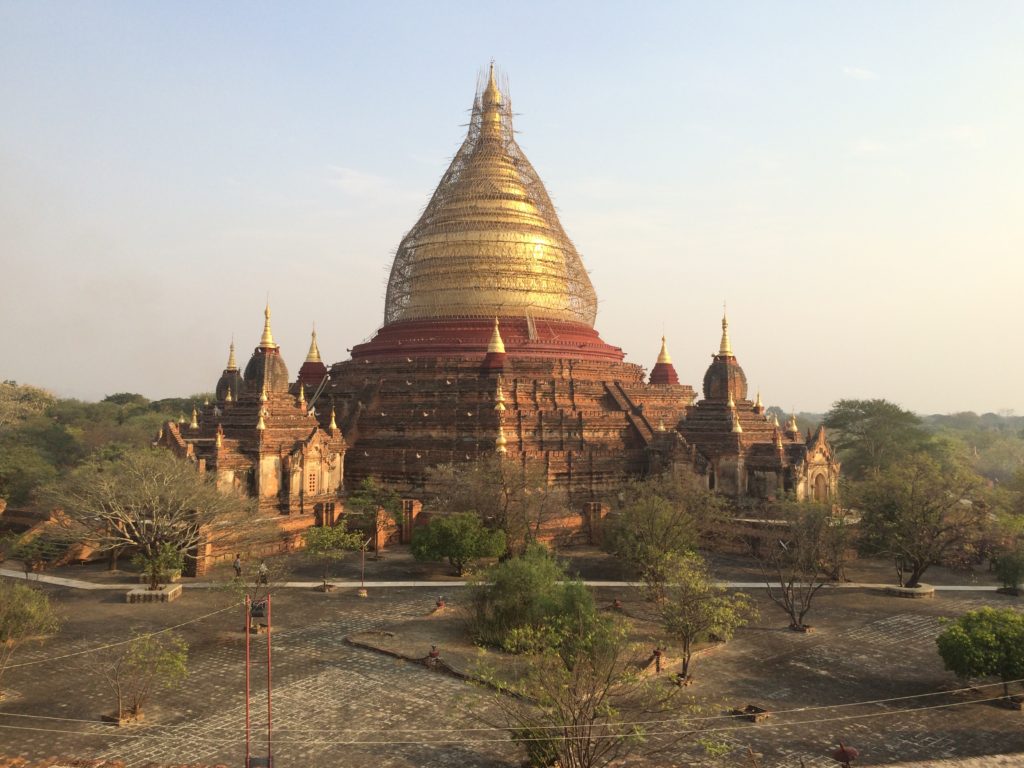

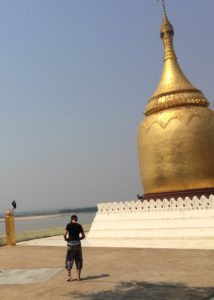
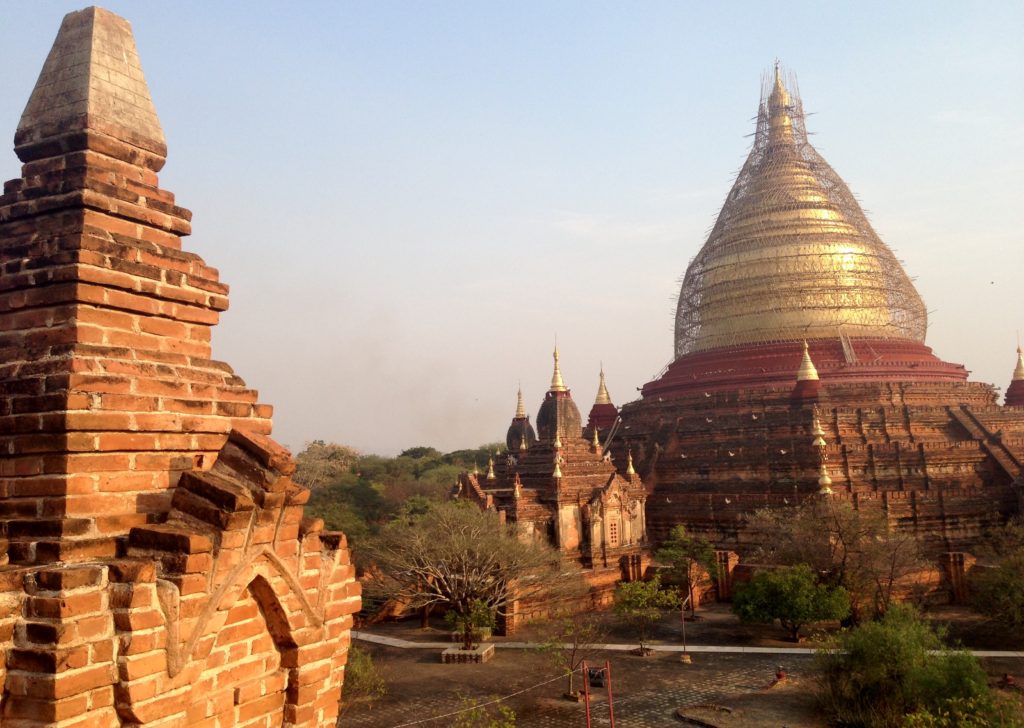
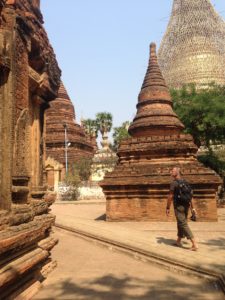

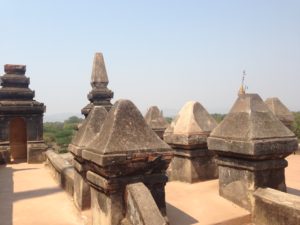

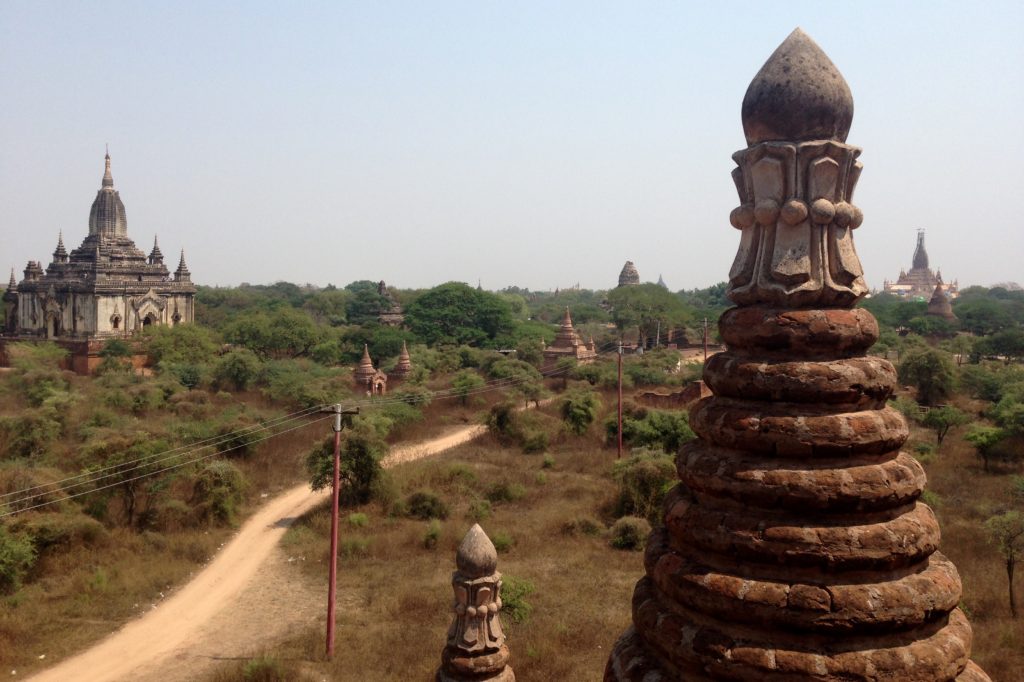
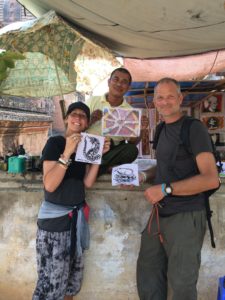

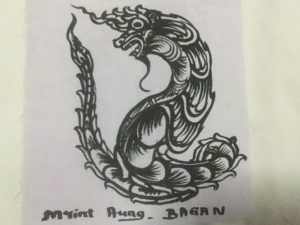
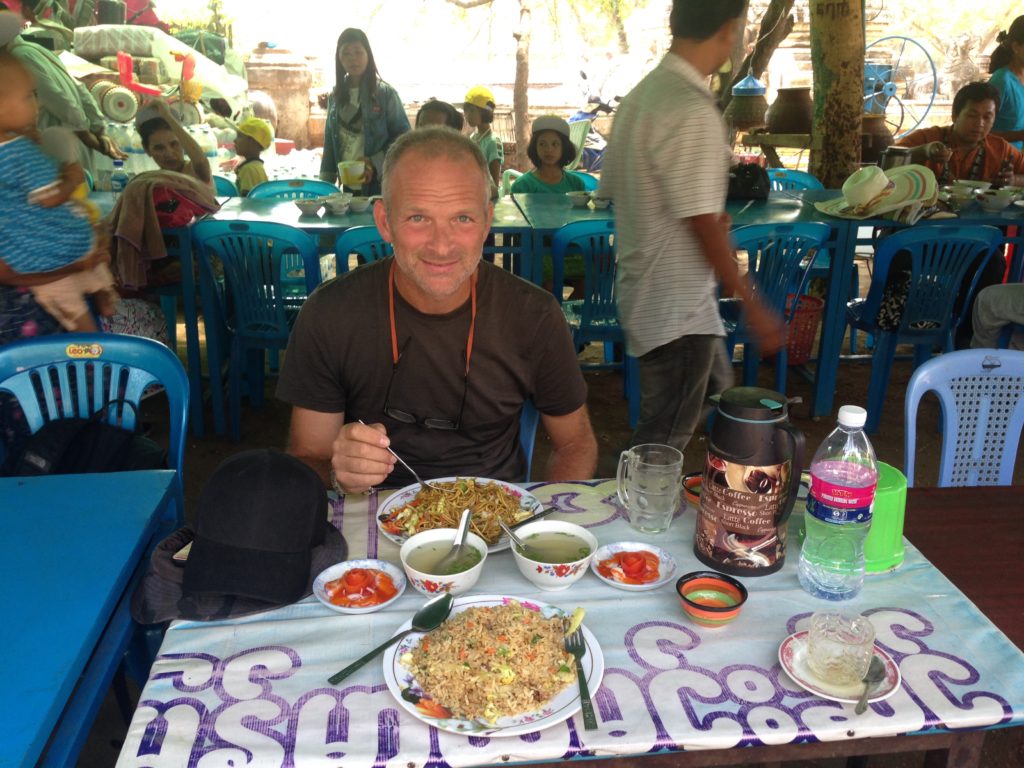

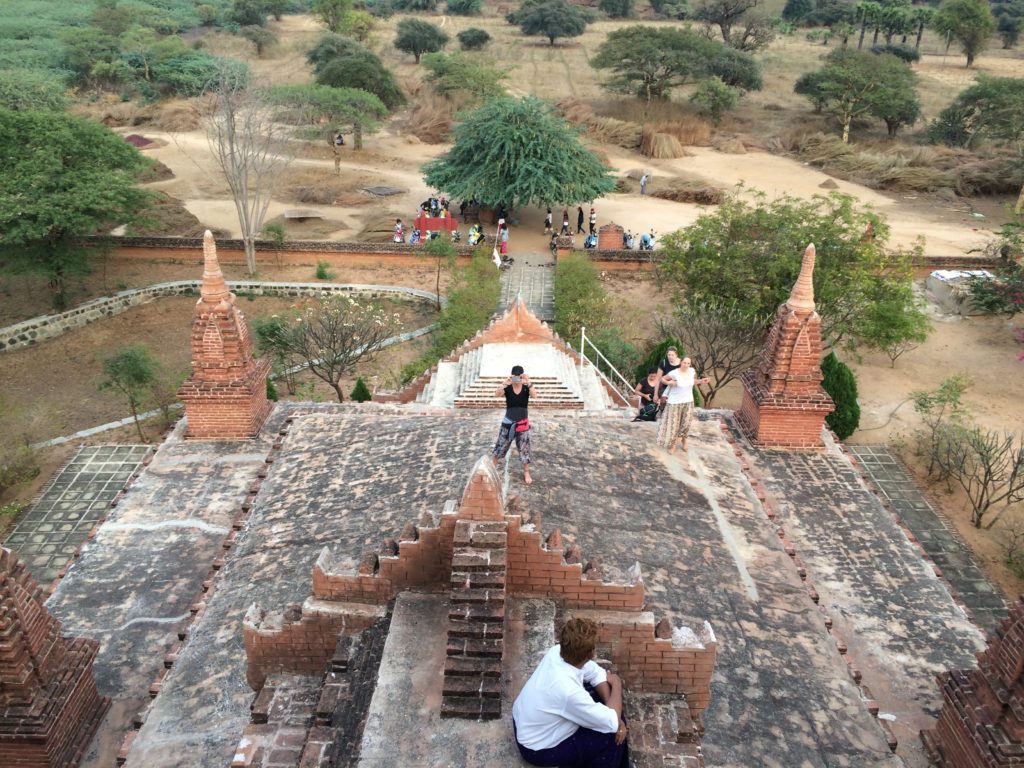
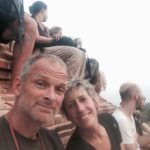 A must do here is to watch the sunset over the temples and there are various suggested places to do it. The faffing with our bikes however meant we were too far away from any of these points and left us looking for an alternative. The spot we found was amazing. From the dirt track we were ambling along we could see people with a perfect view in the not too far distance. Bingo we thought and headed in their direction. We ascended the temple – a tricky little climb – found ourselves somewhere to sit amongst locals and travellers and watched a beautiful sunset over the surreal landscape of Bagan. It was a magical moment for everyone sat watching and a beautiful end to an eventful day.
A must do here is to watch the sunset over the temples and there are various suggested places to do it. The faffing with our bikes however meant we were too far away from any of these points and left us looking for an alternative. The spot we found was amazing. From the dirt track we were ambling along we could see people with a perfect view in the not too far distance. Bingo we thought and headed in their direction. We ascended the temple – a tricky little climb – found ourselves somewhere to sit amongst locals and travellers and watched a beautiful sunset over the surreal landscape of Bagan. It was a magical moment for everyone sat watching and a beautiful end to an eventful day.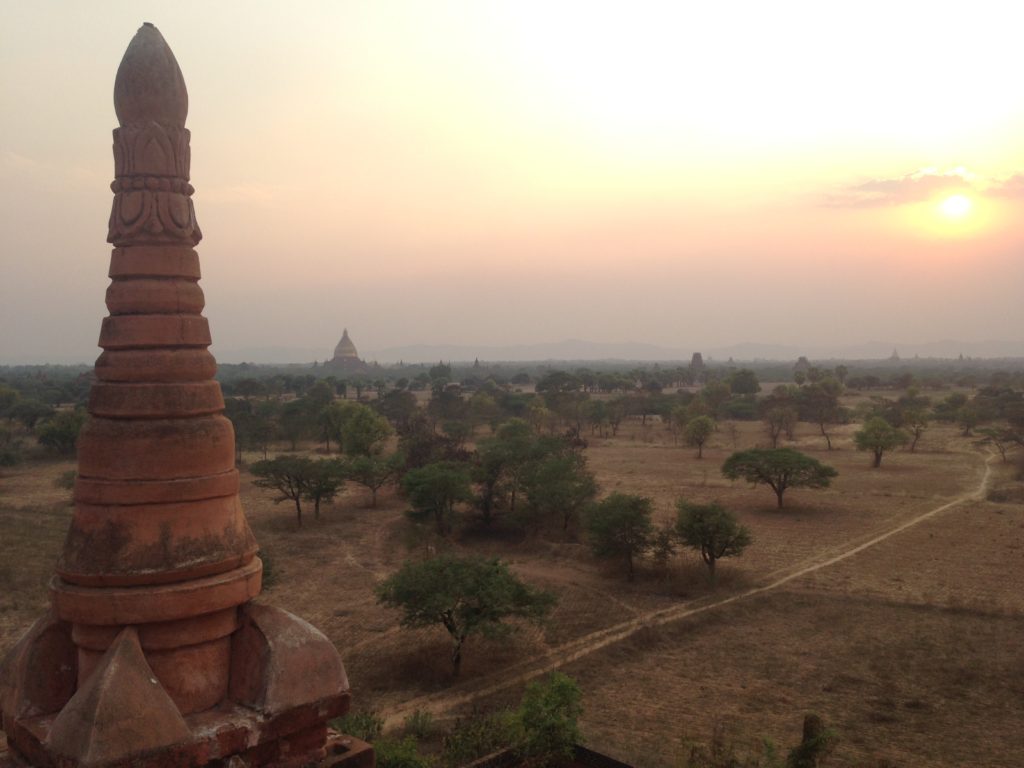
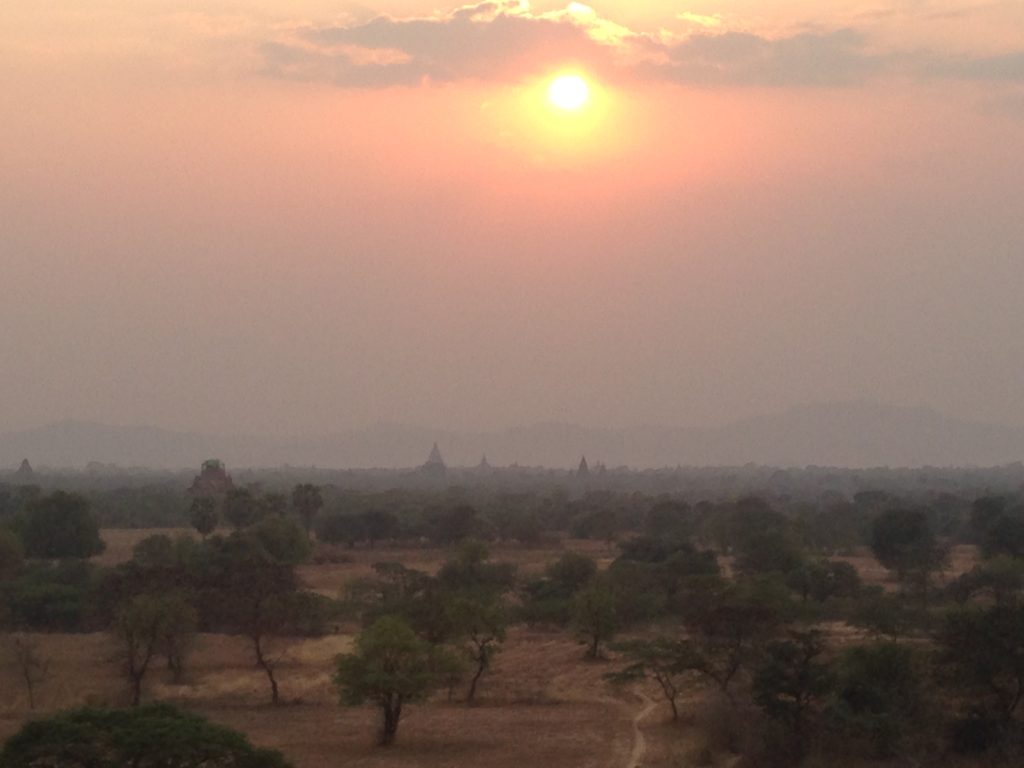
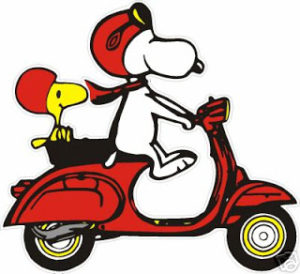
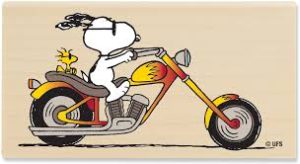
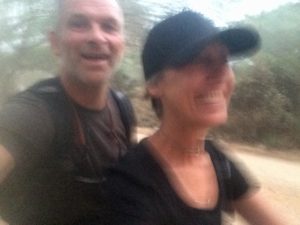
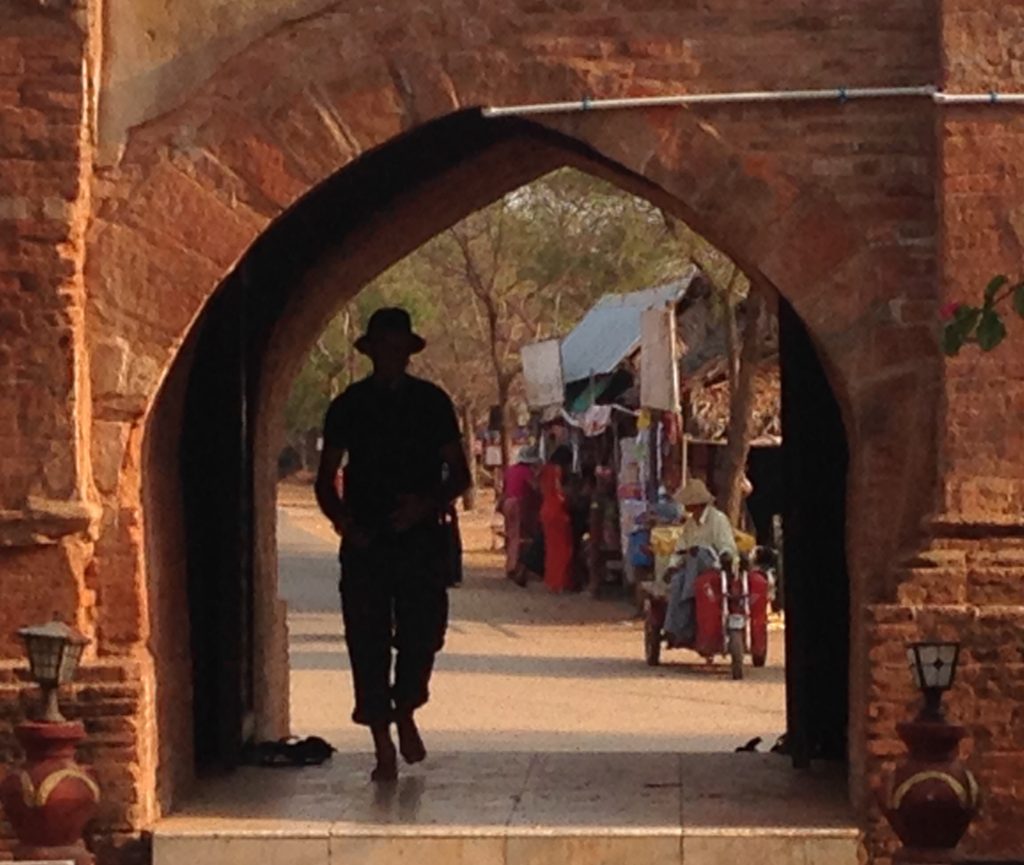
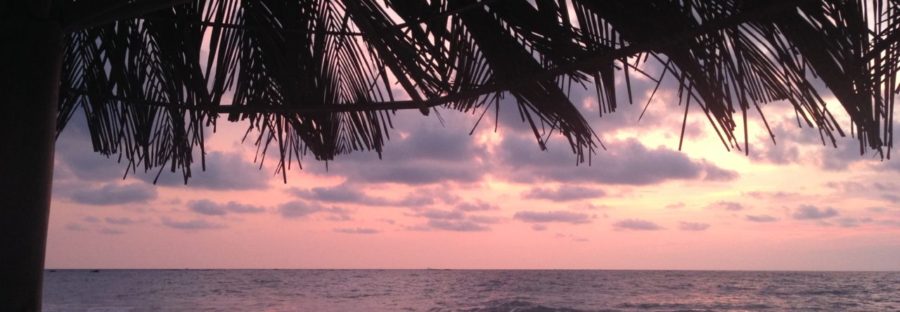
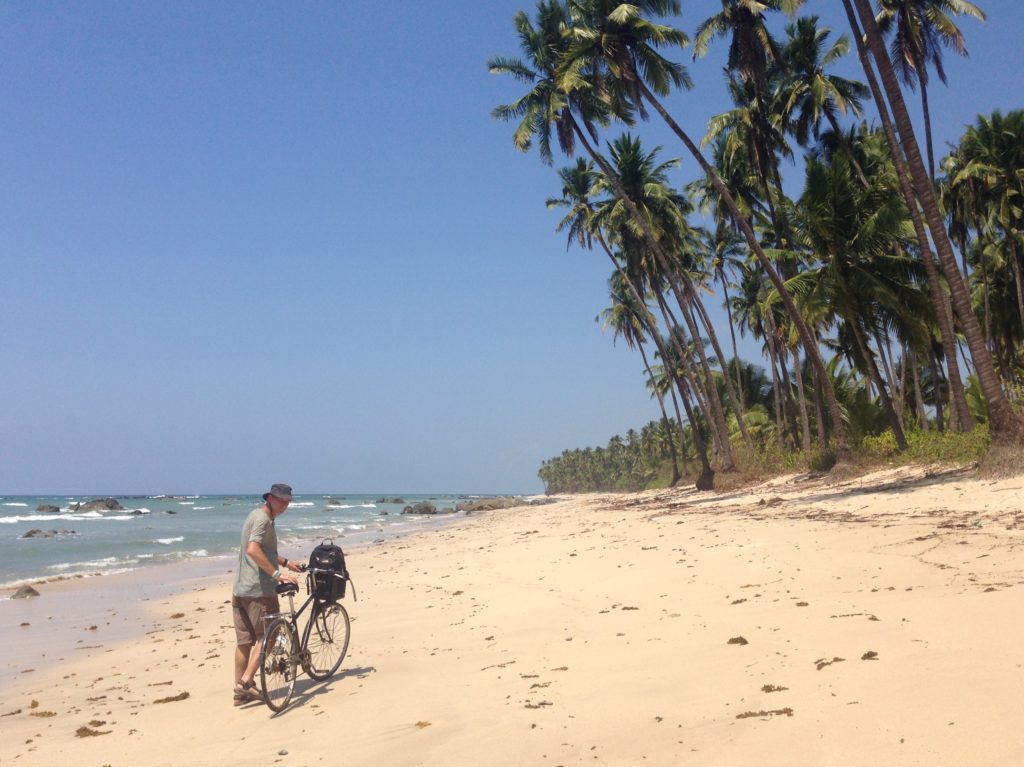

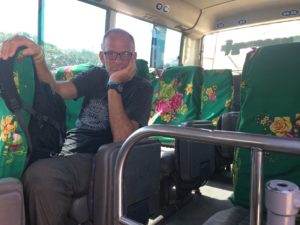

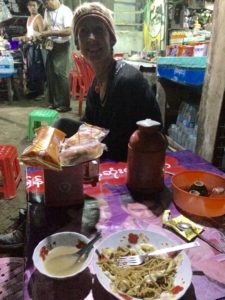
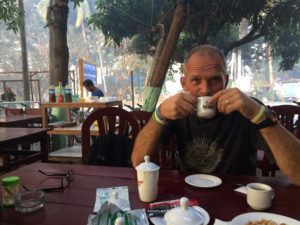
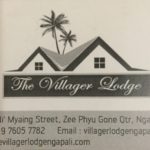
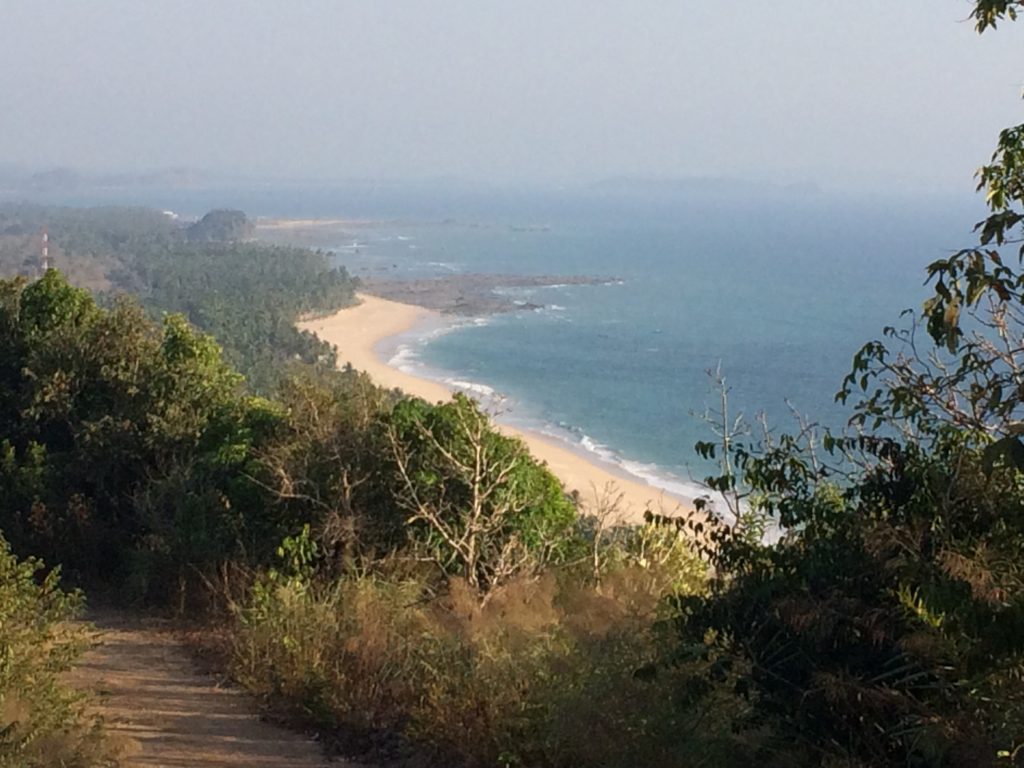
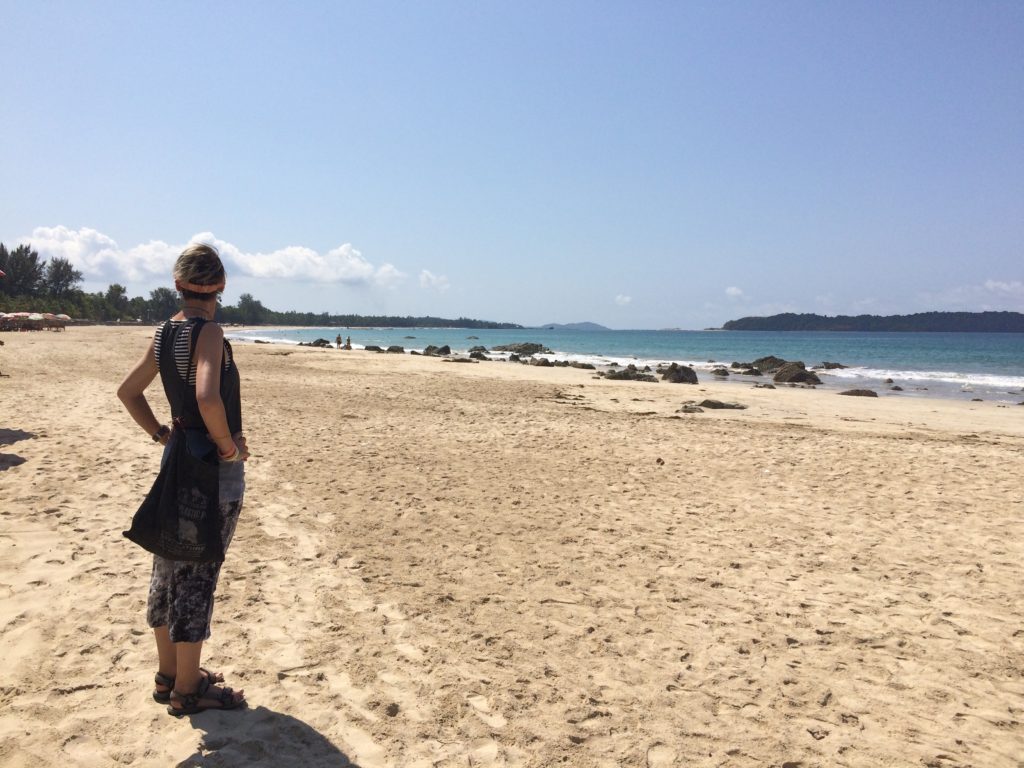 The resort of Ngapali consists of at least 4 beaches, all of them called Ngapali Beach and all with beautiful golden/white sand. The southern beach is the most developed with a plentiful supply of resorts, stalls and restaurants to choose from. A small, quiet, palm lined cove, which we called Kipling’s Bay after a pretty lodge on the road leading to it, lies just south of the golf course. Here you have a choice of a single tiny beach bar (when the bartender isn’t in the sea) at one end and a couple of smart lodges including Yoma Cherry Lodge at the other. The next beach, north of the golf course and south of the airport, was where we were staying and the most northerly beach was the largest, the least developed and possibly the most beautiful. Housing only a 5-star resort – Amara Ocean Resort – and one beach cafe that we could see it was nothing short of a deserted paradise!
The resort of Ngapali consists of at least 4 beaches, all of them called Ngapali Beach and all with beautiful golden/white sand. The southern beach is the most developed with a plentiful supply of resorts, stalls and restaurants to choose from. A small, quiet, palm lined cove, which we called Kipling’s Bay after a pretty lodge on the road leading to it, lies just south of the golf course. Here you have a choice of a single tiny beach bar (when the bartender isn’t in the sea) at one end and a couple of smart lodges including Yoma Cherry Lodge at the other. The next beach, north of the golf course and south of the airport, was where we were staying and the most northerly beach was the largest, the least developed and possibly the most beautiful. Housing only a 5-star resort – Amara Ocean Resort – and one beach cafe that we could see it was nothing short of a deserted paradise!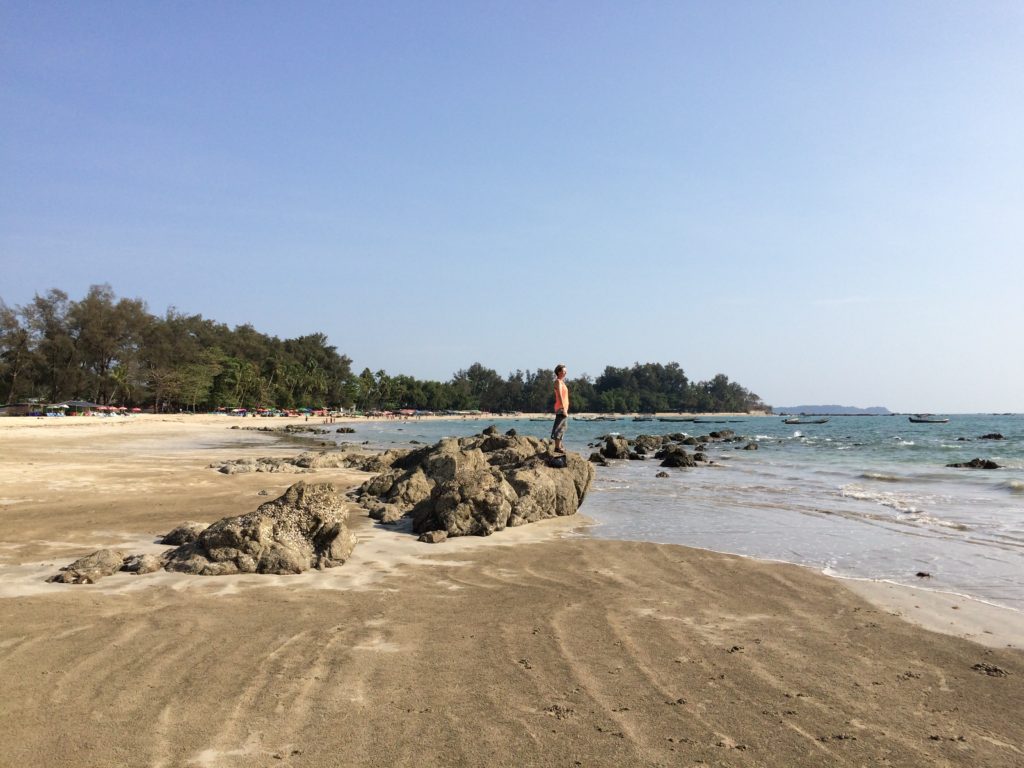
 The pristine expanse of white sand, just a stone’s throw from our guesthouse was enjoyed by both locals and tourists alike. Happily it was quiet whilst we were there in March and it wasn’t unusual to explore large areas with only a few, if any, others in sight. Best described as a beach of two halves, the southern stretch, lined with local cafe shacks and vibrant stalls, was brimming with energy and colour. This was were the locals hung out and was the part of the beach we gravitated to. The northern stretch was equally as pretty, but being fringed by small resorts it had a more touristy feel and so lacked some of the charm of its next door neighbour. Beach-wise there was something for everyone here, all of it clean and all of it beautiful – a lovely flavour of Myanmar by the sea.
The pristine expanse of white sand, just a stone’s throw from our guesthouse was enjoyed by both locals and tourists alike. Happily it was quiet whilst we were there in March and it wasn’t unusual to explore large areas with only a few, if any, others in sight. Best described as a beach of two halves, the southern stretch, lined with local cafe shacks and vibrant stalls, was brimming with energy and colour. This was were the locals hung out and was the part of the beach we gravitated to. The northern stretch was equally as pretty, but being fringed by small resorts it had a more touristy feel and so lacked some of the charm of its next door neighbour. Beach-wise there was something for everyone here, all of it clean and all of it beautiful – a lovely flavour of Myanmar by the sea.
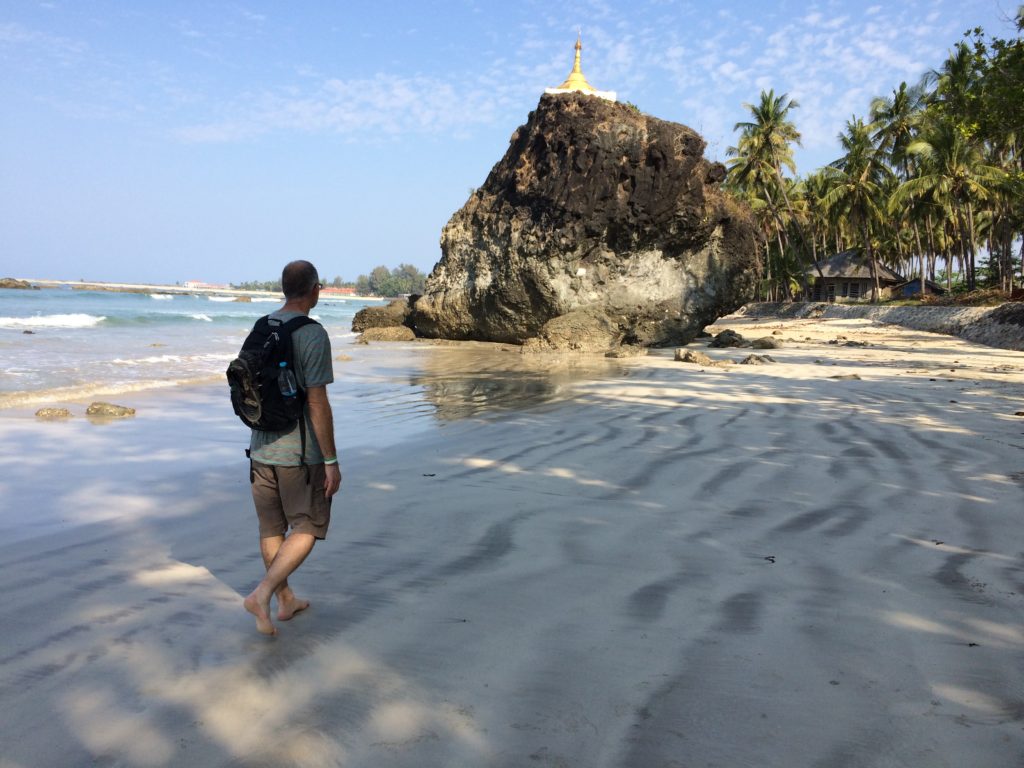
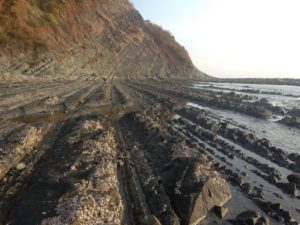
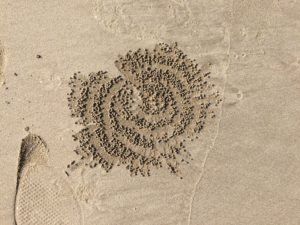
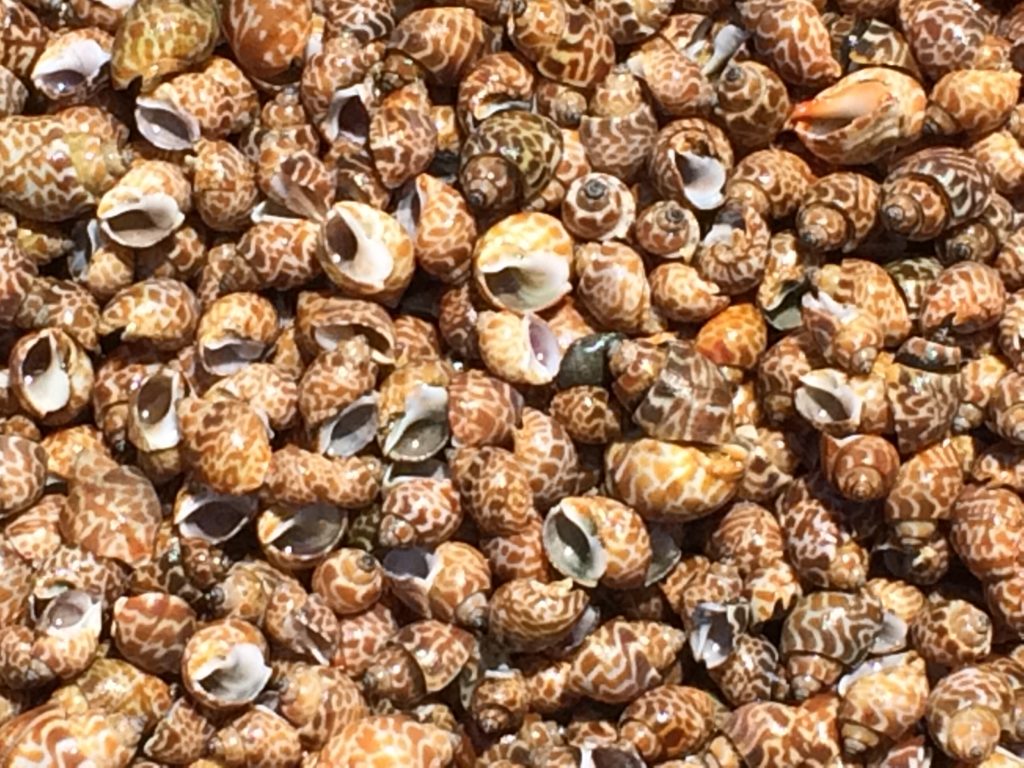

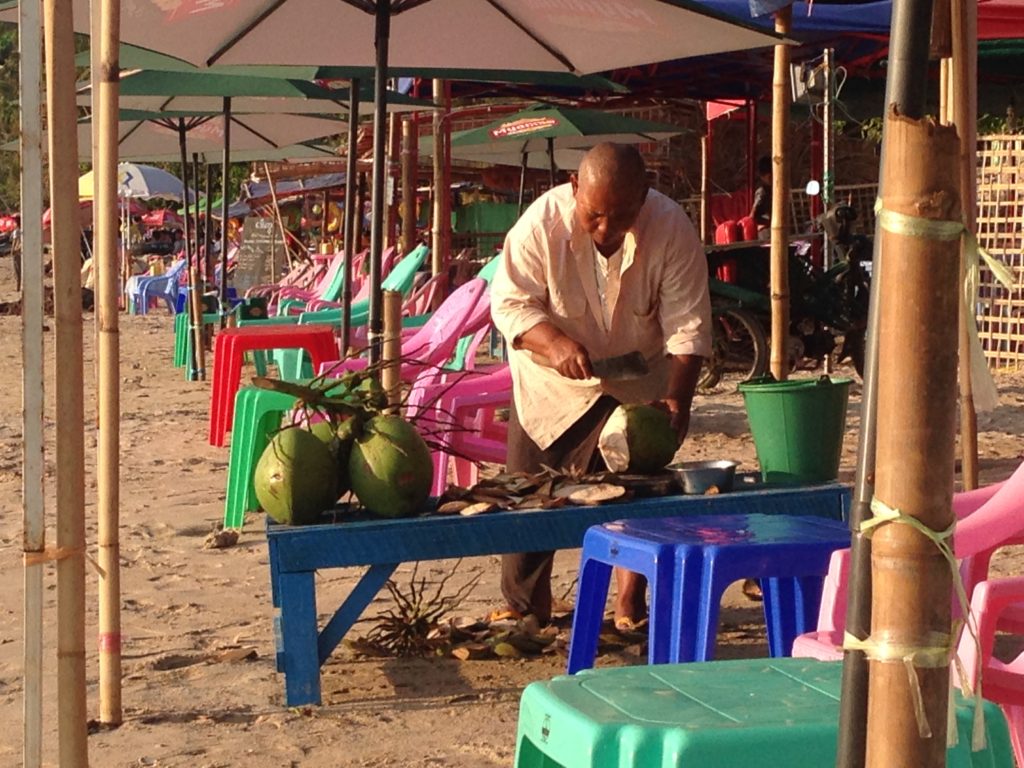
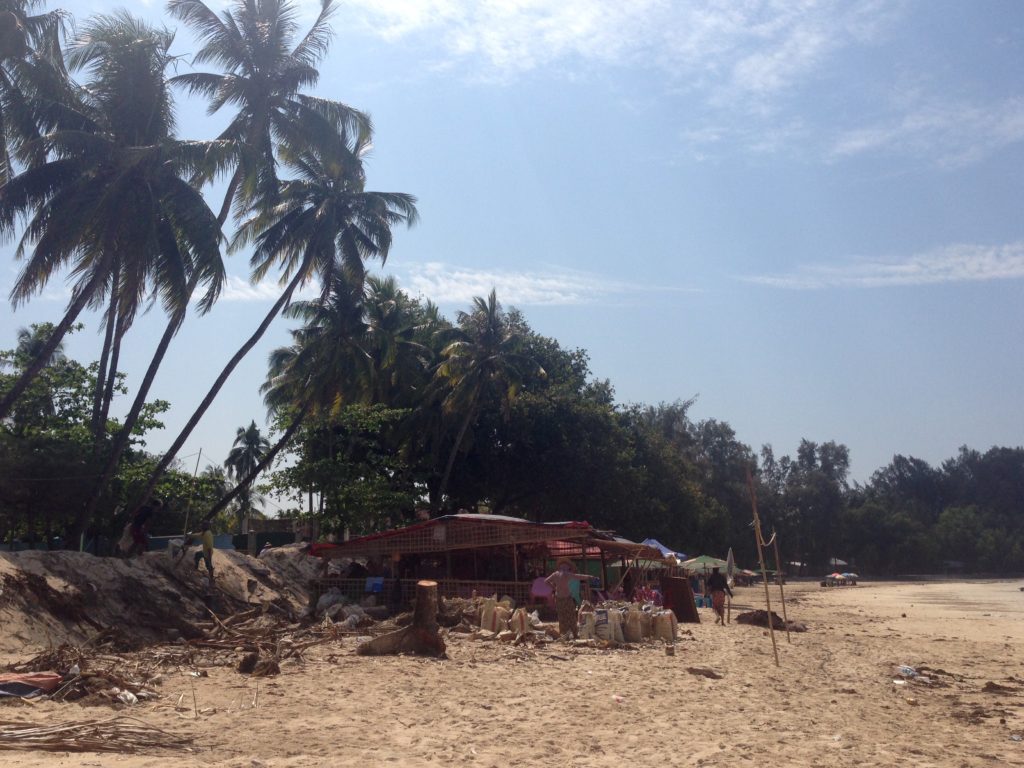
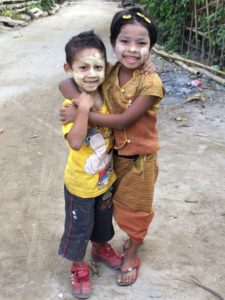
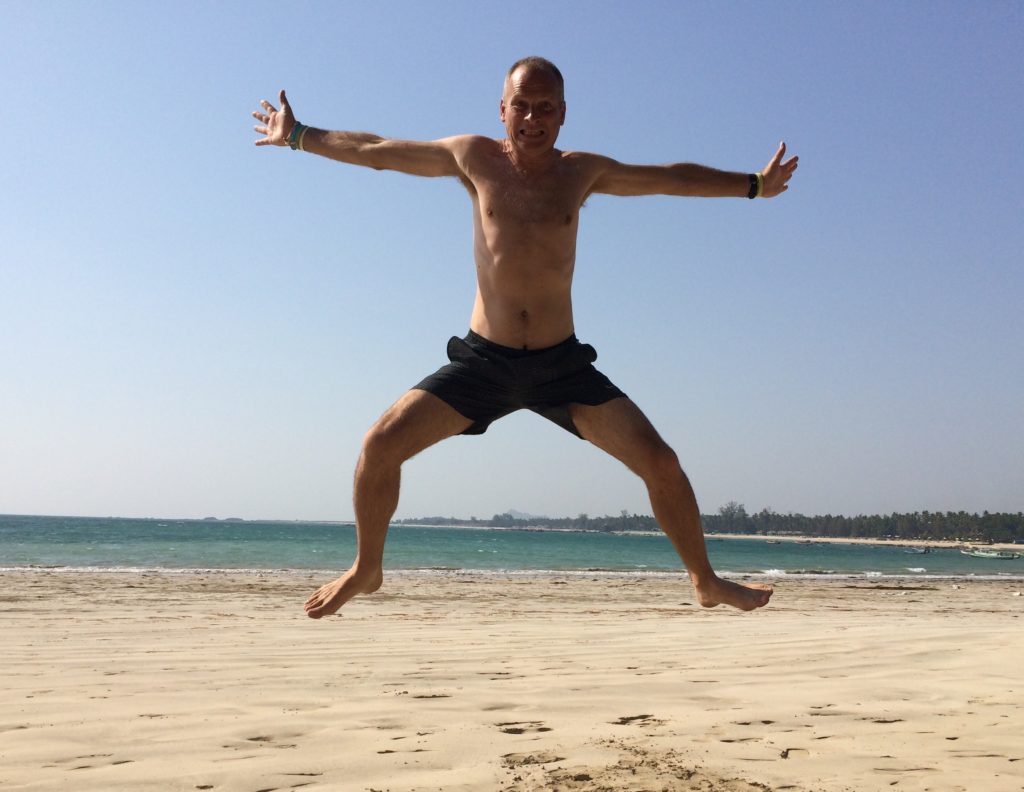
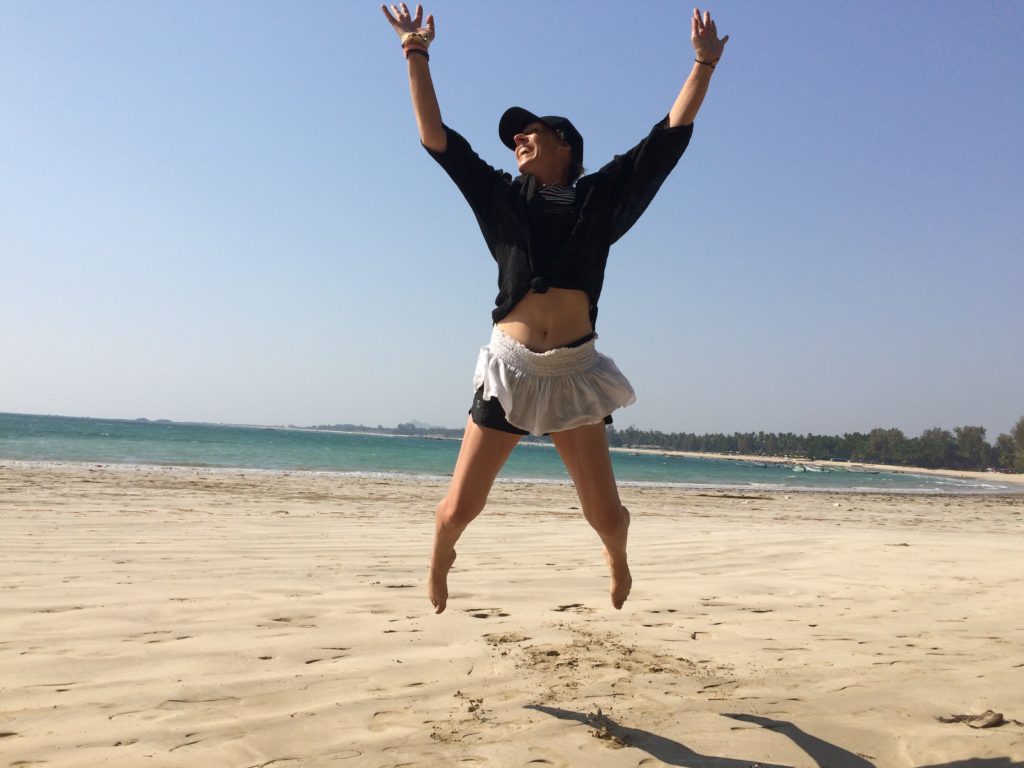

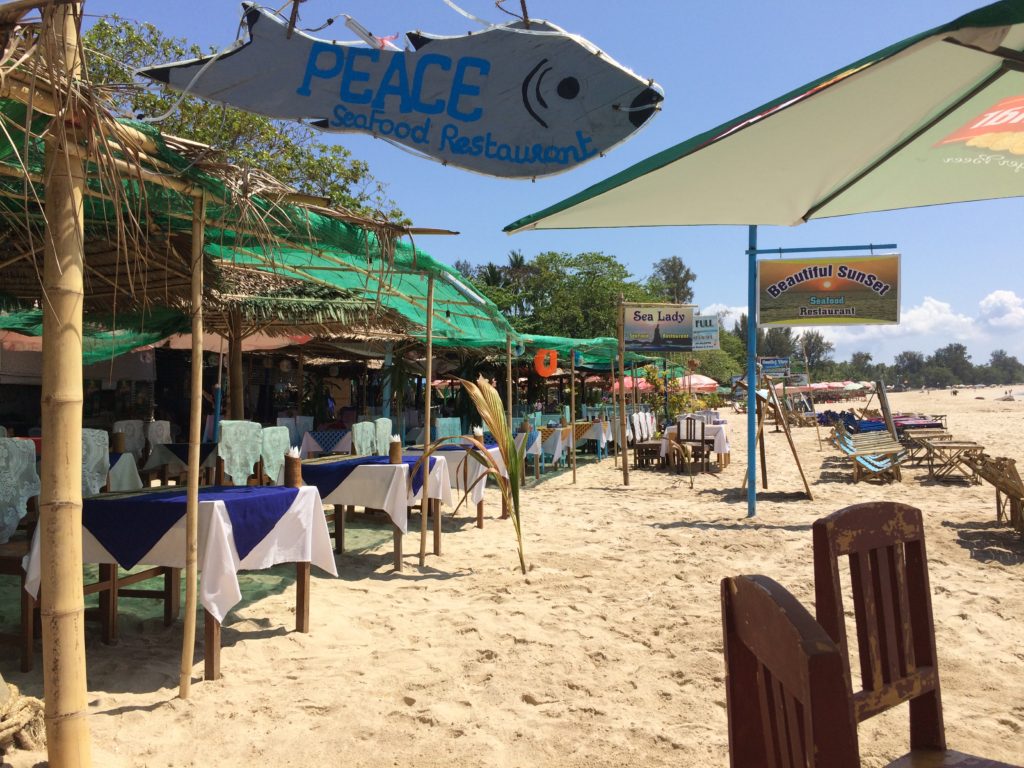
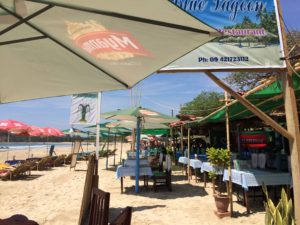

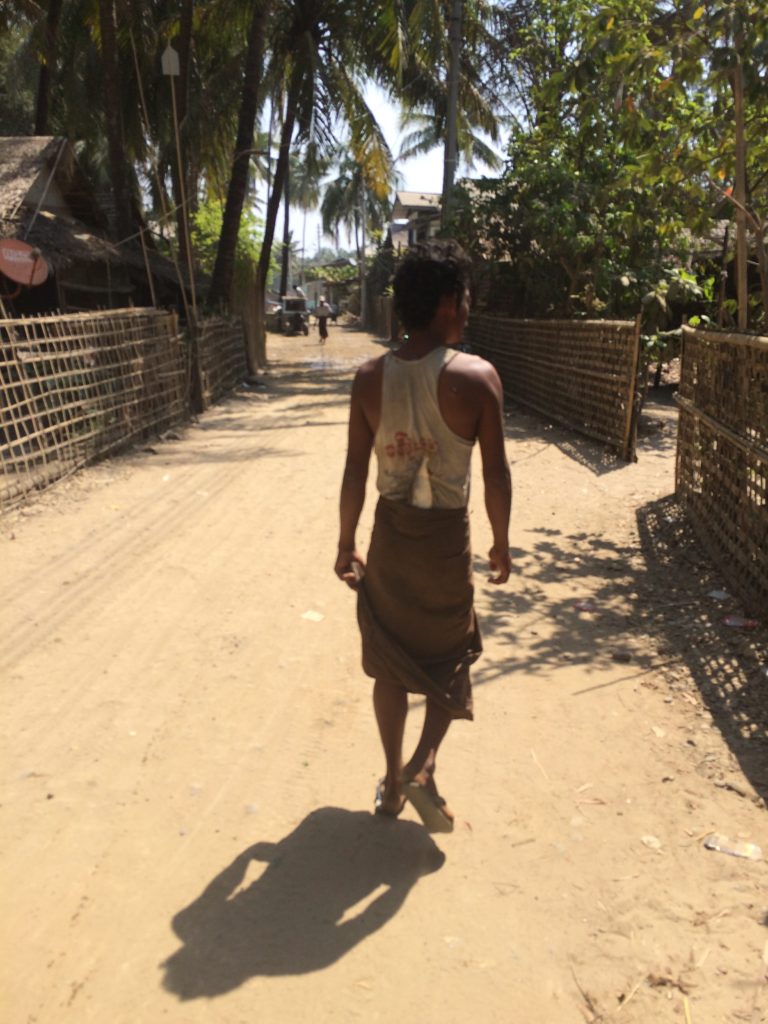
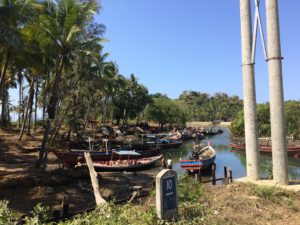
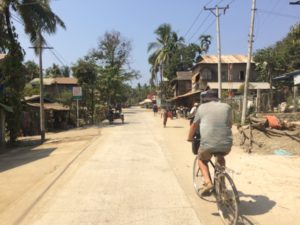
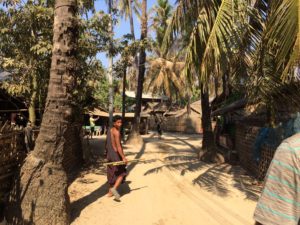
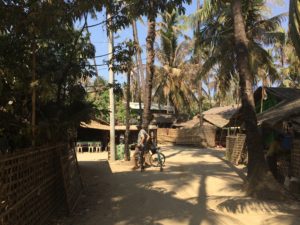

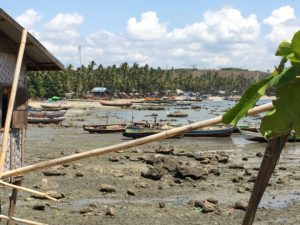
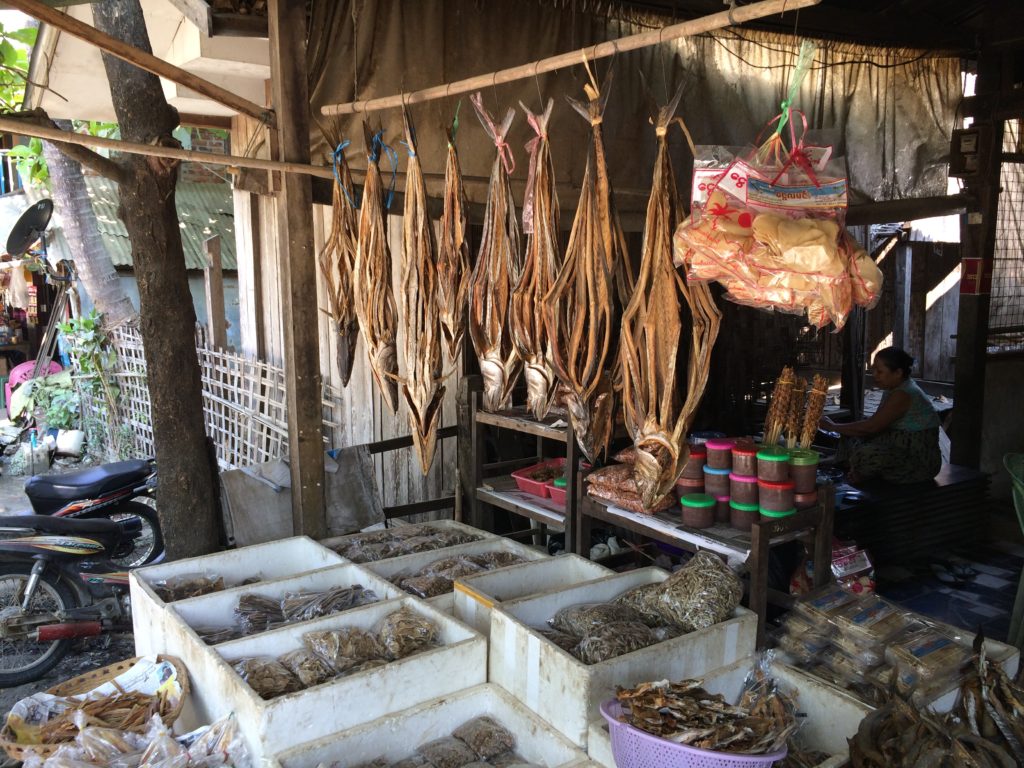

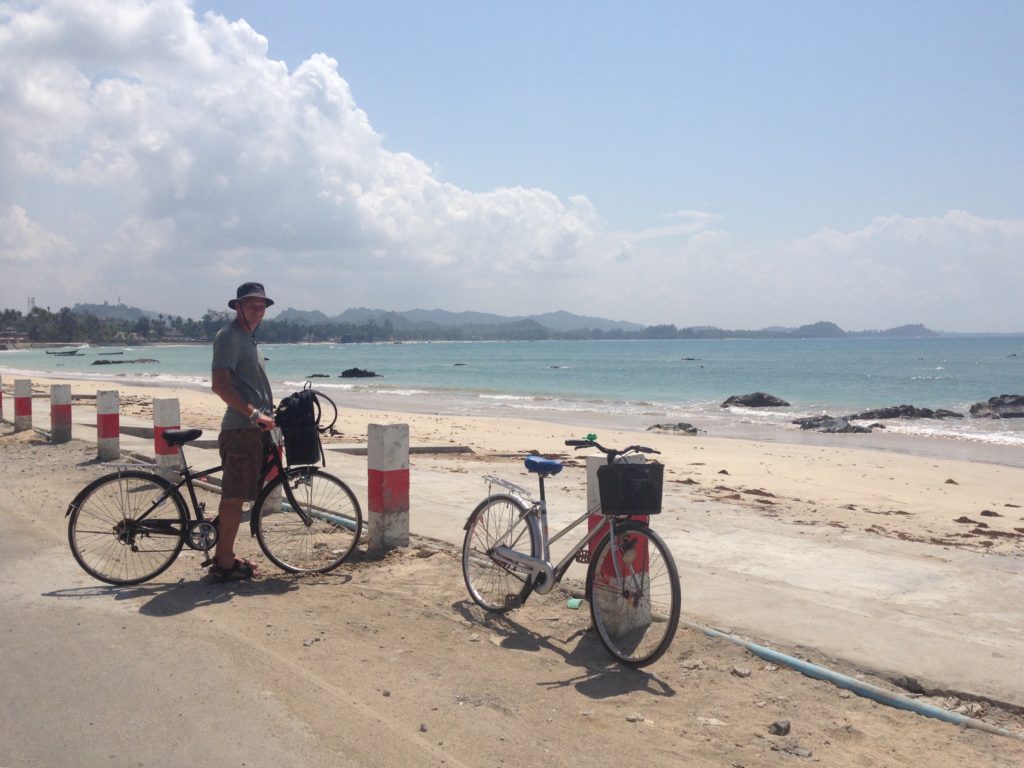
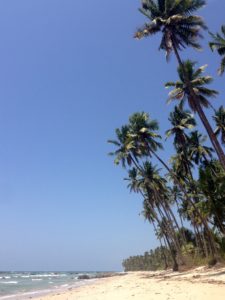 To the North we found our favourite spot and enjoyed a great day of exploring the area. We cycled past the little airport next to the coast road where planes come in to land and take off directly overhead – we stopped a while to gongoozle before heading on. A little further we took a left down a dirt road before picking our way along a vague track headed to the beach. Hard to ride on the soft sand we dismounted and pushed our bikes along the most perfect, deserted spot imaginable. The beach stretched for miles ahead so we took the opportunity of refreshments at a posh resort for an overpriced but much appreciated drink before a quick dip and some body surfing in the lively sea. We dried in an instant whilst pushing our bikes onwards where our tenacity to continue was rewarded with the most unbelievably picturesque and secluded beach cafe we’ve ever come across. We were accompanied by one other couple who also enthused about the beauty and tranquility of the spot – we all promised to keep its whereabouts under our hats! We ate, we swam, I sketched, Steve read, we played cards. This utopian spot was nothing short of paradise. We could have stayed for so much longer, but with a longish ride to our guesthouse ahead of us and the day slipping away we headed back. It had been a stunning day in Myanmar.
To the North we found our favourite spot and enjoyed a great day of exploring the area. We cycled past the little airport next to the coast road where planes come in to land and take off directly overhead – we stopped a while to gongoozle before heading on. A little further we took a left down a dirt road before picking our way along a vague track headed to the beach. Hard to ride on the soft sand we dismounted and pushed our bikes along the most perfect, deserted spot imaginable. The beach stretched for miles ahead so we took the opportunity of refreshments at a posh resort for an overpriced but much appreciated drink before a quick dip and some body surfing in the lively sea. We dried in an instant whilst pushing our bikes onwards where our tenacity to continue was rewarded with the most unbelievably picturesque and secluded beach cafe we’ve ever come across. We were accompanied by one other couple who also enthused about the beauty and tranquility of the spot – we all promised to keep its whereabouts under our hats! We ate, we swam, I sketched, Steve read, we played cards. This utopian spot was nothing short of paradise. We could have stayed for so much longer, but with a longish ride to our guesthouse ahead of us and the day slipping away we headed back. It had been a stunning day in Myanmar.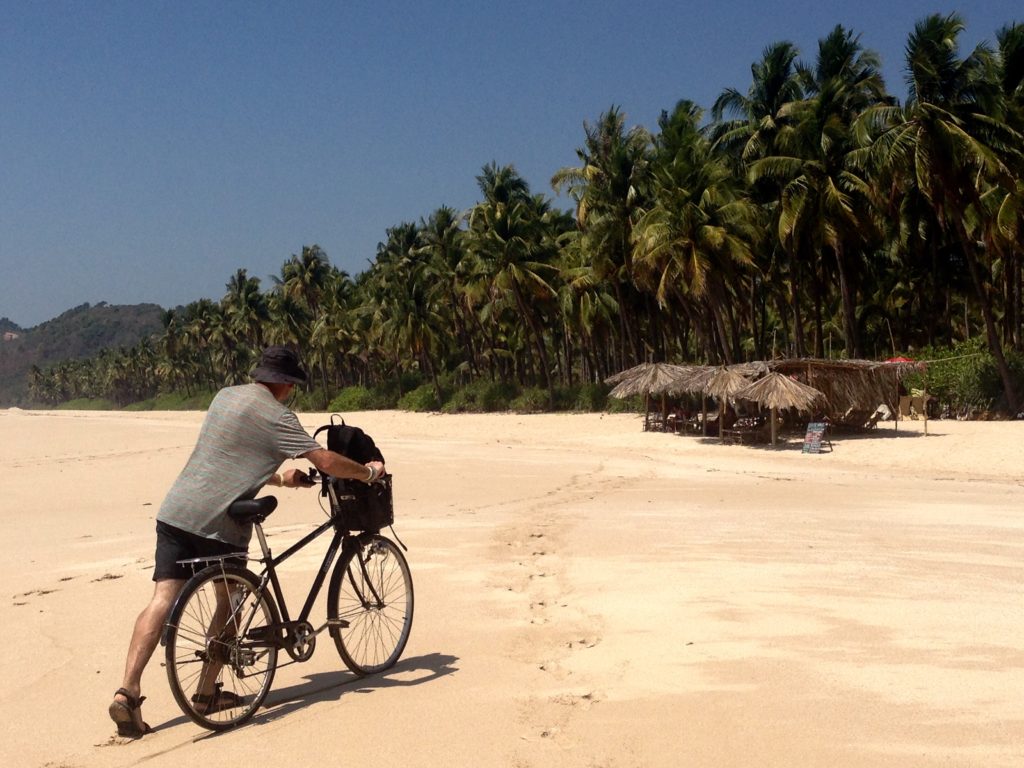

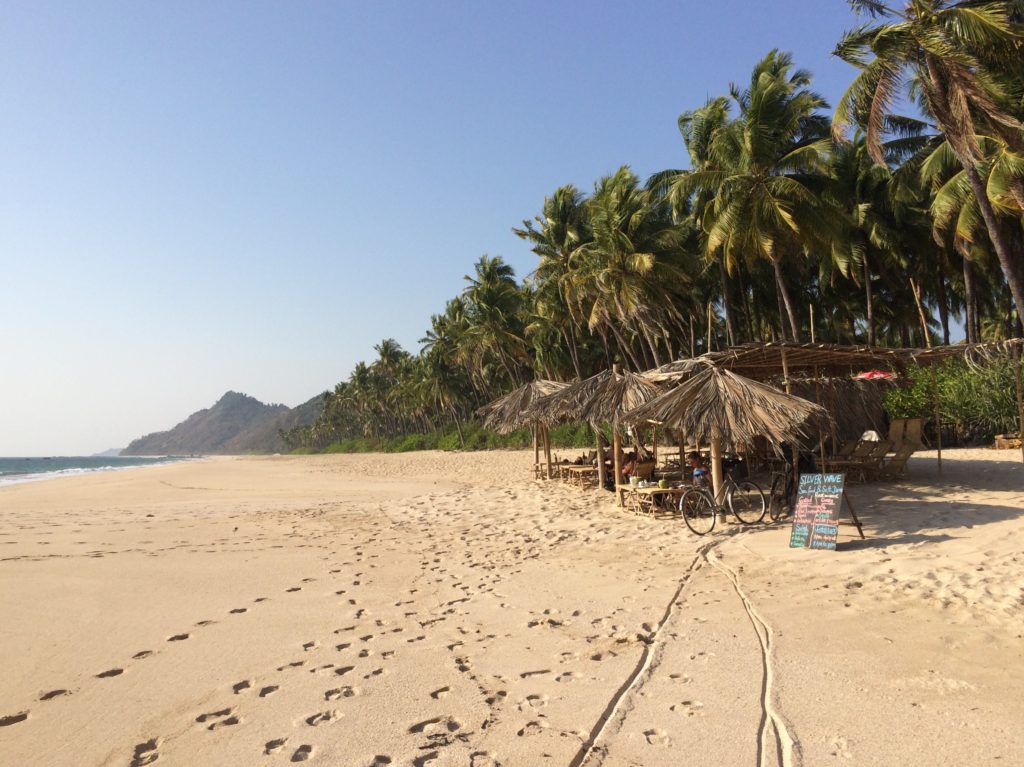
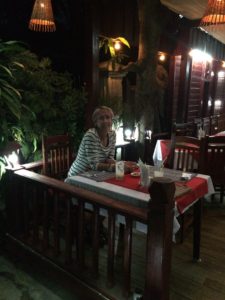 Our intended 2 or 3 days in Ngapali beach had grown into 7 days of pure joy, it had been everything we’d hoped for and so much more besides.
Our intended 2 or 3 days in Ngapali beach had grown into 7 days of pure joy, it had been everything we’d hoped for and so much more besides.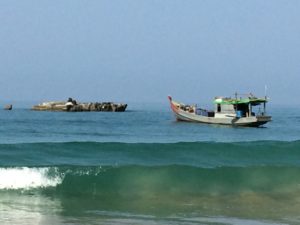



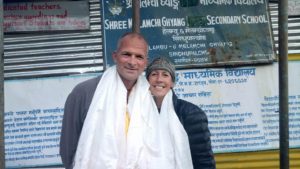
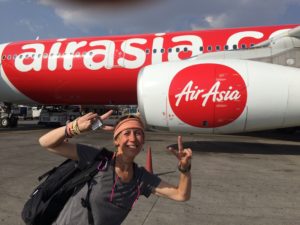
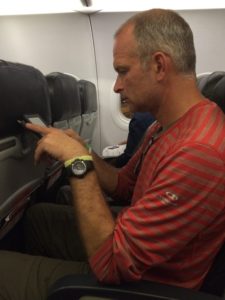
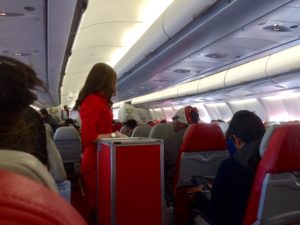
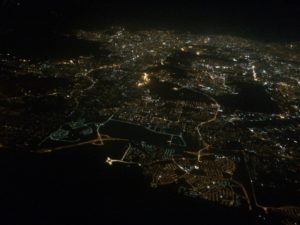
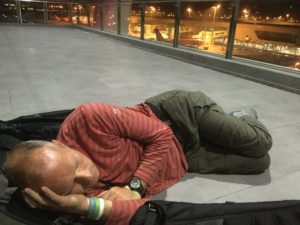
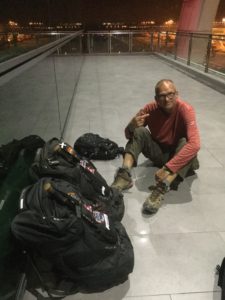
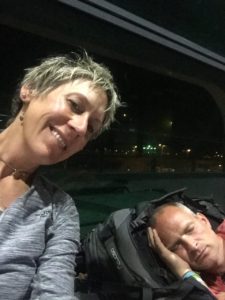
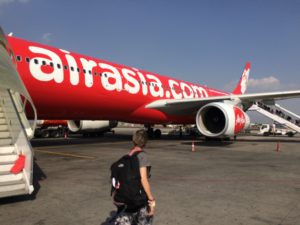
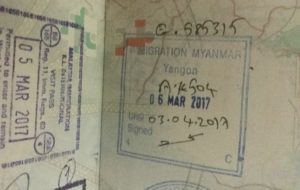
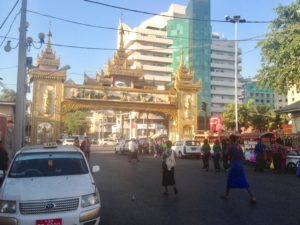




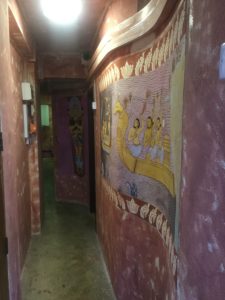
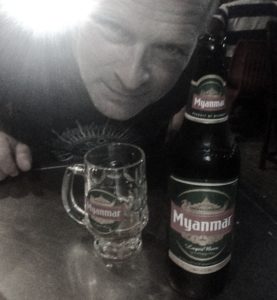
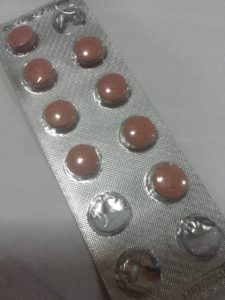 Following a great nights sleep in a very comfy bed, we enjoyed our simple breakfast of eggs and coffee before downing our (Malarone) malaria pills which, after much consideration, we’d decided to take. Heading to a high risk Malarial area next we thought better safe than sorry – if we suffered adverse reactions from the medication we’d resort to plan B, which was not to take them! We met Aung Aung our friendly taxi driver at the agreed time for a whistle stop tour of Yangon.
Following a great nights sleep in a very comfy bed, we enjoyed our simple breakfast of eggs and coffee before downing our (Malarone) malaria pills which, after much consideration, we’d decided to take. Heading to a high risk Malarial area next we thought better safe than sorry – if we suffered adverse reactions from the medication we’d resort to plan B, which was not to take them! We met Aung Aung our friendly taxi driver at the agreed time for a whistle stop tour of Yangon.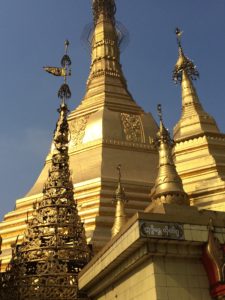
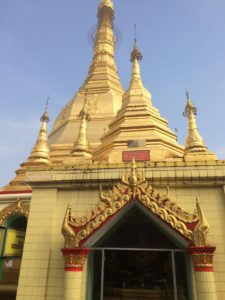
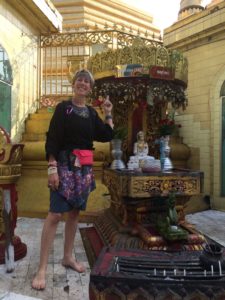
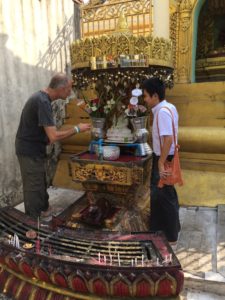

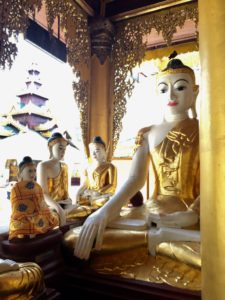
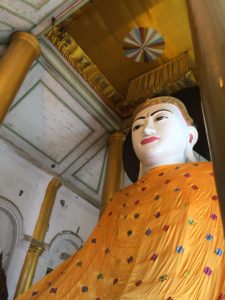
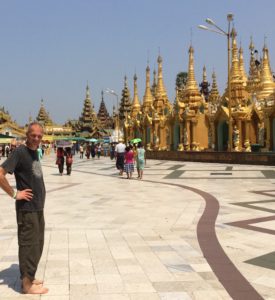
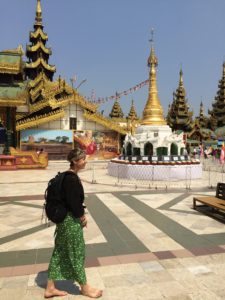
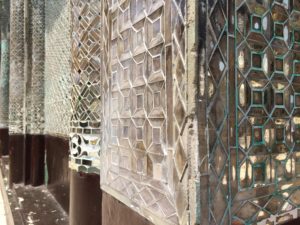
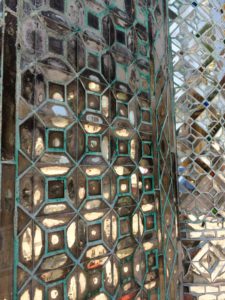
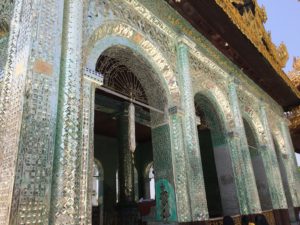
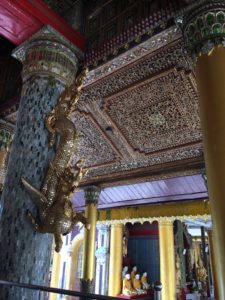
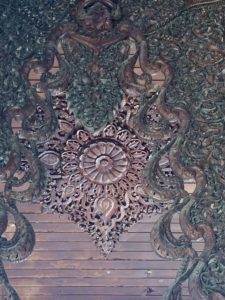
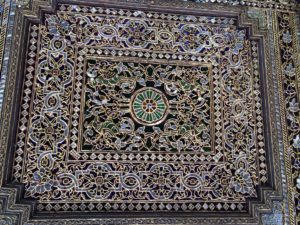
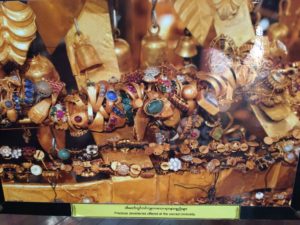


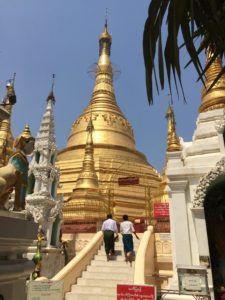
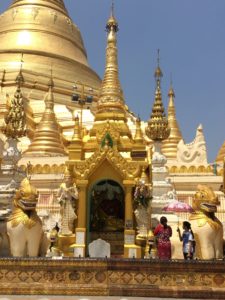
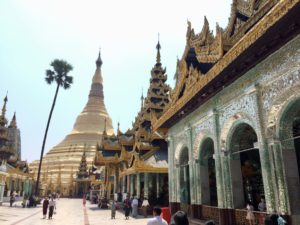

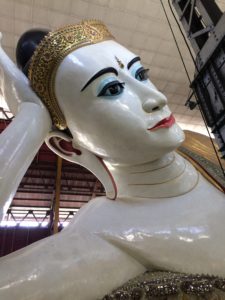
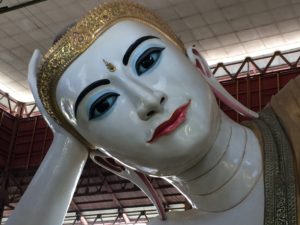
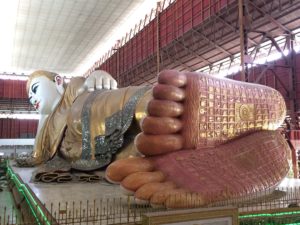
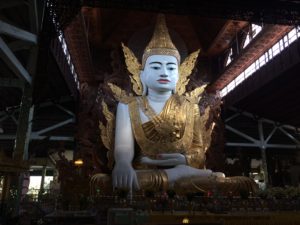
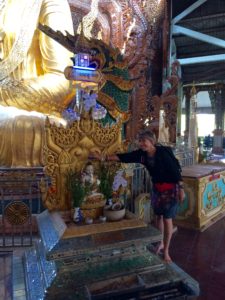
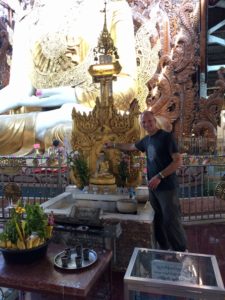
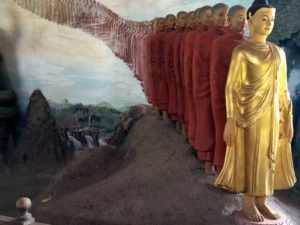
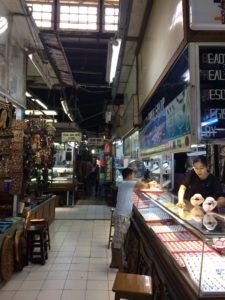
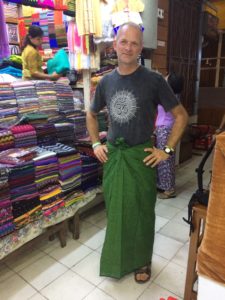

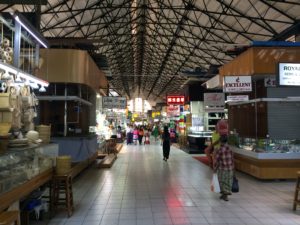
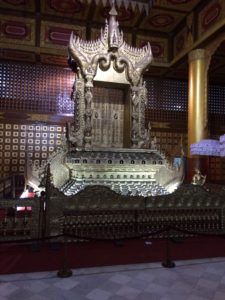

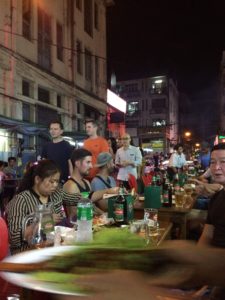
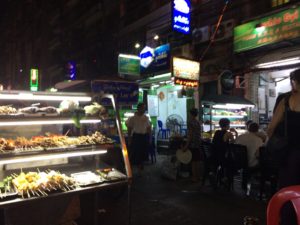
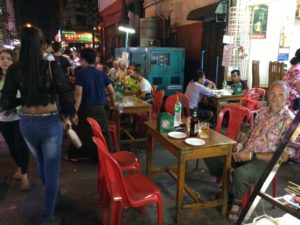



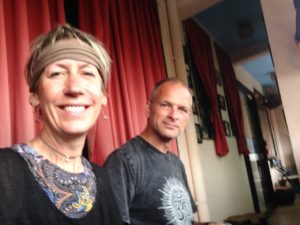

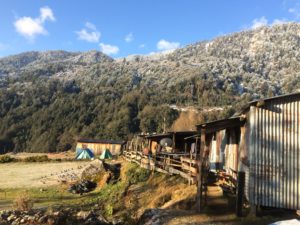
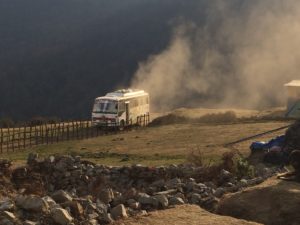




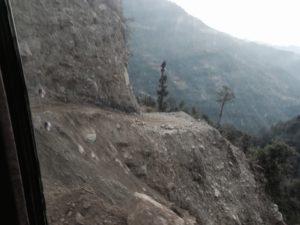
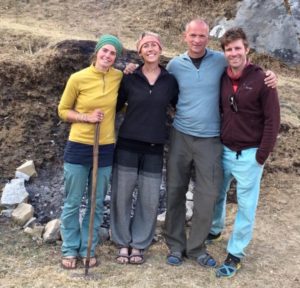
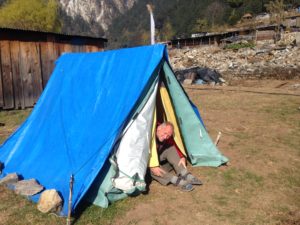
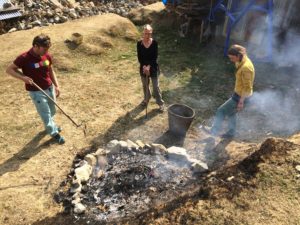

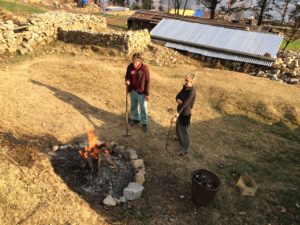
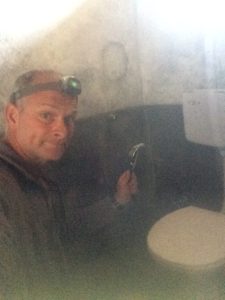
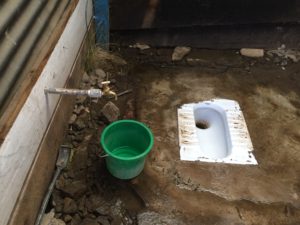

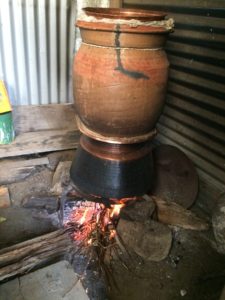
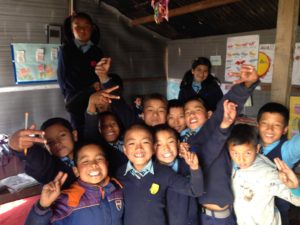
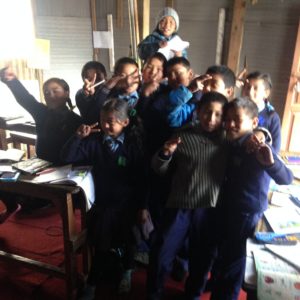
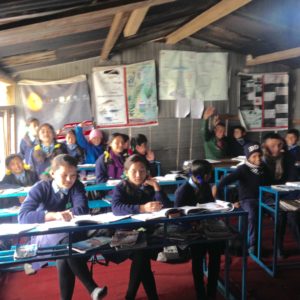
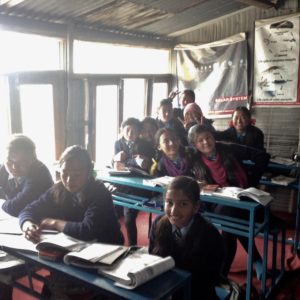
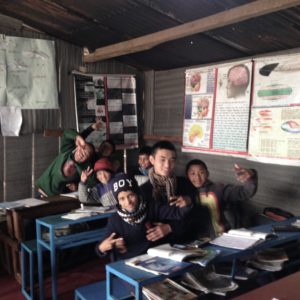
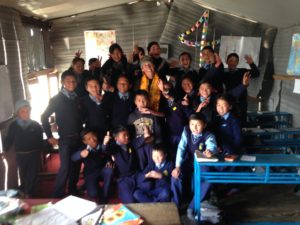
 I spent a wonderful afternoon sat in the sunshine with classes 1 to 5 using art materials generously donated by
I spent a wonderful afternoon sat in the sunshine with classes 1 to 5 using art materials generously donated by 

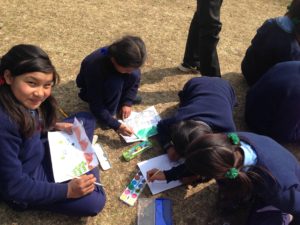
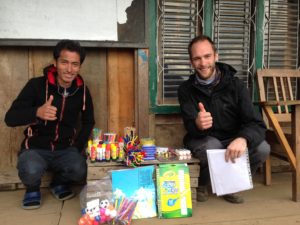

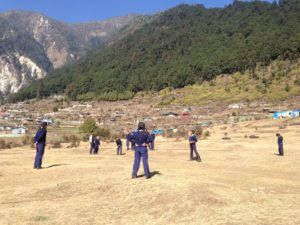


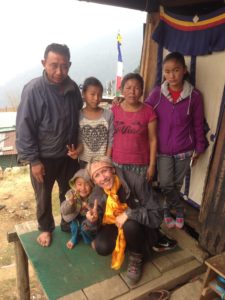


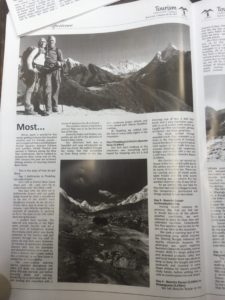
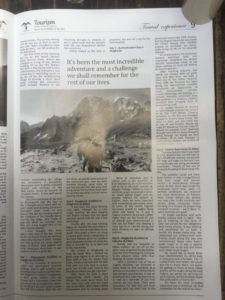
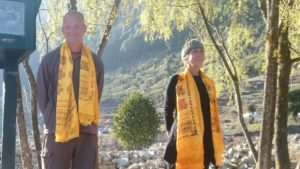

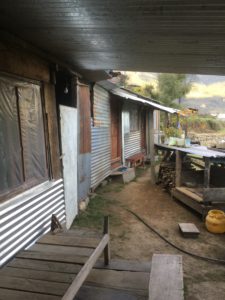
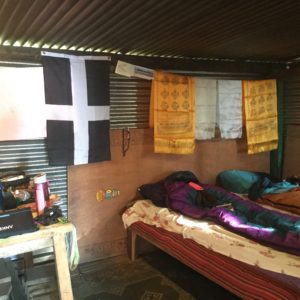
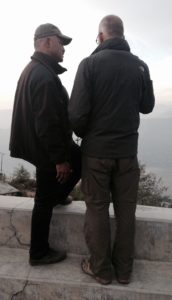
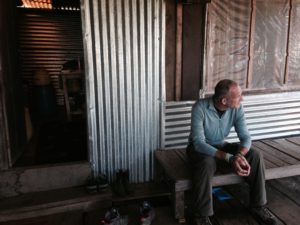

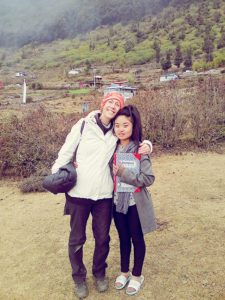
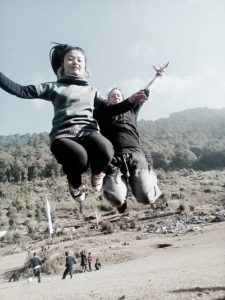
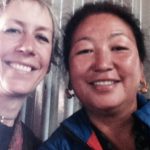
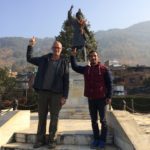
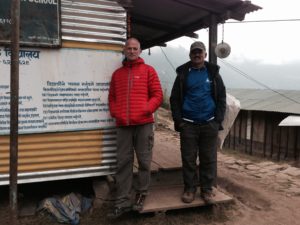
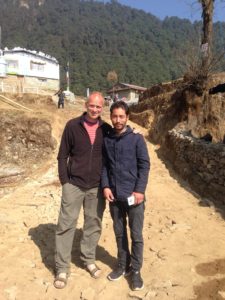
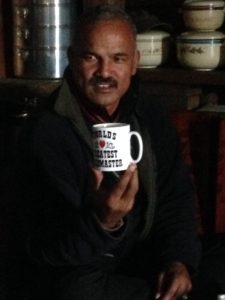
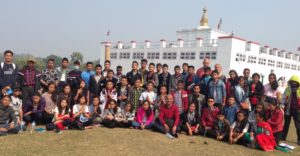
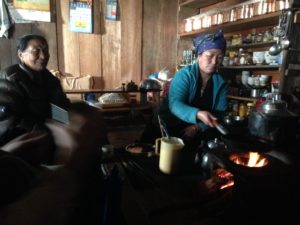
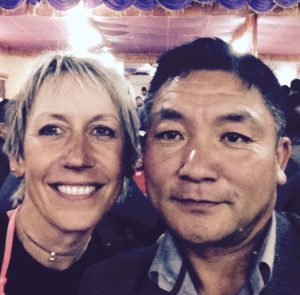
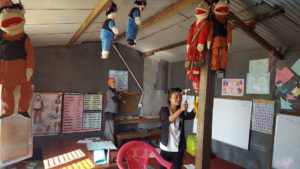
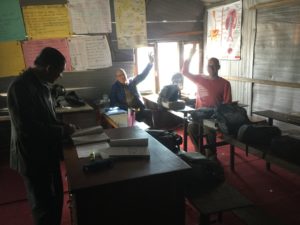
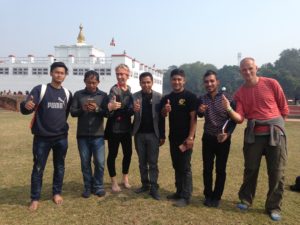
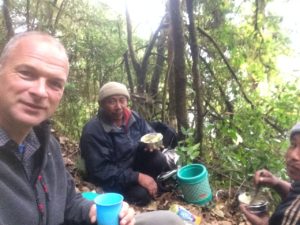
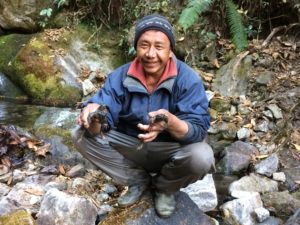
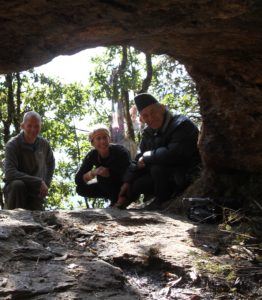



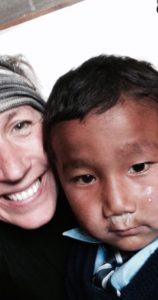
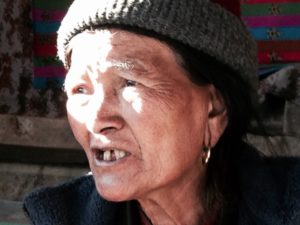
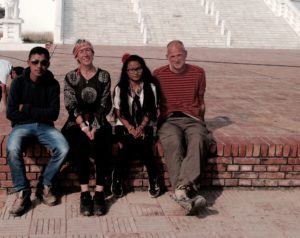
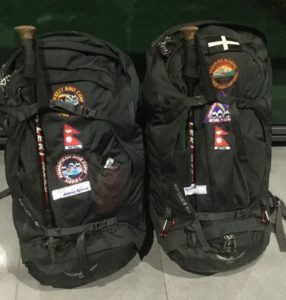
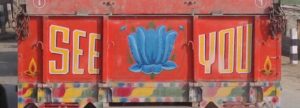


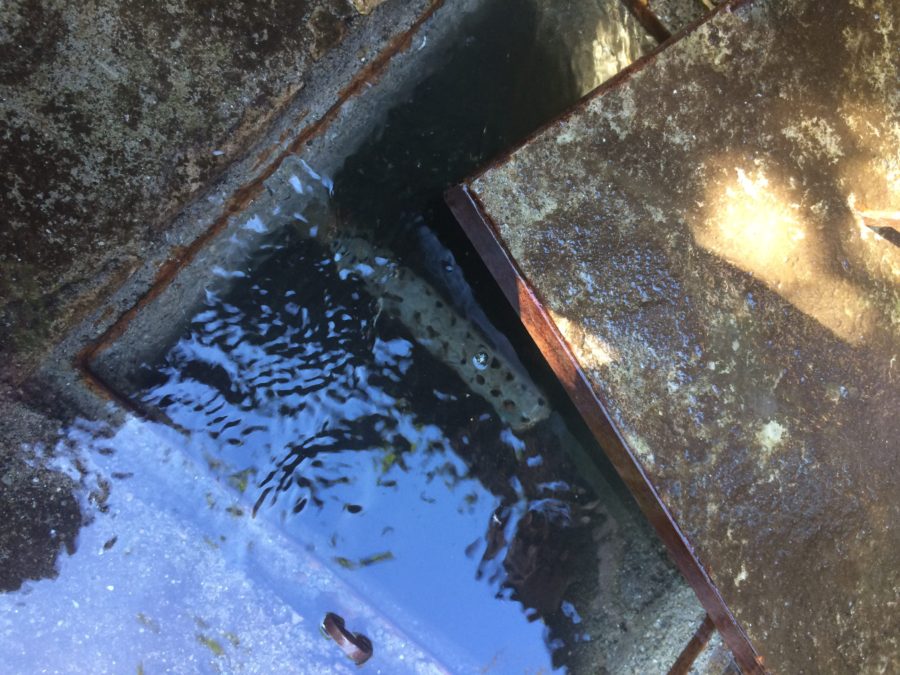

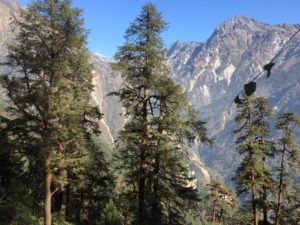
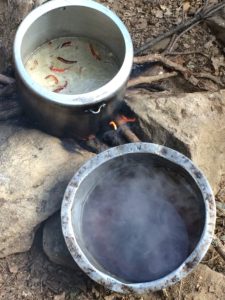

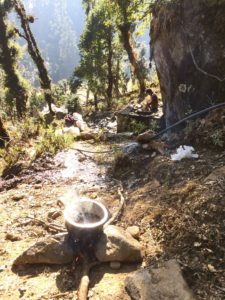
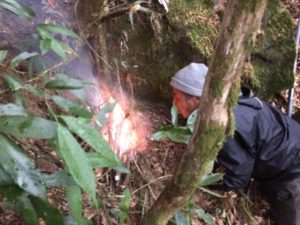
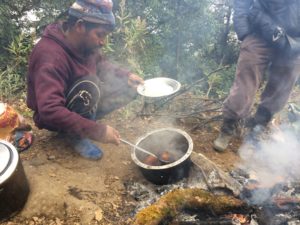

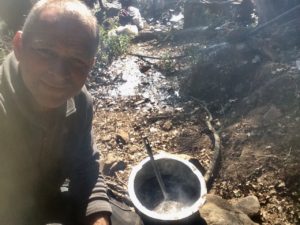
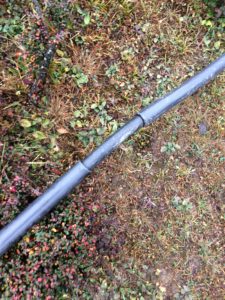
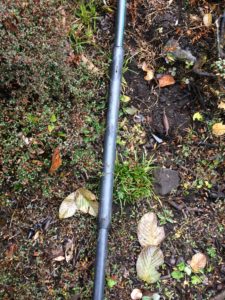
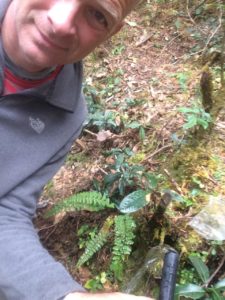
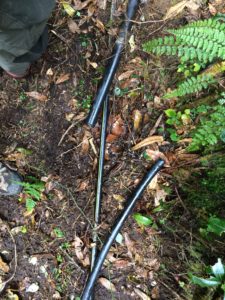
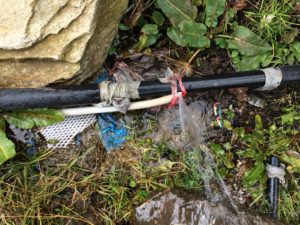


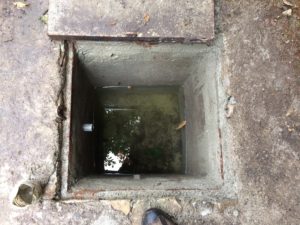
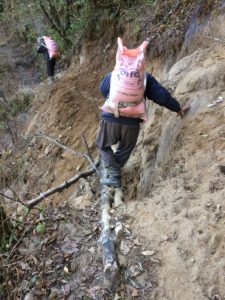


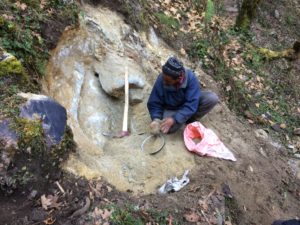
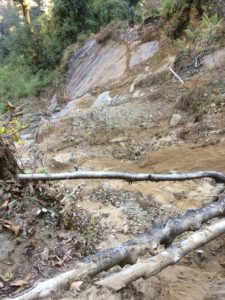
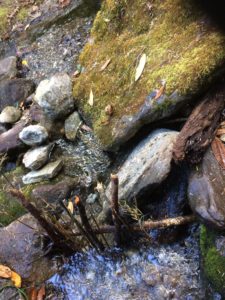
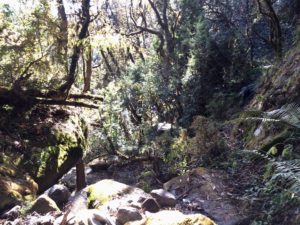
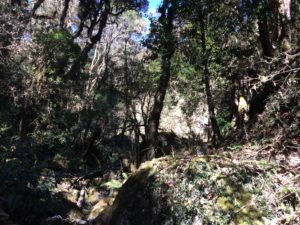
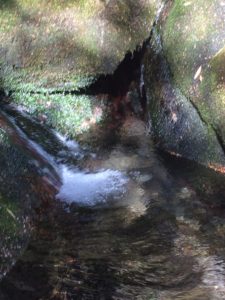

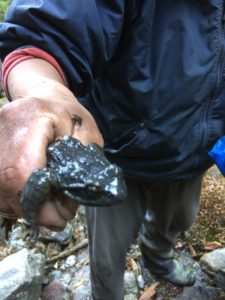
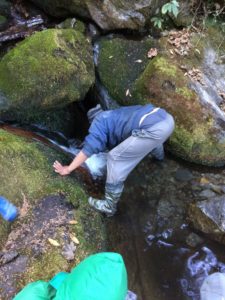
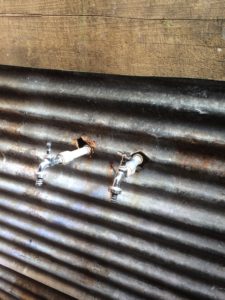


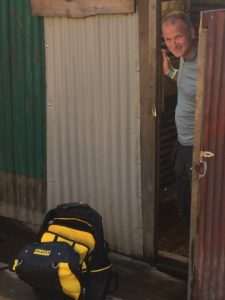
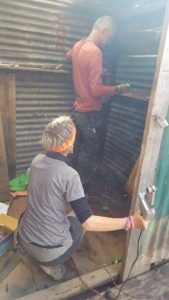
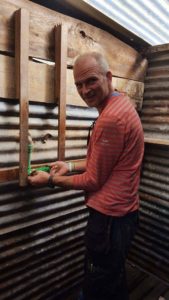

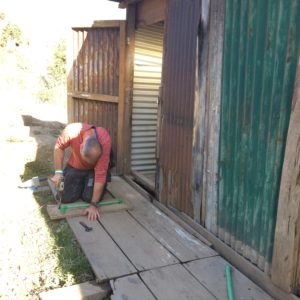


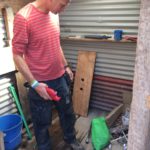
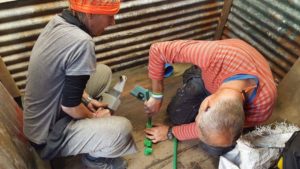
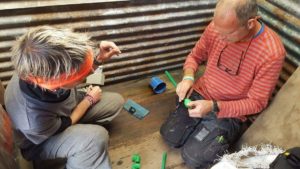


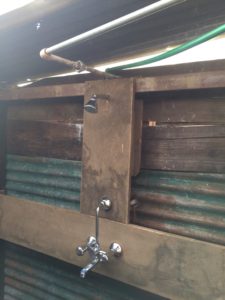
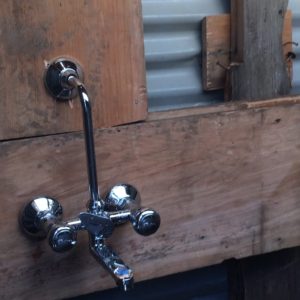

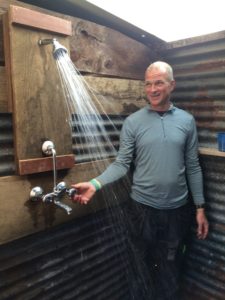

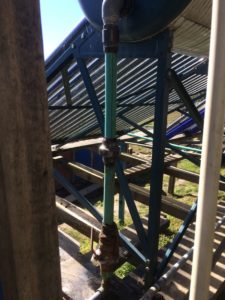 There were a number of leaks in the water supply to and from the solar hot water collectors, these were fixed and the pipes insulated which was quite a task. The only insulation available were giant rolls of 5mm thick foam which had to be cut, rolled around the pipes, tied in place, covered with clear polythene (also cut from a roll) and finally tied again with string to secure it. What would have taken a couple of hours at home took me a week to do here.
There were a number of leaks in the water supply to and from the solar hot water collectors, these were fixed and the pipes insulated which was quite a task. The only insulation available were giant rolls of 5mm thick foam which had to be cut, rolled around the pipes, tied in place, covered with clear polythene (also cut from a roll) and finally tied again with string to secure it. What would have taken a couple of hours at home took me a week to do here.


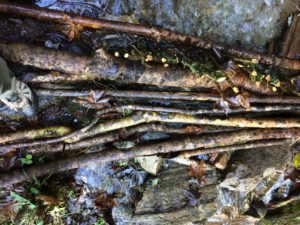


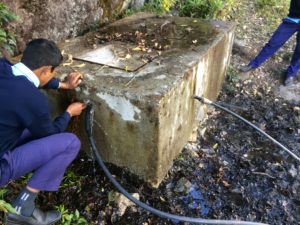


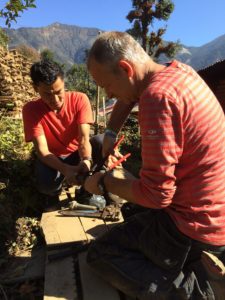

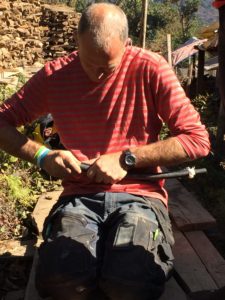

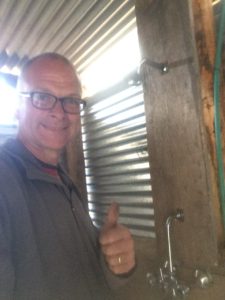
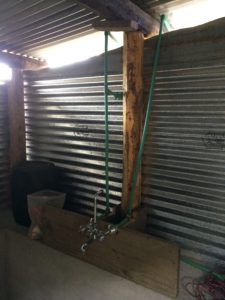

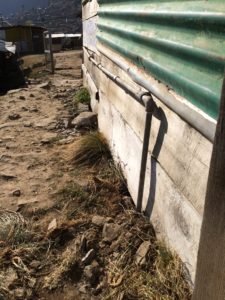
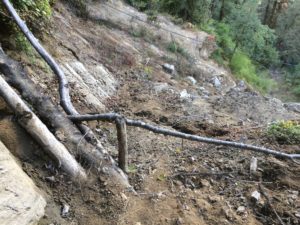
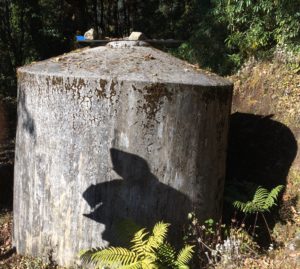
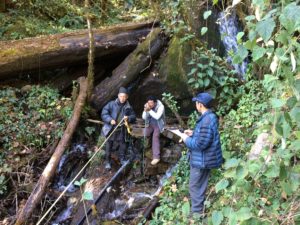
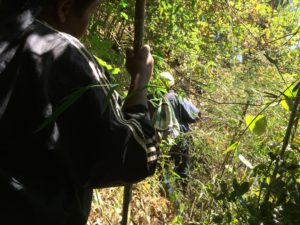


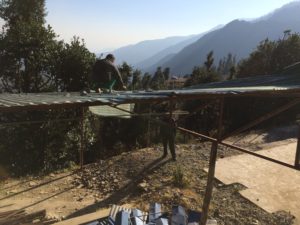
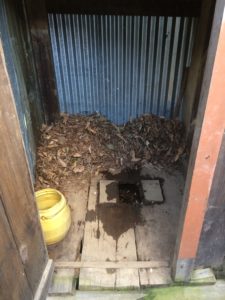

 Until recently the road ended just after entering the village. The 2 charities funding the rebuilding of the school,
Until recently the road ended just after entering the village. The 2 charities funding the rebuilding of the school, 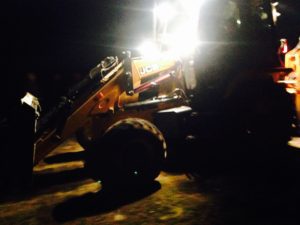

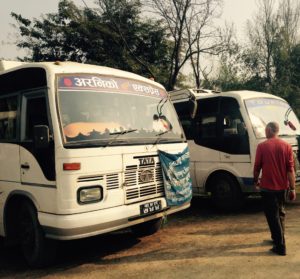
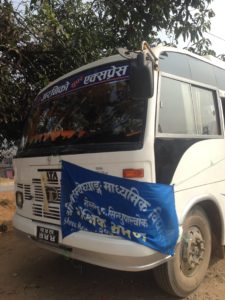 The day didn’t begin well – our coach wouldn’t start! Things weren’t looking good but 40 minutes of tinkering and head scratching later and thankfully our comatosed bus spluttered into throaty life – we were ready for the off. Steve was thrilled, the youngsters were vocal and I was wondering why I hadn’t gone to the loo when I’d had the chance.
The day didn’t begin well – our coach wouldn’t start! Things weren’t looking good but 40 minutes of tinkering and head scratching later and thankfully our comatosed bus spluttered into throaty life – we were ready for the off. Steve was thrilled, the youngsters were vocal and I was wondering why I hadn’t gone to the loo when I’d had the chance.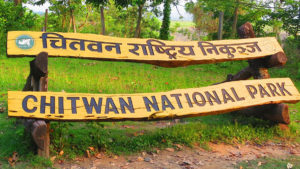
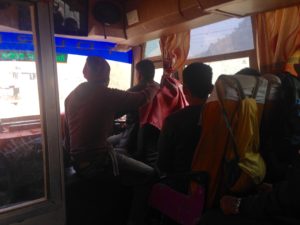


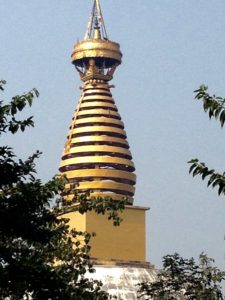
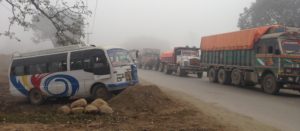
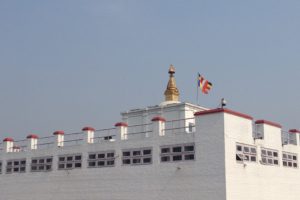
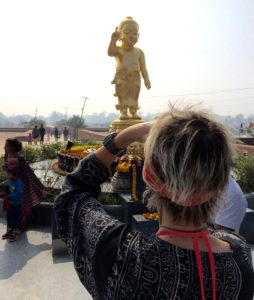

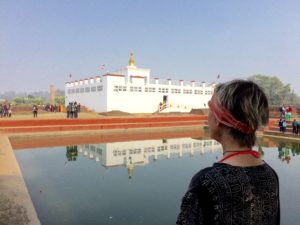


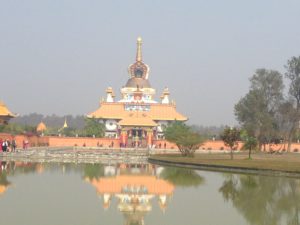
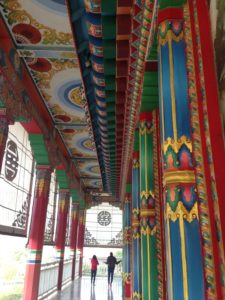
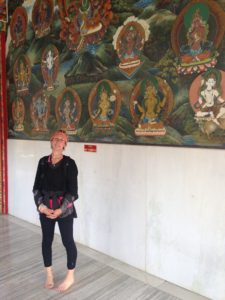
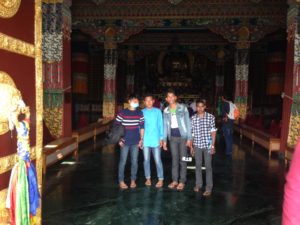
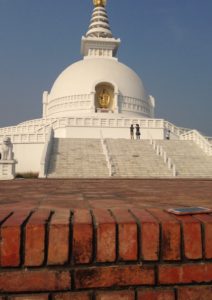 Exploring done, dahl bhat lunch eaten and souvenirs bought, we headed back to our buses. A short ride later found us at the Lumbini
Exploring done, dahl bhat lunch eaten and souvenirs bought, we headed back to our buses. A short ride later found us at the Lumbini 
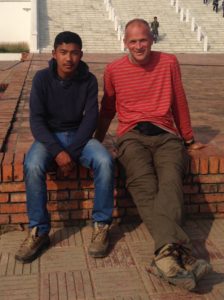

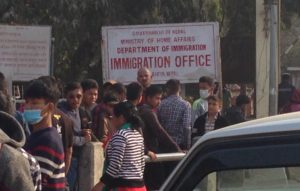

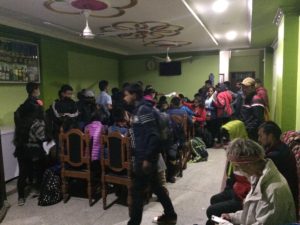
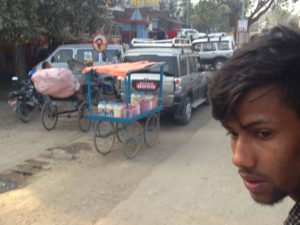
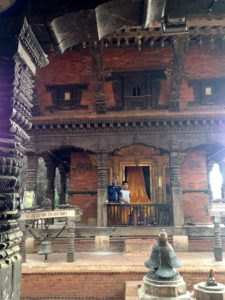

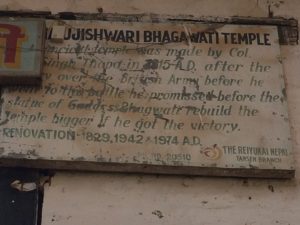
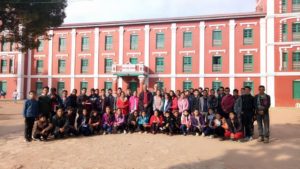
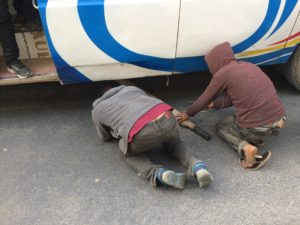 The mountainous road we’d driven along that day to reach Pokhara had been both scenic and hairy, but thankfully we and our previously poorly bus made the journey in one piece – almost! A few metres from our destination
The mountainous road we’d driven along that day to reach Pokhara had been both scenic and hairy, but thankfully we and our previously poorly bus made the journey in one piece – almost! A few metres from our destination 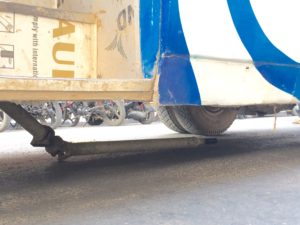 there was a distinct clunk before we ground to a halt. The driver looked concerned, our whistling boy looked confused and the gathering crowds looked amused. Unable to contain our curiosity we got off the bus to see what was happening. Bad news, the drive shaft had broken – we were going nowhere . Luckily for us our next destination of
there was a distinct clunk before we ground to a halt. The driver looked concerned, our whistling boy looked confused and the gathering crowds looked amused. Unable to contain our curiosity we got off the bus to see what was happening. Bad news, the drive shaft had broken – we were going nowhere . Luckily for us our next destination of 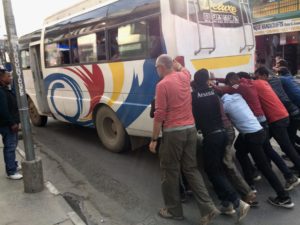
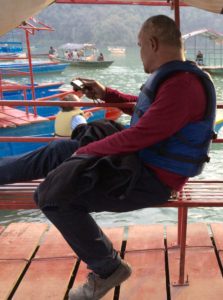

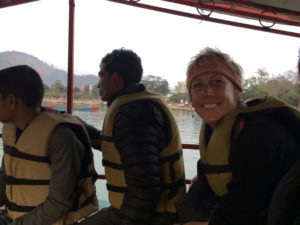
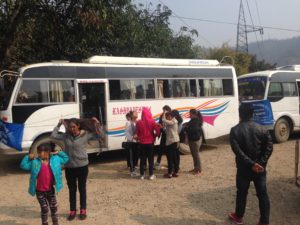
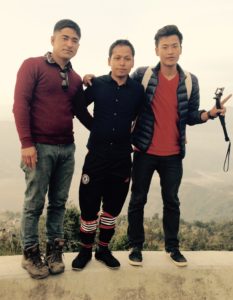 Our alarm went off at 4:30 for a 5am start to see the sunrise at
Our alarm went off at 4:30 for a 5am start to see the sunrise at 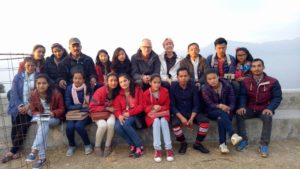

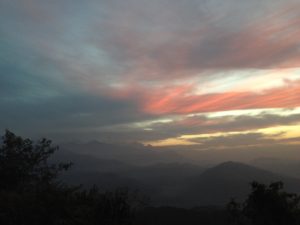
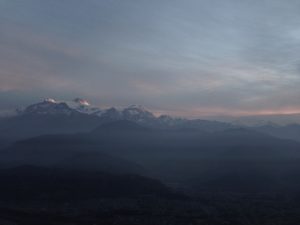
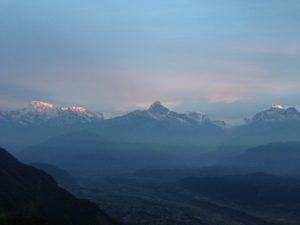
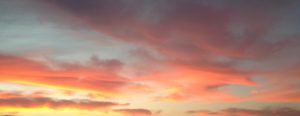


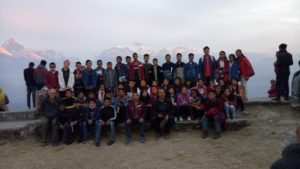
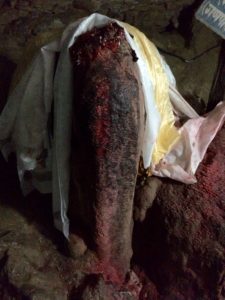
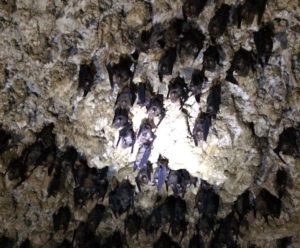

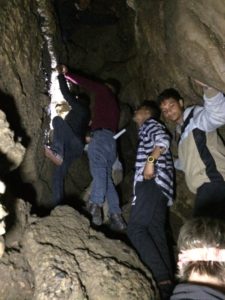
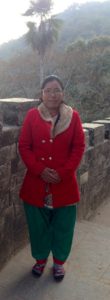 queue had formed in the cave and some of us found ourselves waiting in the confined space for the best part of an hour. I for one was relieved when I finally wriggled out – Steve of course loved it. I was so impressed with how calm the youngsters remained and even more so with the school matron who managed it in her beautiful local dress – hats of to them all.
queue had formed in the cave and some of us found ourselves waiting in the confined space for the best part of an hour. I for one was relieved when I finally wriggled out – Steve of course loved it. I was so impressed with how calm the youngsters remained and even more so with the school matron who managed it in her beautiful local dress – hats of to them all.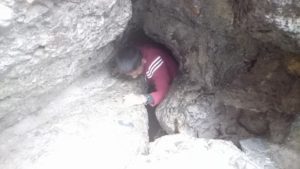
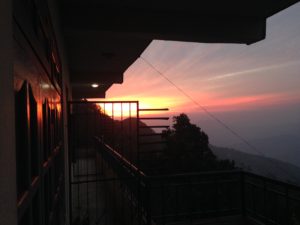
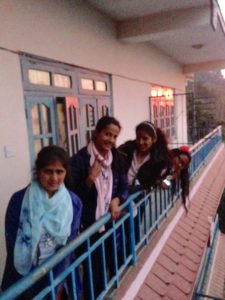
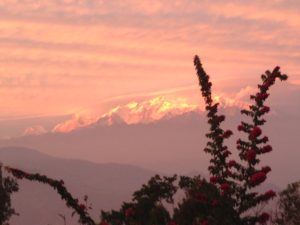
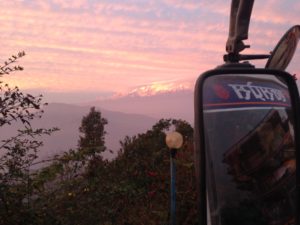

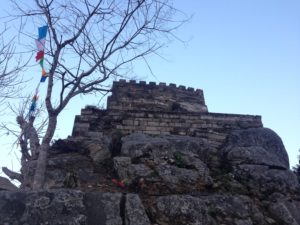


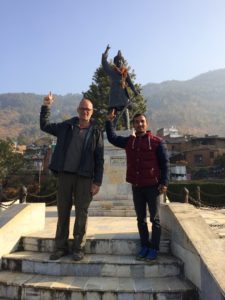
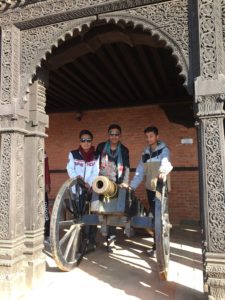
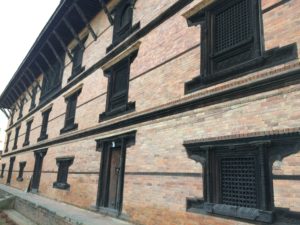

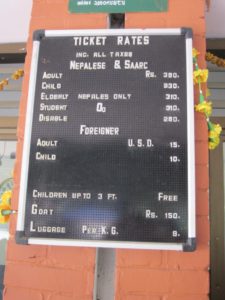 Cheap for goats and chickens, but expensive for foreigners Steve and I decided to sit this one out enjoying a reasonably priced coffee at the cafe instead. With great excitement the youngsters joined the queue – among said goats and chickens – and boarded the gondolas for their cable car ride to the top. A while later they arrived back down, buzzing with joy at their adventure.
Cheap for goats and chickens, but expensive for foreigners Steve and I decided to sit this one out enjoying a reasonably priced coffee at the cafe instead. With great excitement the youngsters joined the queue – among said goats and chickens – and boarded the gondolas for their cable car ride to the top. A while later they arrived back down, buzzing with joy at their adventure.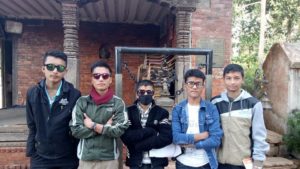










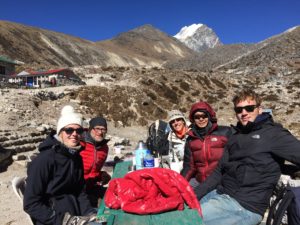




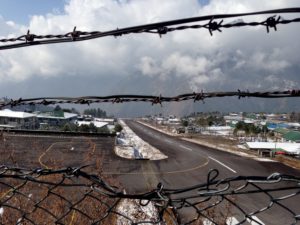 The plane readied for takeoff and we braced ourselves for what was to come as we gathered pace down the short, steeply sloping runway heading straight for the 2000ft drop! Our fears of plummeting off the end were soon forgotten as we smoothly ascended into the air.
The plane readied for takeoff and we braced ourselves for what was to come as we gathered pace down the short, steeply sloping runway heading straight for the 2000ft drop! Our fears of plummeting off the end were soon forgotten as we smoothly ascended into the air.